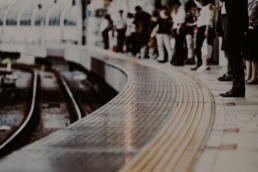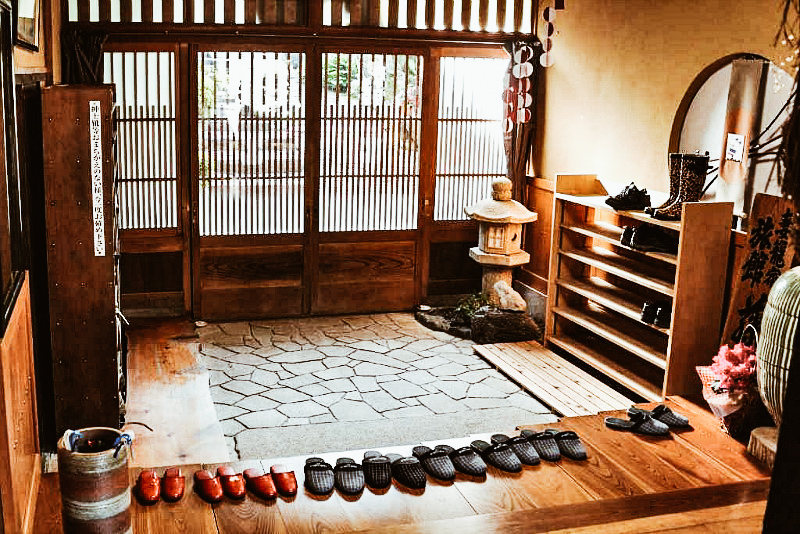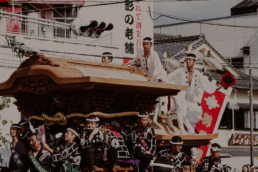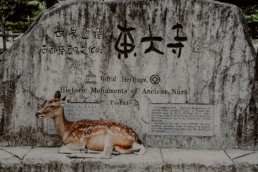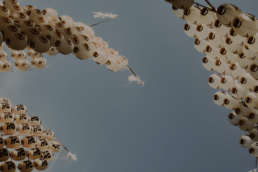Etiquette in Japan, what to do and not to do in the land of the Rising Sun
I am deeply influenced by my love for Japan, but I am convinced that in all the countries of the world there should be rules of conduct followed by the entire population as inherent in their mind.
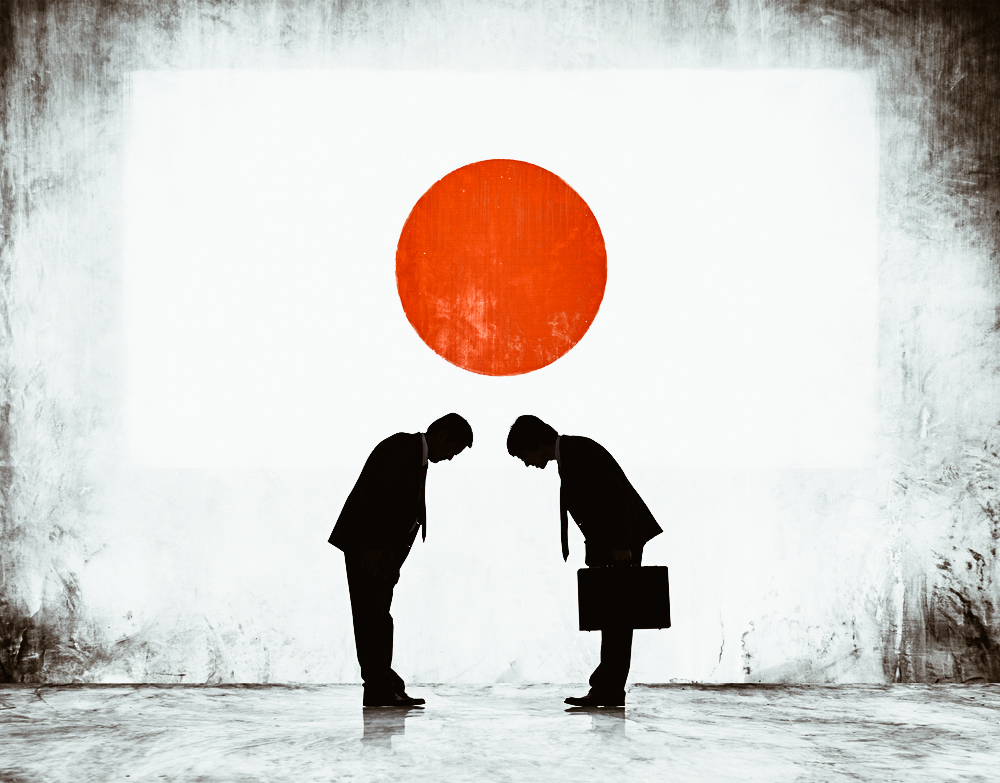
photo credits: yabai.com
The Rising Sun manages to maintain impeccable behavior within its borders. In fact, the etiquette to which it abides is the same that every tourist must (or at least should) respect. For this reason it is essential to know what is possible or should be done and not done in Japan.
Here is our guide for you:
Recycle and don't be messy!
When you walk down the street in Japan you will not find garbage bins and despite this, there will be no shadow of garbage around town. Recycling for the Japanese is very important. Separate collection is an obligation and there are special bins to which people go and throw garbage.
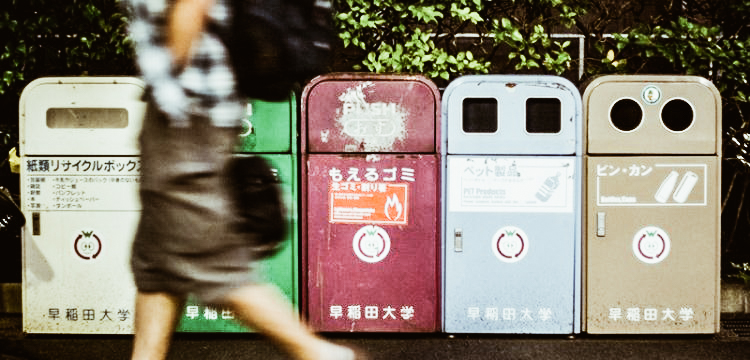
photo credits: green.it
Don't gamble!
Gambling in Japan is illegal! There is only one way for fans who cannot resist betting: Pachinko.
Pachinko is practiced in special rooms where players must buy steel balls to play. They must be inserted in a sort of flipper, or in the "pachislot" which works similarly to the slot machines. If you win, you get more balls. By law the spheres cannot be exchanged for cash within the rooms in which they are distributed. They are simply changed with chips or with symbolic prizes that can then be converted into cash outside the venue itself at specific desks.
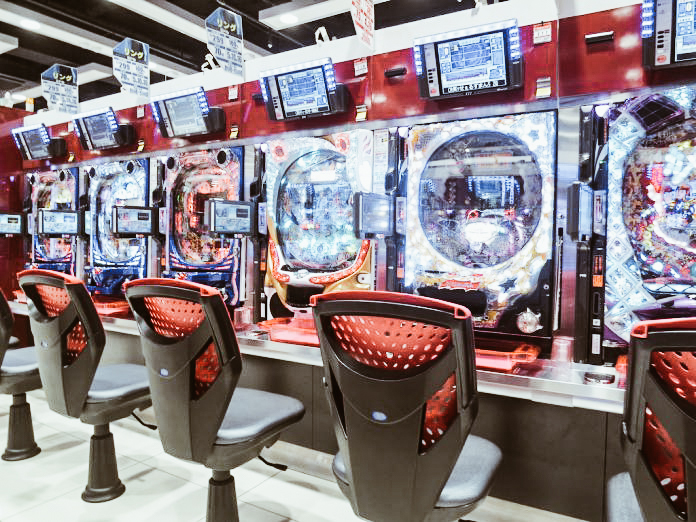
photo credits: agbnippon.com
Take off your shoes, put on your shoes
Not only at home, but also in many restaurants and historic buildings may be required to remove shoes. So make sure you wear clean, hole-free socks! If it is midsummer and you have no socks, it is always good to have a pair with you because it is not polite to enter the house barefooted. The landlord usually supplies his guests with slippers, but these too must be removed before walking on the tatami!
photo credits: villapola.com
Visit temples and shrines
Calm and respect are a must. Keep to the traditions: on the outside of the temple, throw a coin in the offer box and say a short prayer. If there is the possibility of burning an incense (osenko) do it turning off the stick by waving your hand and not blowing on it. If you go inside the temple, take off your shoes and leave them on the shelves or take them with you in the little bags available and I recommend you remove the hats! Do not be distracted by letting yourself be taken by the tourist's enthusiasm, pay attention to what is allowed, photography is not always permitted.
When you go to a sanctuary instead, it is important to go to the purification fountain at the entrance, take one of the provided ladles, fill it with water and rinse your hands. Next, pour a little water into your hand and rinse your mouth by spitting out the water next to the fountain.
While entering, leave a coin in the offer box by bowing deeply twice, clap your hands as many times, bow again and pray by ringing the bell or gong (this will attract the god's attention).
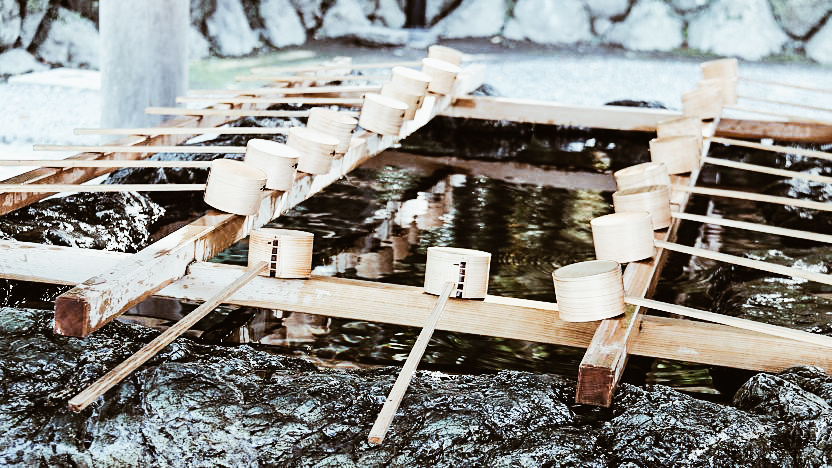
photo credits: japan-guide.com
Dine outside the home
After the waiters have greeted you and made you sit down, you will be offered water or tea for free and the oshibori (wet towel) to clean your hands before eating. After that you can choose the dishes you want from the menu, often illustrated to help tourists who are not familiar with the Japanese language.
It is not customary to pay at the table. The meal bill is presented facing down and you will pay by going to the cashier when you are about to leave the restaurant. As you come out it is courtesy to say 「御馳走様(でした)!」which reads: "Gochisou sama (deshita)" and means “thank you for the delicious meal".

photo credits: jellyfishhr.com
Table manners!
As usual and one of the first rules of bon ton, after ordering, it is polite to wait until all the guests have received their course. Then, we start the meal by saying いただきます (itadakimasu) that is "I take with great respect", which well away from our "enjoy your meal". If you find yourself in a situation where everyone has not been served at the table yet, but the dish we have is consumed immediately, then we will hear dire さきにどうぞ (osaki ni dōzo, please go ahead) or we can say おさきにすみまん (osaki ni sumimasen, forgive me if I go ahead).
Never feed food on the plate, in Japan it is considered rude and wasteful.
Another very important thing is the way of using chopsticks. You should never place the chopsticks in your rice bowl vertically, it is a mode that is used exclusively at funerals! It is good to always place the chopsticks on their special support when you have to put them down and I recommend you do not pass the food from your chopsticks to the chopsticks of another diner, this is also a custom of the funerals in which the bones of the cremated body are passed on in this way.
In case you need to take food from a common plate, use the opposite ends of your chopsticks. In the picture below, you can see everything not to do with chopsticks.
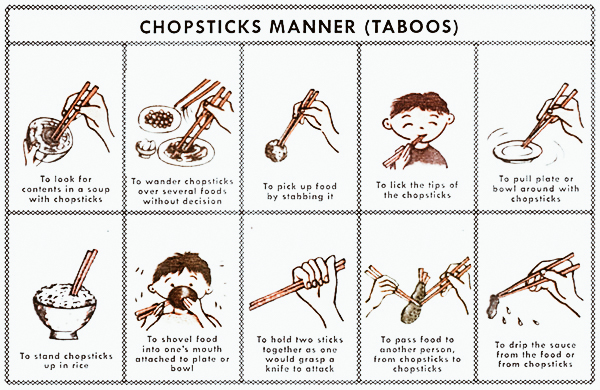
photo credits: yourmagictour.wordpress.com
Toilets
In Japan you can also find Western-style services, especially in the most recent and modern public bathrooms. They mostly have a heated seat, hand shower (equivalent to our bidet) and dryer. Each toilet usually has two discharge modes: "small" (小) and "large" (大), which differ in the amount of water used. However, toilet paper or towels are not always provided in the bathrooms, so it is always a good idea to bring kleenex and a small towel (the famous "tenugui", small towels that you always see with the Japanese and that have various uses, such as drying sweat in summer!).
In private bathrooms there are always toilet slippers to be used exclusively in the bathroom. You will then have to leave your normal slippers outside the bathroom door and wear those available.
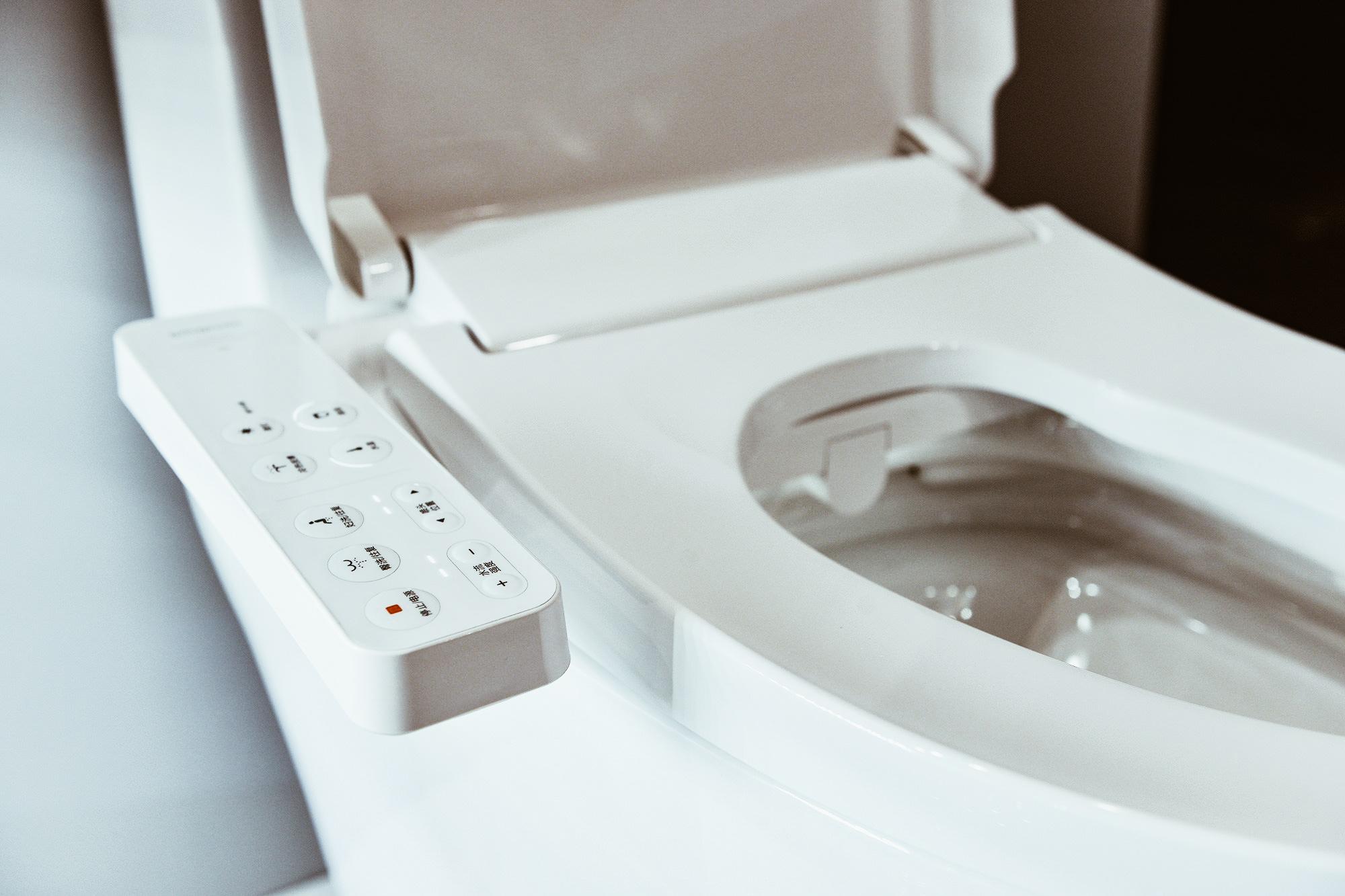
photo credits: leganerd.com
Respect on public transport
On the train, metro, bus or any other public transport, it is not polite to speak loudly and it is good to keep the phones in silent mode so as not to disturb anyone.
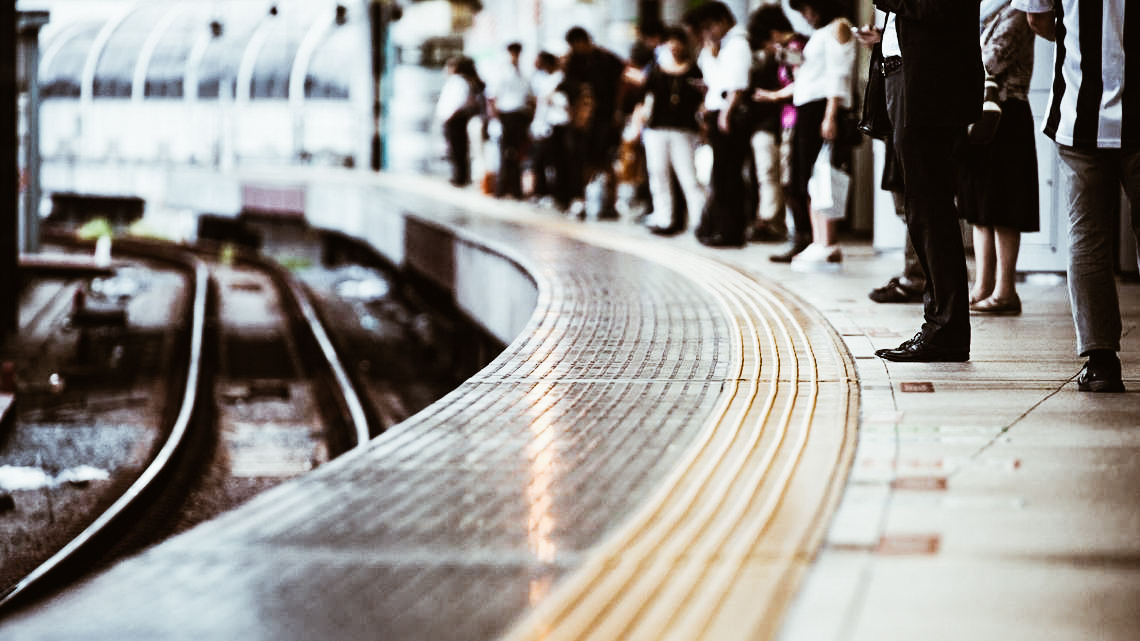
photo credits: getaroundjapan.jp
Blowing your nose? Oh no !!
Blowing one's nose in public is one of the greatest lack of respect and a gesture of true rudeness because it means spreading germs! For this reason, in case of a cold (and not just that), the Japanese always wear a mask.
A curiosity: the masks do not serve only to avoid epidemics and for one's own health, but also to hide imperfections! It's a good trick, don’t you think so?
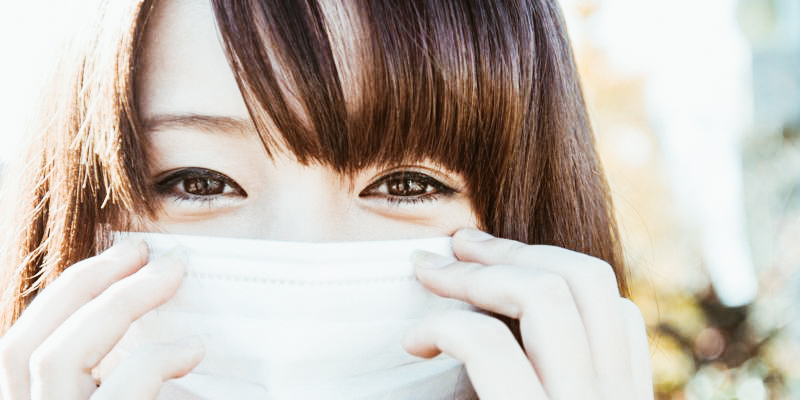
photo credits: gogonihon.com
No smoking
It is strictly forbidden to smoke in the street, walking and anywhere there are no smoking areas. In this way, those who do not smoke or do not tolerate smoking will not be bothered. There is a special police that constantly checks that the law is respected and fines otherwise. Strangely, however, in closed places smoking is allowed and there are not always separate smoking and non-smoking areas, unfortunately!
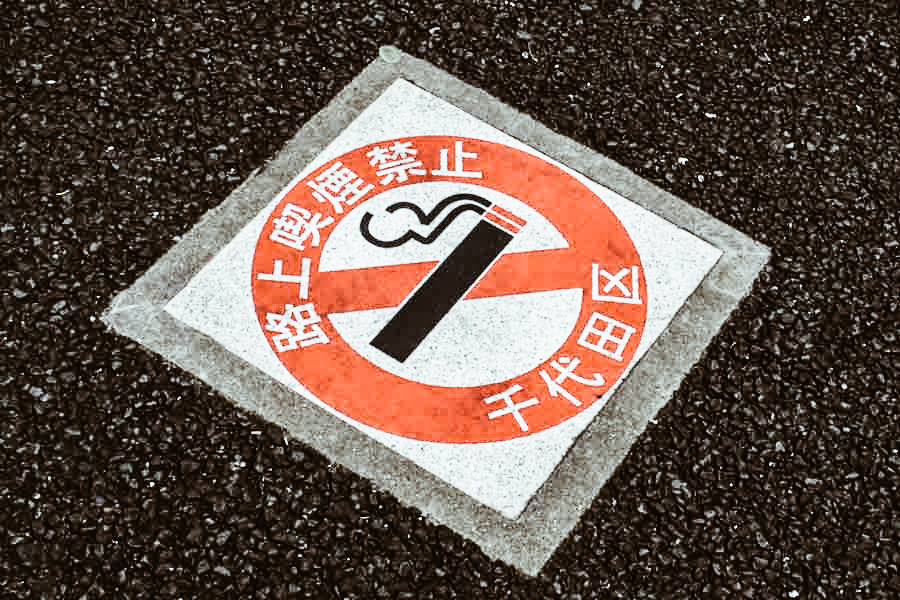
photo credits: tobaccoreporter.com
To bow
There are various types of bow and each with its own meaning. If we are to greet in informal situations we bow slightly, while in the formal ones it’s required a deeper bow, especially if the person in front of us is of a higher rank. If, on the other hand, we want to thank someone, it is sufficient to slightly bow the head, but also to apologize and in this case the inclination arc varies from mild (only the head), normal (part of the trunk, up to an angle of 45°) and serious. In this case the bow is deep, kneeling with the forehead touching the floor. A beautiful illustrated guide on the perfect way to bow is made available by Tongufu.com:

photo credits: tofugu.com
What about these rules of behavior? I find that they are very fascinating, apart from the smoke that, since I don’t tolerate it, I would forbid it anywhere!
During your travels in the land of the Rising Sun, have you noticed something curious about ways of doing things and not common in the West? Tell us about your experience!
The Kishiwada Danjiri Matsuri and the rampant euphoria
Every year, generally during a weekend in mid-September, the streets of Kishiwada, a small town near Osaka, are invaded by the fervor and euphoria for the Kishiwada Danjiri Matsuri (岸和田だんじ祭).
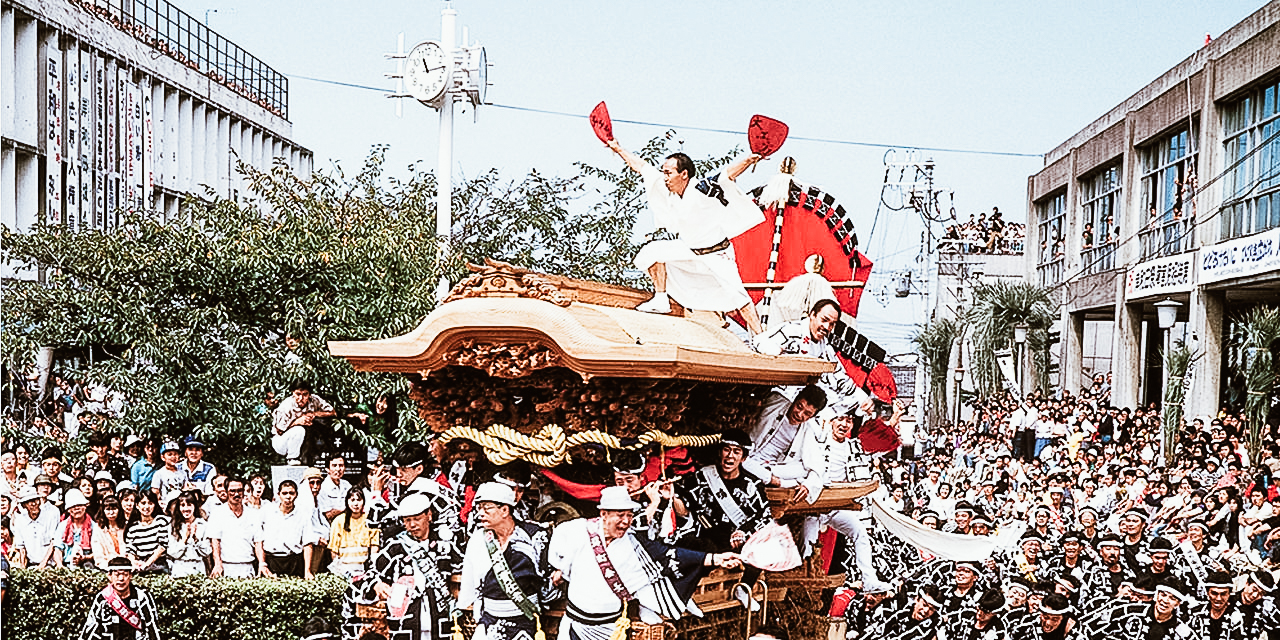
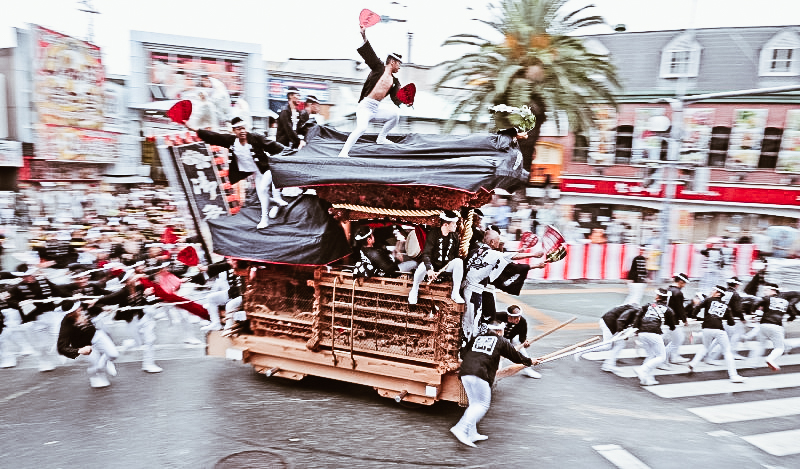
photo credits: airfrance.co.za, mainichi.jp
The celebrations originated in 1703, by the daimyō Okabe Nagayasu (部長泰). He prayed to the Shintoist gods for a bountiful harvest and this is still the meaning of the festival. However, what makes this celebration special is that it is a speed race pulling the danjiri.
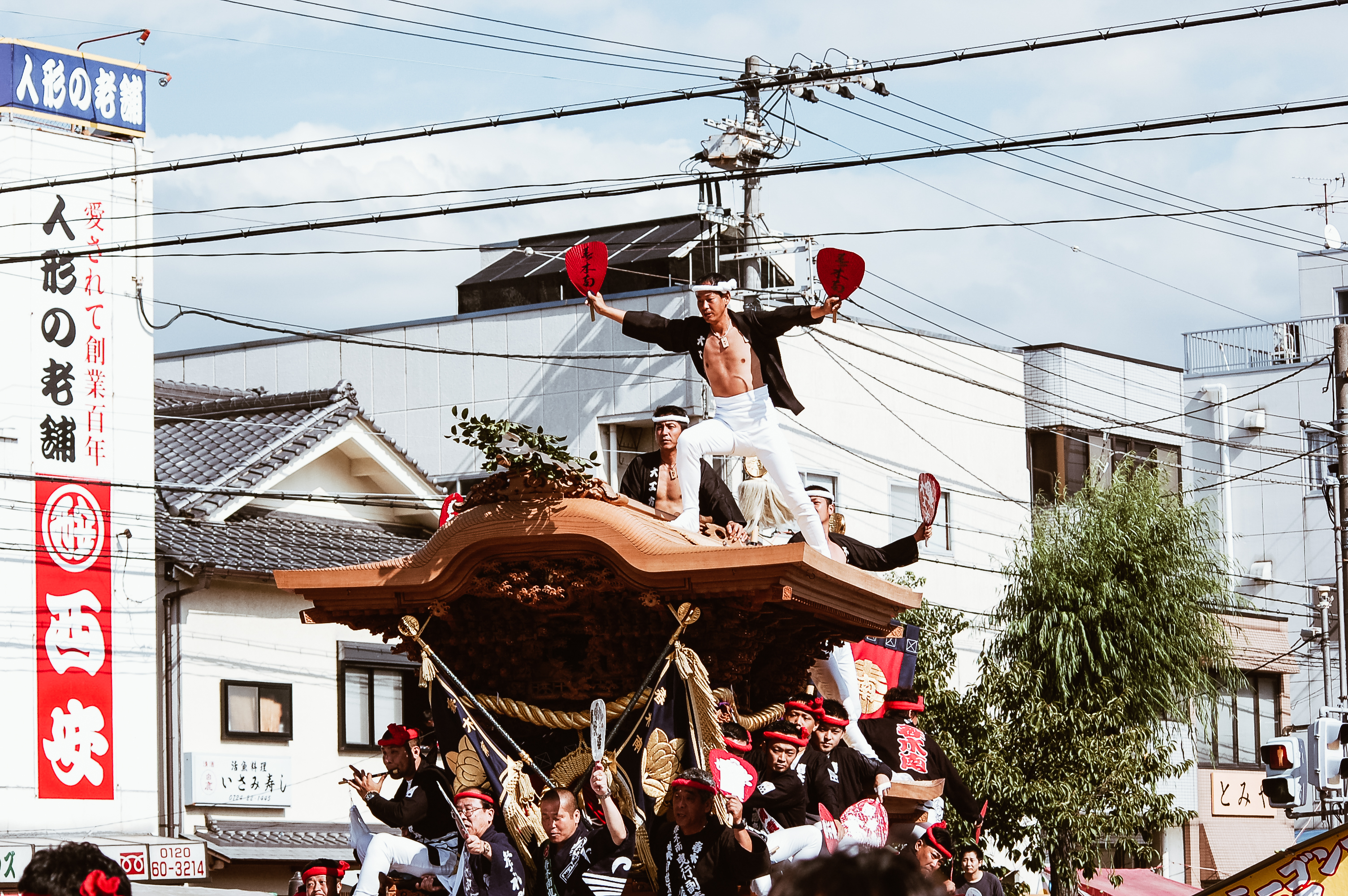

photo credits: Justin Yoshida
Danjiri are traditional wooden structures, carved and finely decorated by skilled carpenters and local sculptors. These wagons have the form of small shrines containing the deities and, during the days of the festival, they are precisely dragged through the streets of the neighborhood. Given their weight (they can exceed 3 quintals), the festival is also considered a moment to demonstrate one's courage. In fact, these structures must be towed with only the help of ropes and at full speed!
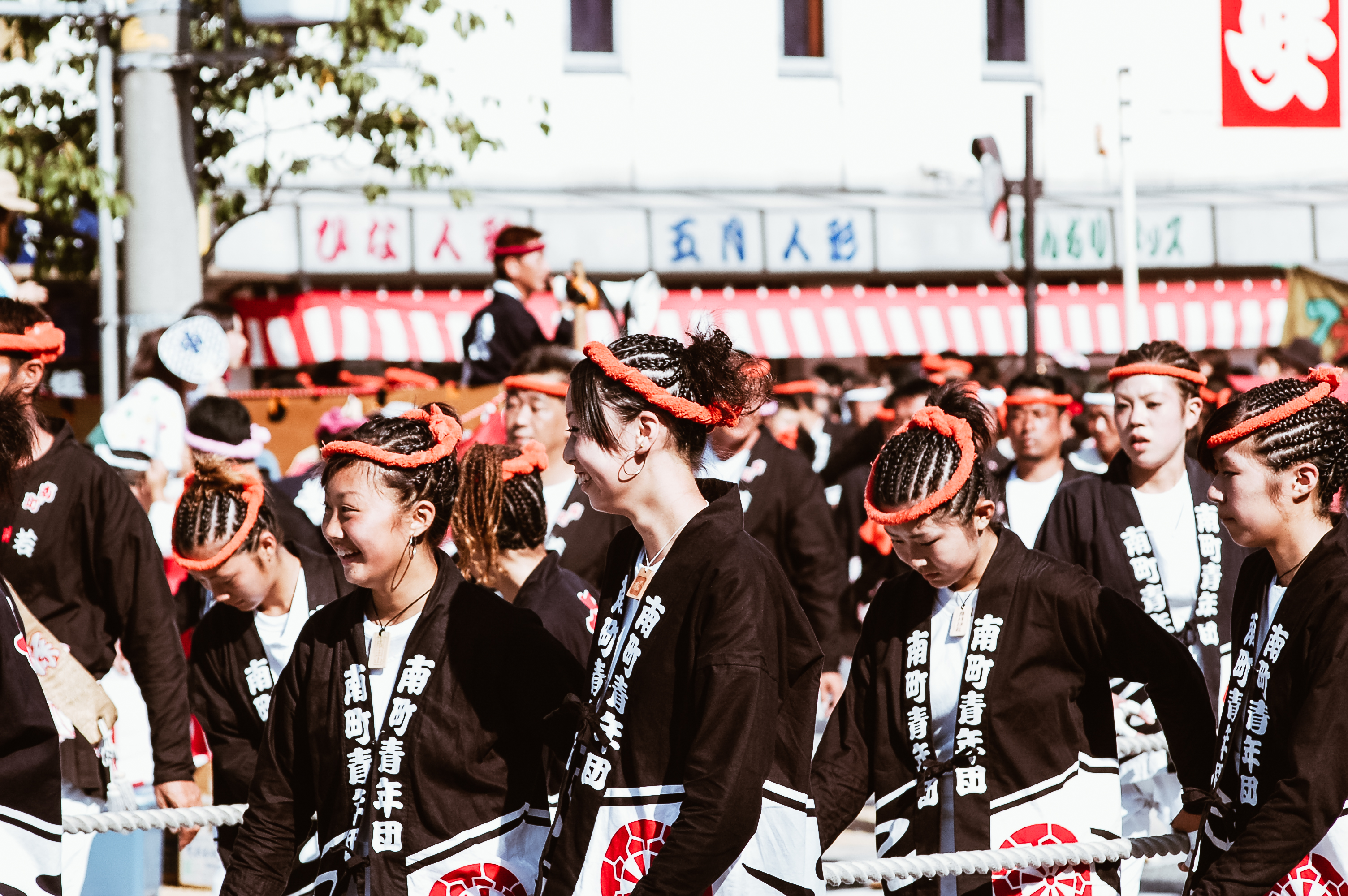
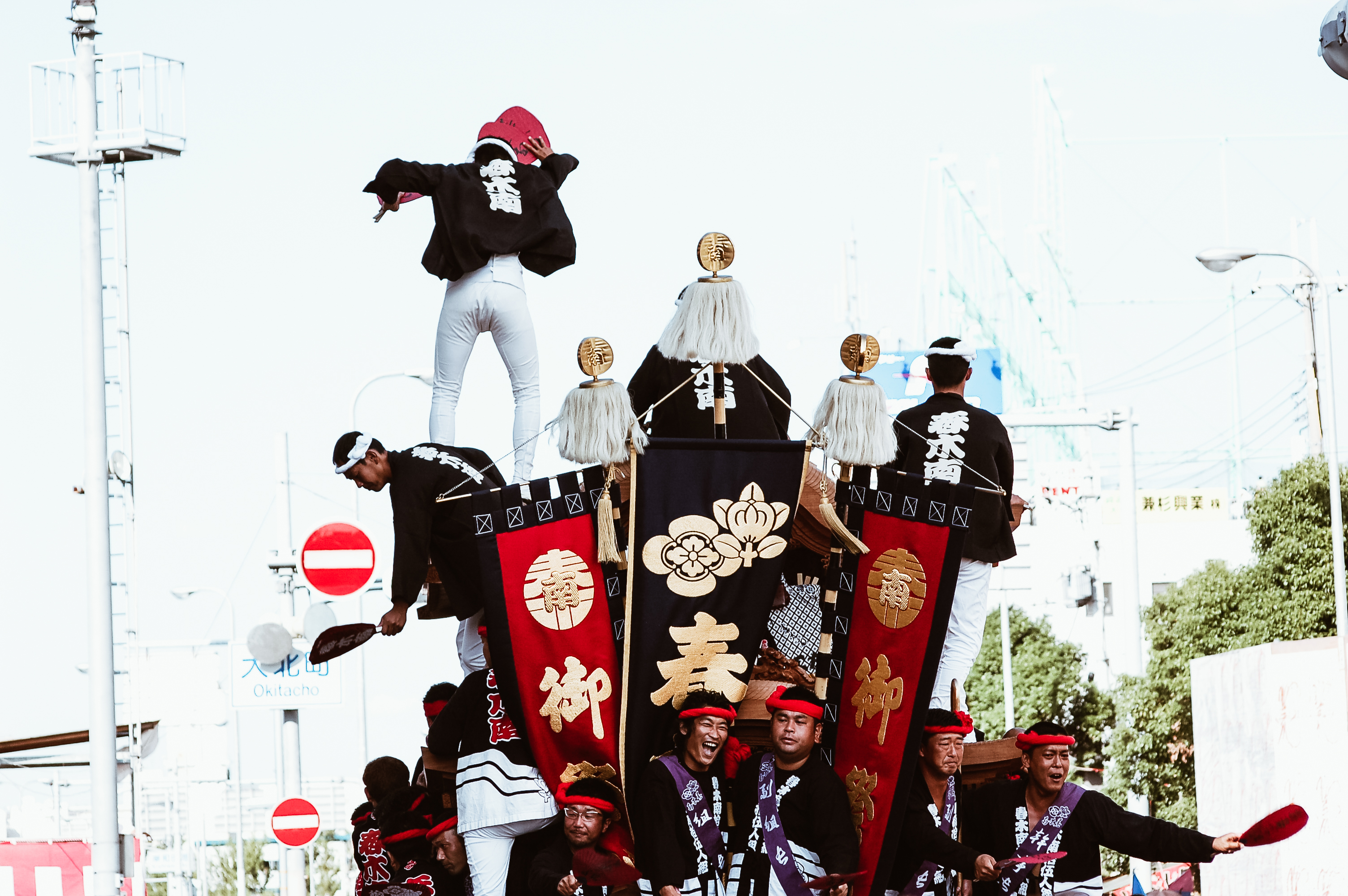
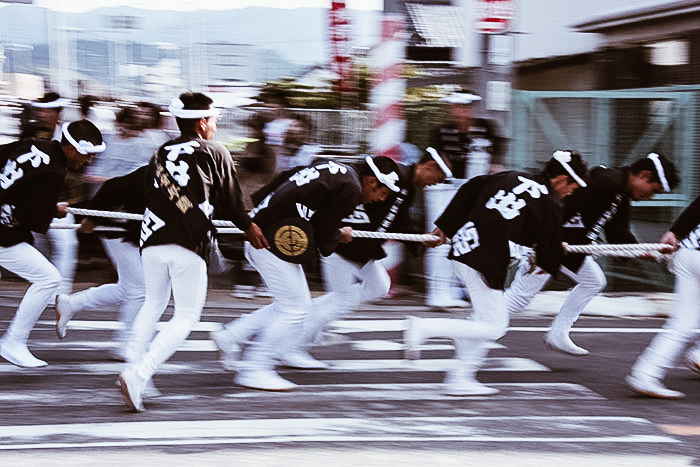

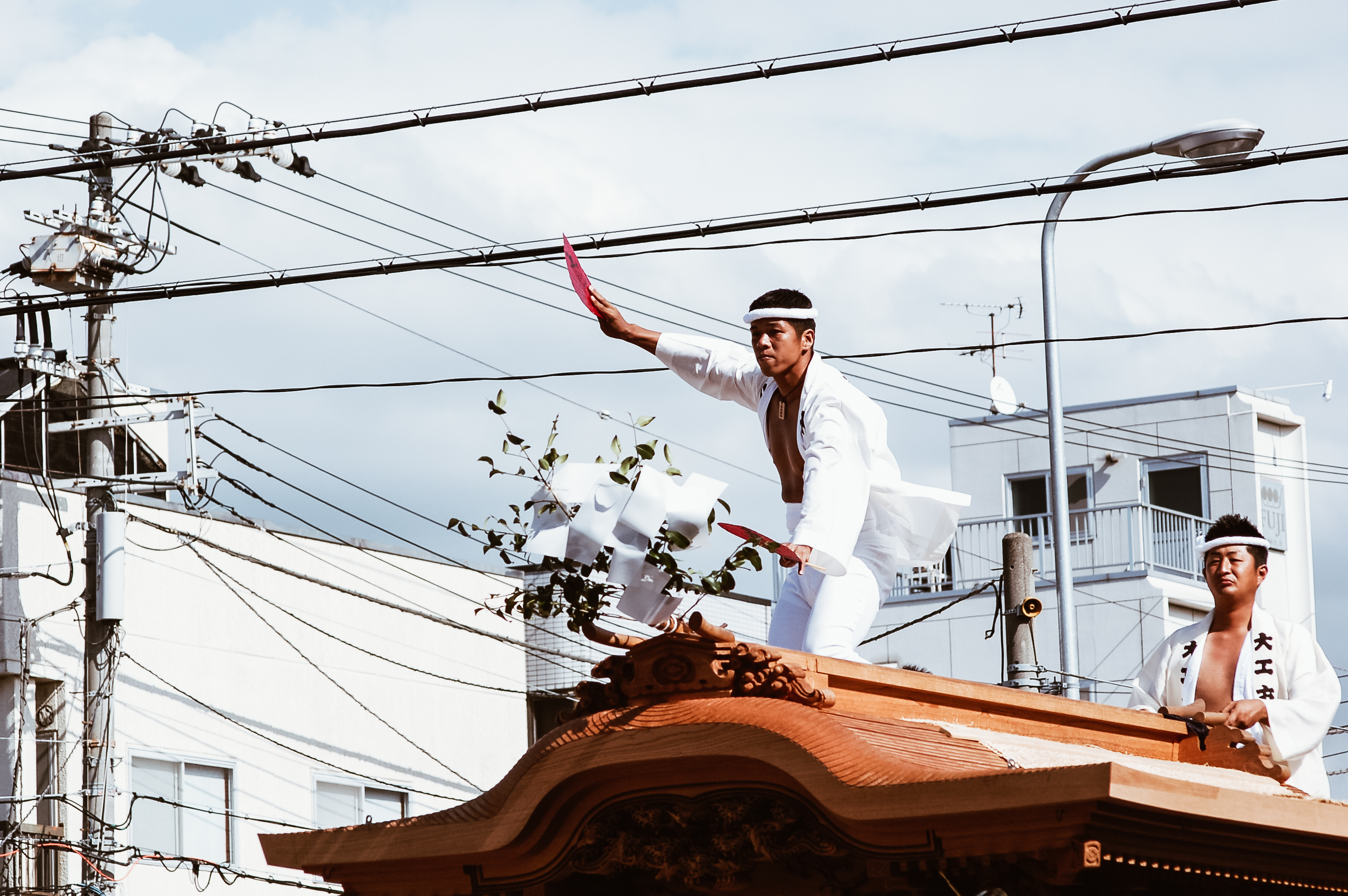
photo credits: Justin Yoshida, Justin Yoshida, japan-magazine.jnto.go.jp, MJY-shogun, Justin Yoshida
Kishiwada Danjiri Matsuri celebrations
During the festival celebrations, there are 35 danjiri involved, each of them being pulled by a team, representing the respective district of the city. At the control of the structure, on its top, there is the daiku-gata (大工方, master craftsman) whose wild dance serves as encouragement for his team and the crowd. Given the stunts in which he engages, the master craftsman risks his life constantly, but not only this! As we can easily imagine, this festival is also dangerous for all other participants due to the danjiri's dizzying speed. The wood splinters left behind and the fact that you have to elbow your way in to follow them is a danger to the crowd. Four hours of breathless running that ends with a big drinking moment around this wagon, to which dozens of paper lanterns are hung.
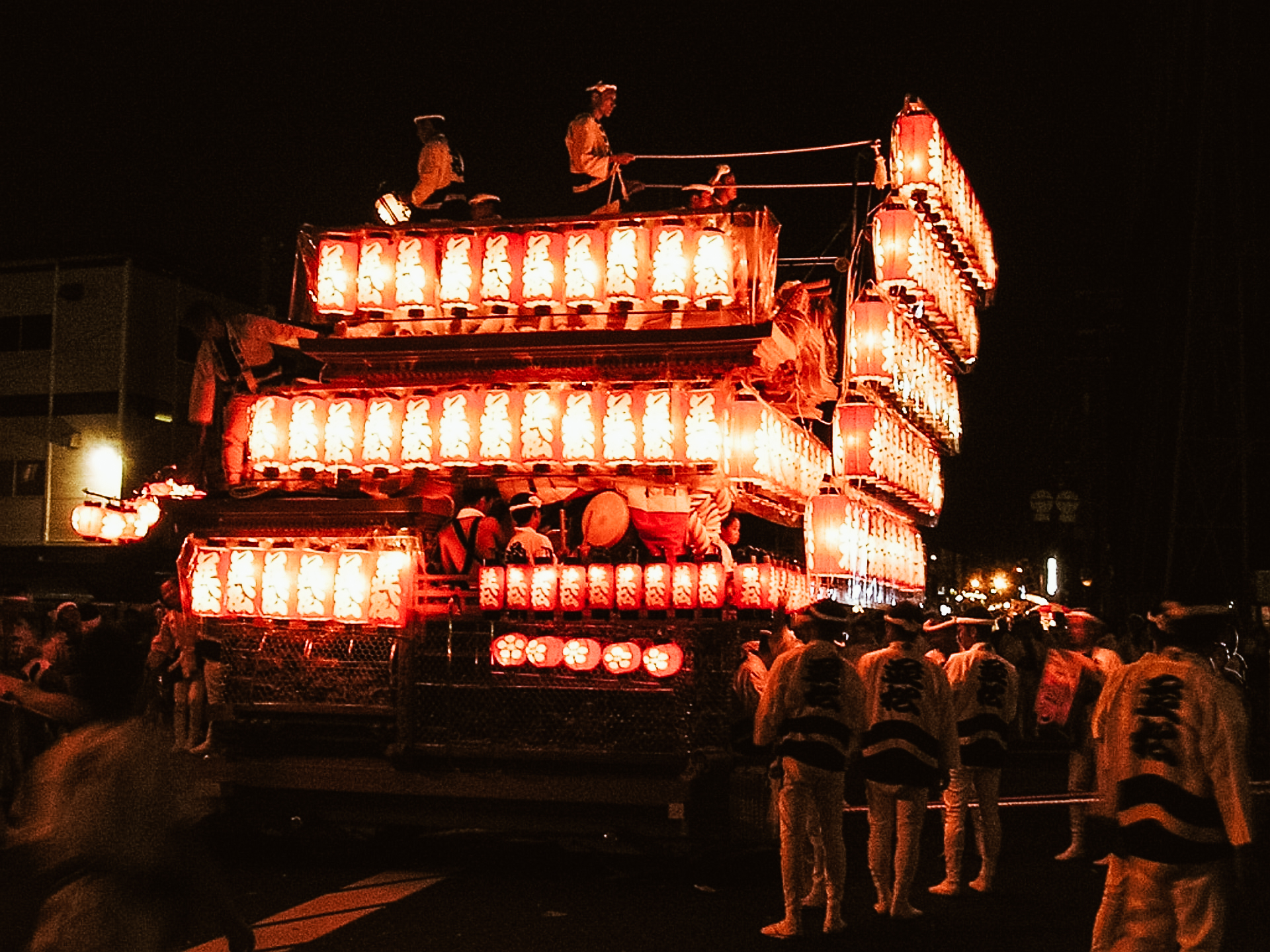
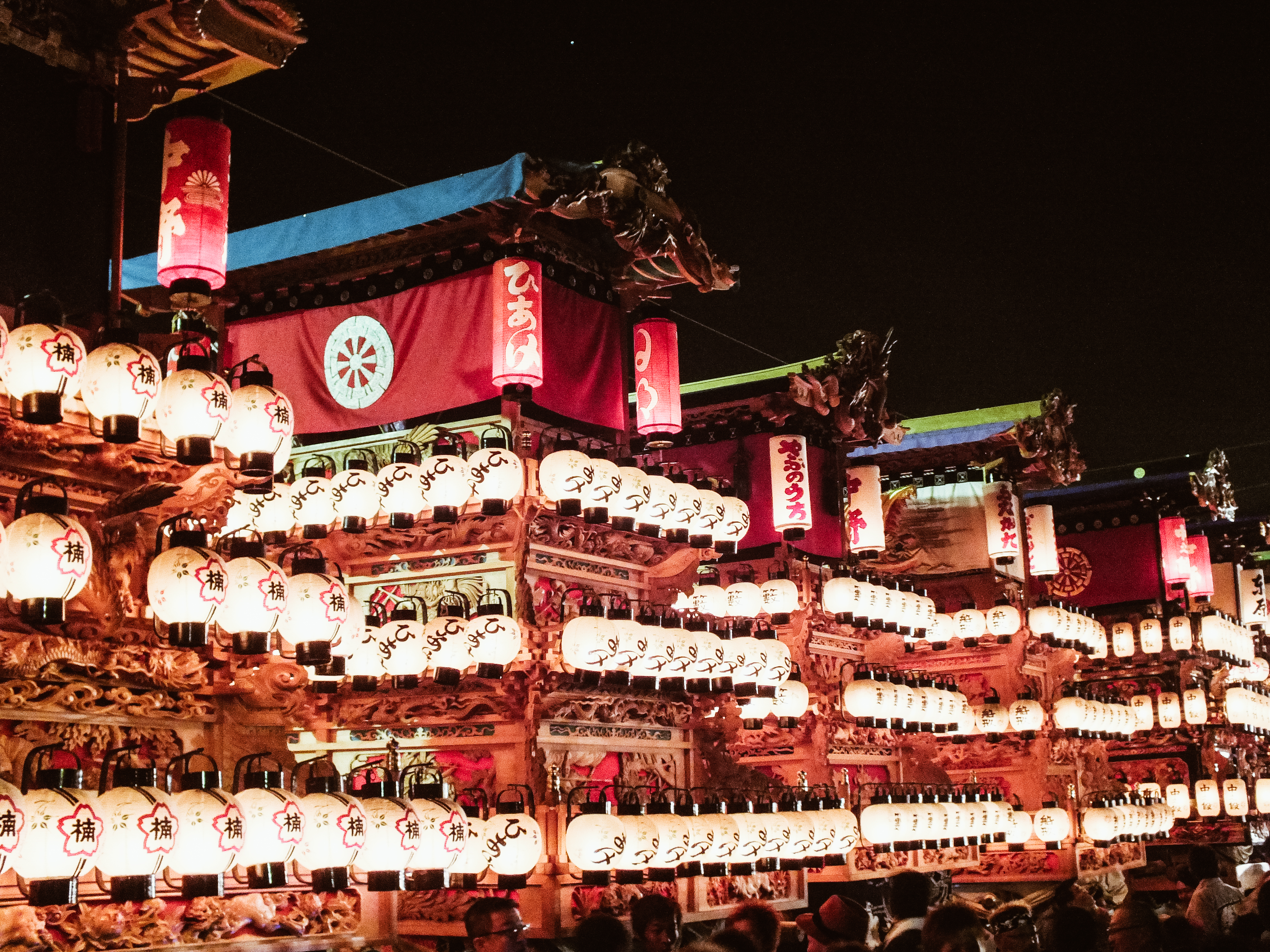
photo credits: rove.me, Gavin Kealy
More than 500,000 visitors come to Kishiwada to experience the thrill of this celebration, what do you think? Do you find this parade electrifying?[:ja]Let's return to talk about Japanese festivals and today we talk about the Kishiwada Danjiri Matsuri.
The city of Nara and its deers, a must see destination
We continue our journey in Japan and today we move to Nara. Capital of the homonymous prefecture, the city of Nara is located in the Kansai region. Located north of the prefecture, its borders are adjacent to those of the Kyoto prefecture.
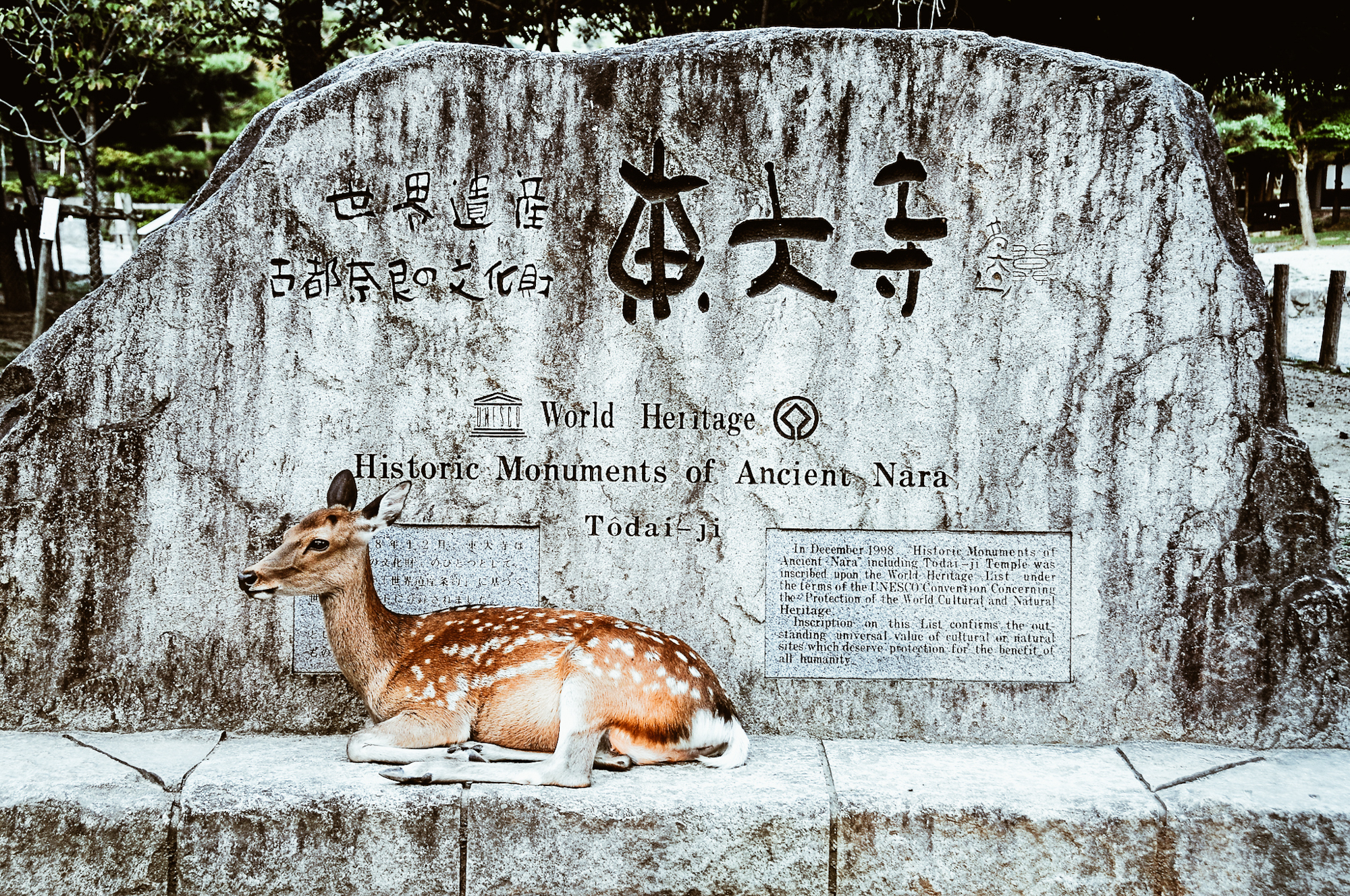

photo credits: lensonjapan, Blondinrikard Fröberg
With eight temples, ruins of past periods and the famous deers, Nara remains not only one of the most beautiful cities in Japan but also one of the most popular destinations for tourists. During the Nara period, the city was the capital of Japan and the emperor lived here before moving the headquarters to Kyoto.
The Heian period
During this period, a large source of theories was proposed for the origin of the name Nara.
Nara and The Nihon Shoki theory
The Chronicles of Japan, the second oldest book on classical Japanese history, says that the word Nara comes from narasu (to be flat, to level). According to this theory, in September of the tenth year of Emperor Sujin, some rebels climbed the Nara-yama. Here with the imperial forces, they joined together to lay down trees and plants and that is why the mountain is called Nara-yama. Being the most ancient testimony, it also has references in the folk culture. In fact, it is considerered the historical etymology by many scholars.

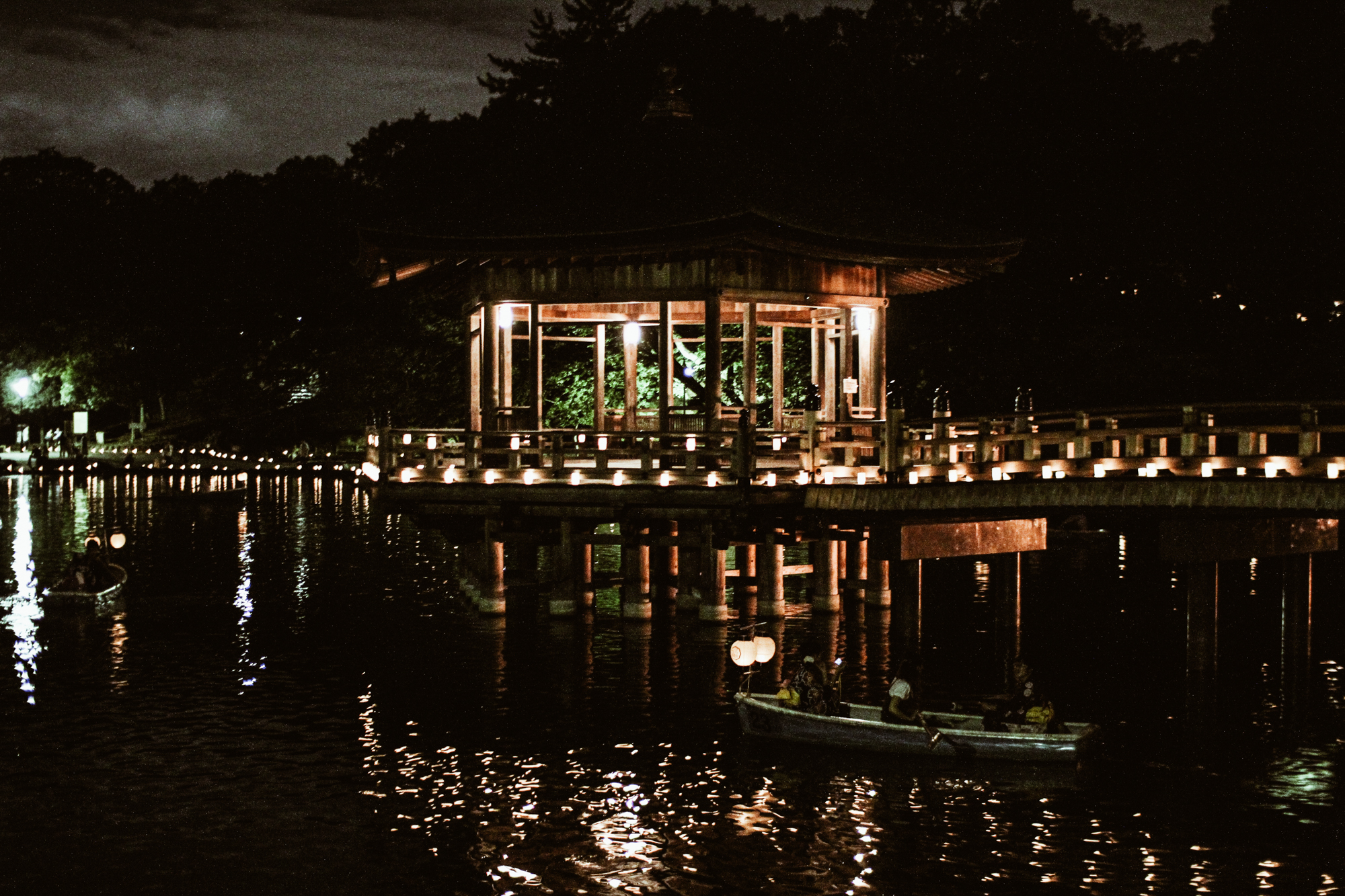
Nara and the "flat land" theory
Designed by Kunio Yanagita in 1936, this is the most accepted theory at the moment. In fact, this proposal attests that “the topographical conformity of a relatively flat area between a mountain called Taira in eastern Japan and hae in southern Kyushu, is called naru in the Chūgoku and Shikoku region of central Japan. This word gives origin to the verb narasu and to the adverb and adjective narushi”.
Moreover, this theory is also supported by some words inserted in reference to a flat area with the name of naru and naro in many dialects . To further support this proposal, we also find the adjective narui, which is not strictly in Japanese standards, but we find it in use in the central areas of the country. The meaning of this word corresponds in fact to "kind", "gentle slopes" or "easy".
To further support this theory, Yanagita brings the fact that many of these names were written with the kanji 平 ("flat"). Obviously the fact that historically Nara was written with ideograms 平 or 平城 goes in support this theory.
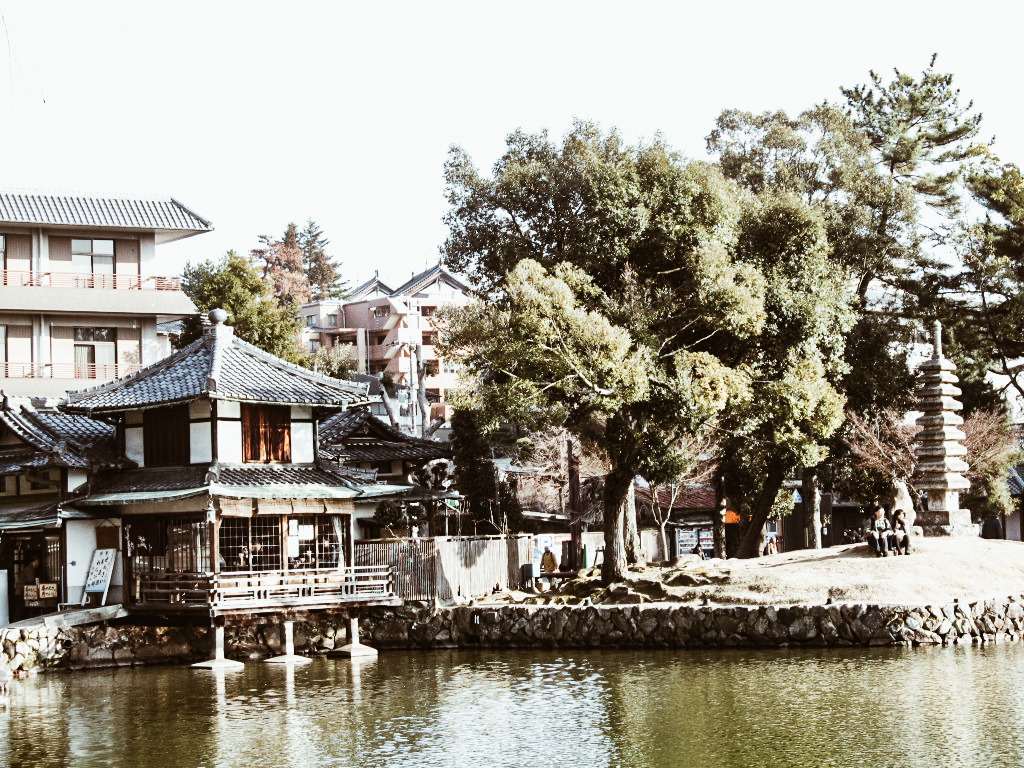
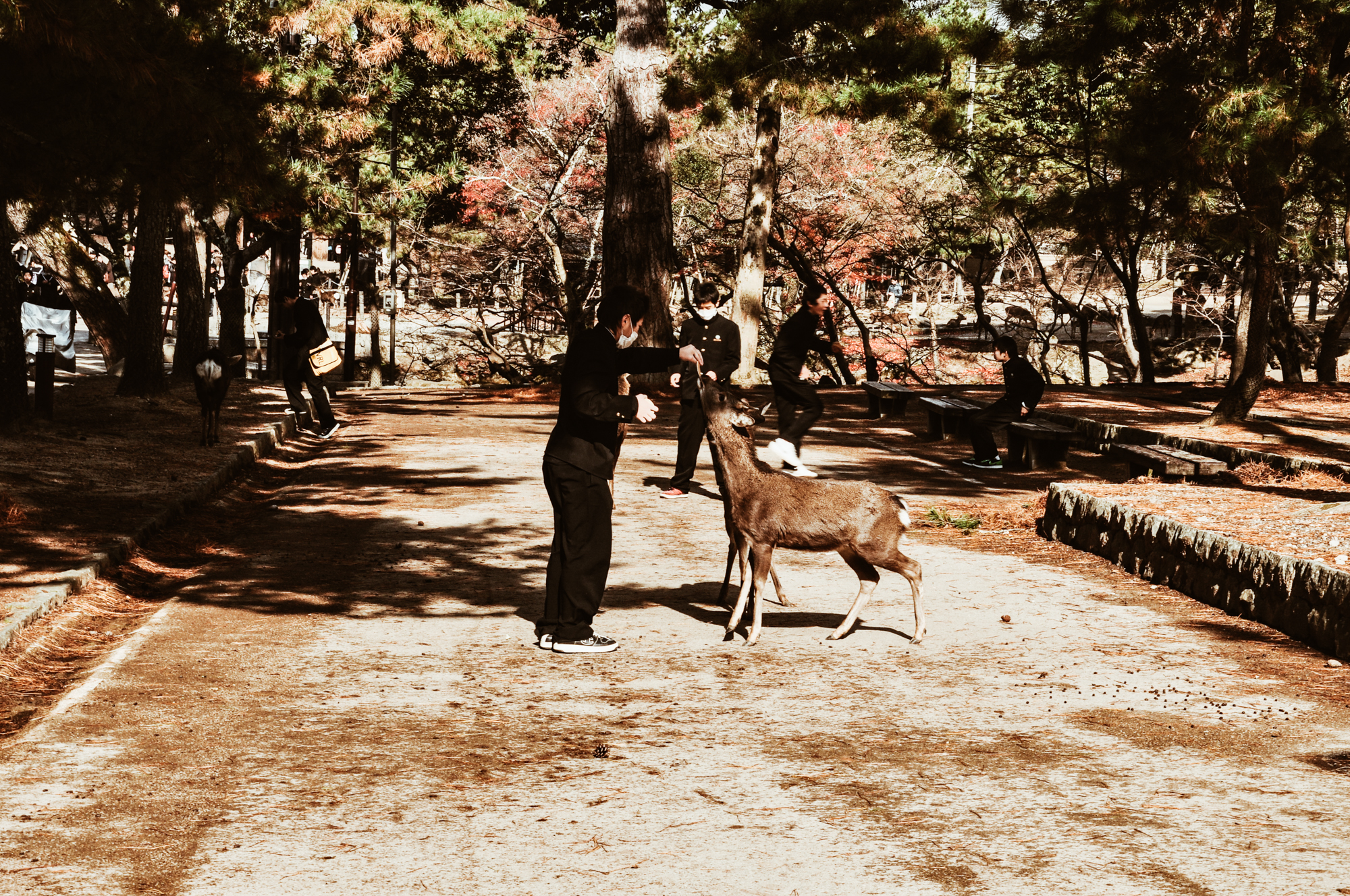
photo credits: chrizyshot, pantoniades
Nara and the oaks
Another common opinion is that Nara derives from the oak ideogram (楢). Suggested by Yoshita Togo, we can find this plant called by this name since the seventh and eighth centuries. In fact, Narahara at Harima (about today's Kasai) comes from the nara tree, which could support this theory.
The name Nara borrowed from Korea
This is an almost surprising curiosity. In Korean, indeed, nara (나라) means nation, kingdom. Matsuoka Shizuo claimed that this could be a valid source for the name of the city. However, there is little or no trace of ancient Korean, and there is no evidence that this word existed in the seventh century.
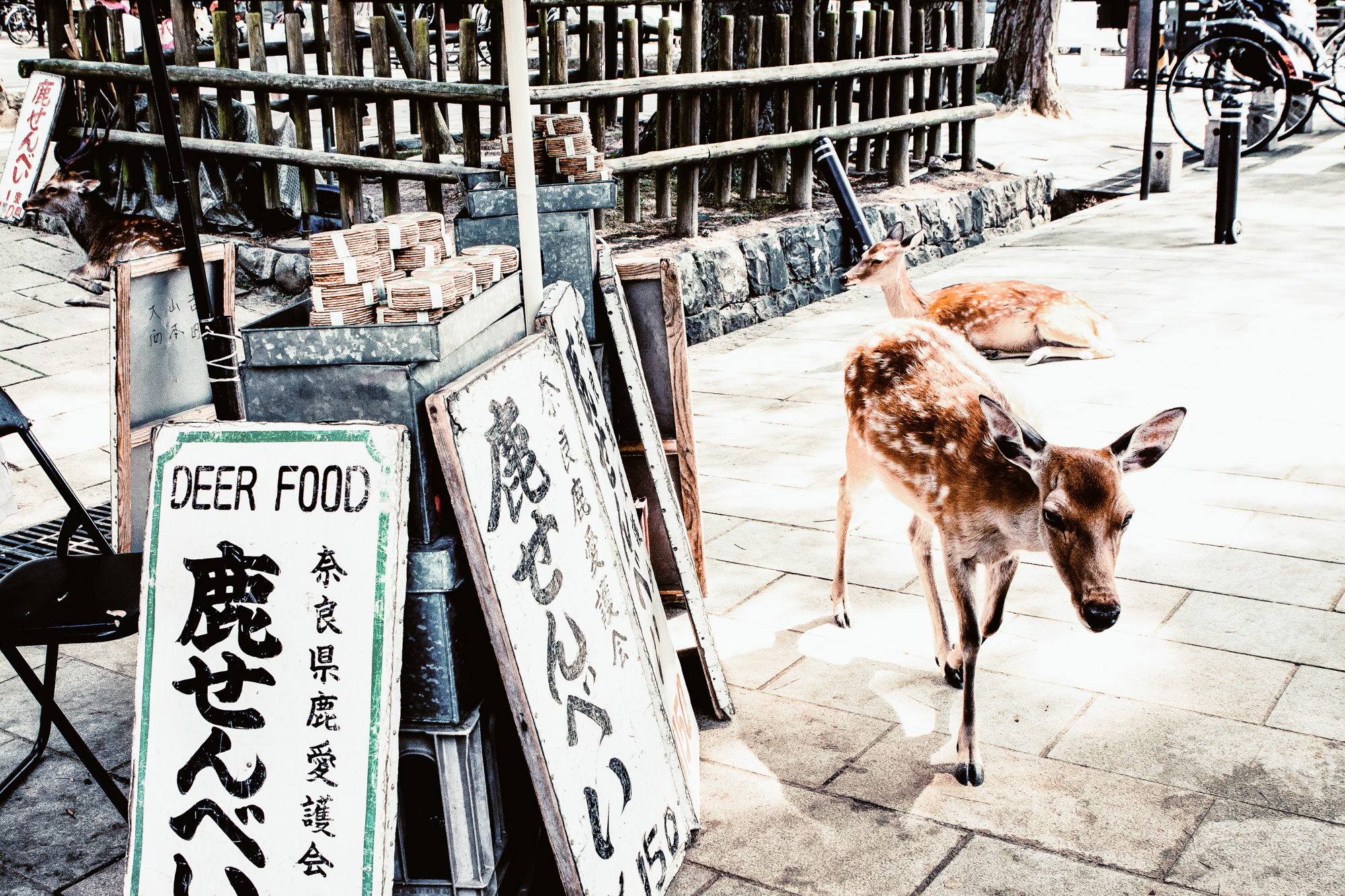

photo credits: Jirka Matousek, Rhett Sutphin
The origins
The Empress Genmei in 708 decided to move the imperial court to the new capital, Nara. Known as Heijō or Heijō-Kyō, the city was the first permanent capital of Japan until 794. Subsequently, the capital was moved to Nagaoka to force the metropolitan elites and new dynasties techniques that were spreading in the country. With the move to this city, we also have the birth of the eponymous period.
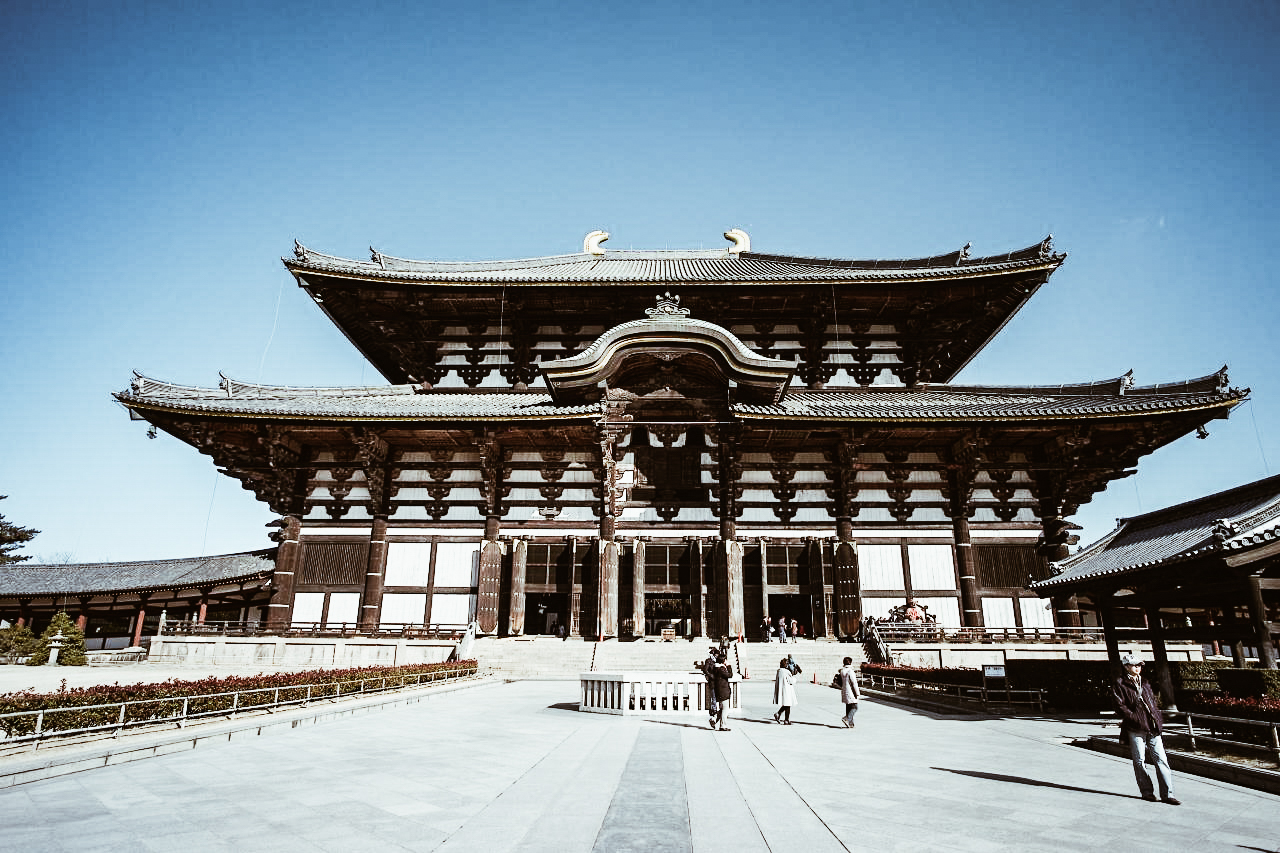
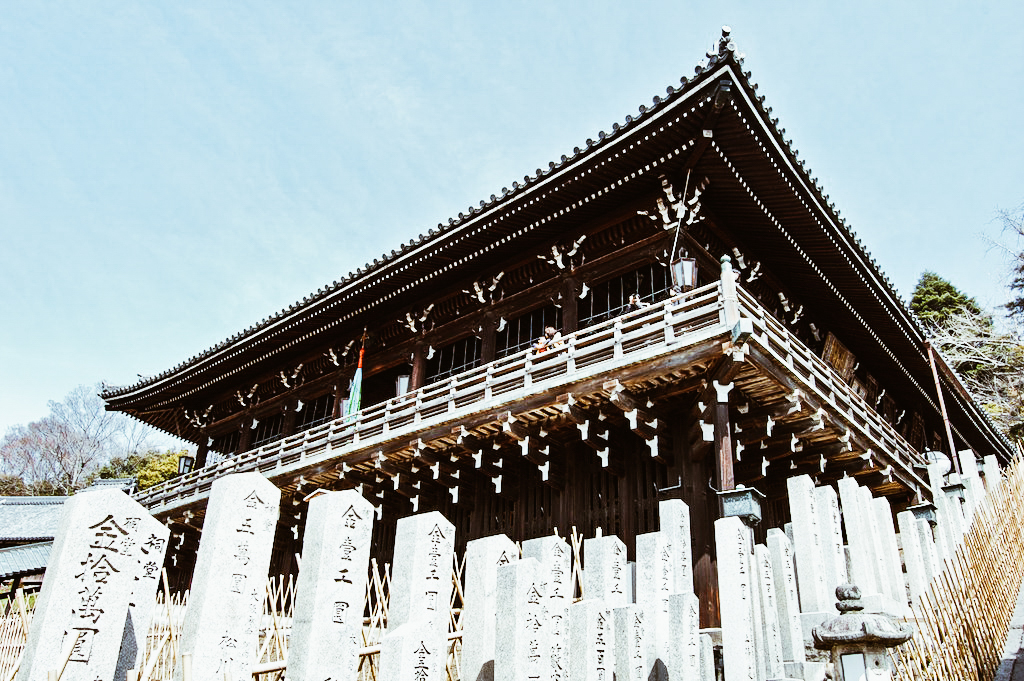
photo credits: Banalities, Josemspain
The religion
The six schools of Nara Buddhism, also better known as Rukushū (六宗), were an academic sect of Buddhists. Arriving in Japan from Korea and China in the sixth and seventh centuries, they were controlled by the new government of Nara.
Due to the government's involvement in religious expansion, we find the construction of several temples in the city. One of these is the site of the Seven Great Temples of southern Nara. However, these sects aimed to become the main school of Buddhism of the Imperial House of Japan and its nobility. Because of the conformation of these temples, the schools were precisely defined as the "Six schools of southern Buddhism in Nara".

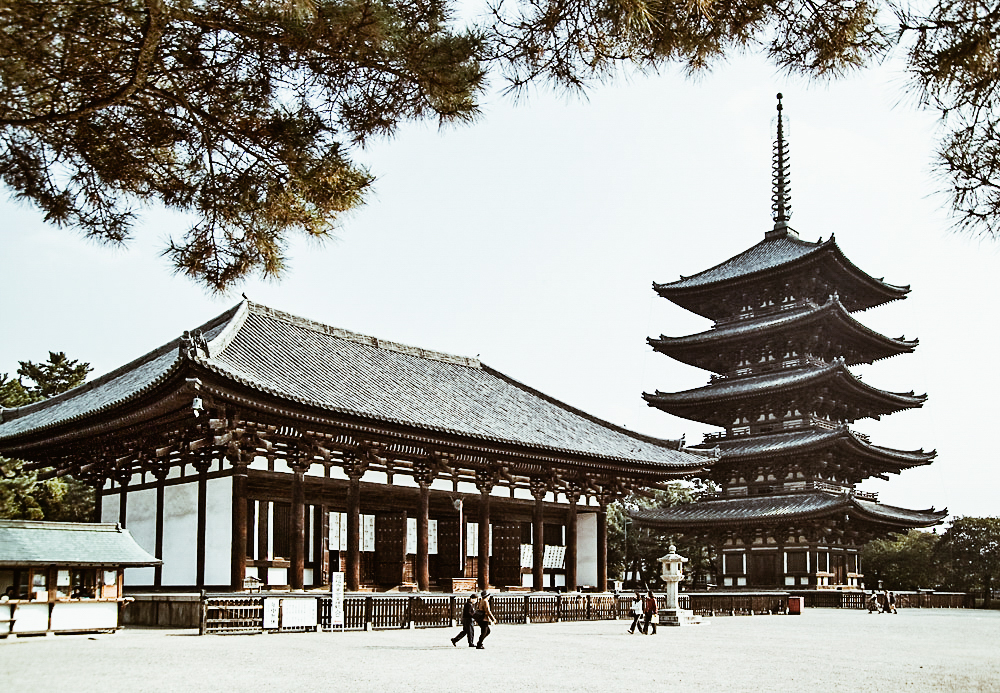
photo credits: wikipedia.it
The Temples
Having established Nara as a new capital, the temple of the Soga clan was also relocated. Emperor Shōmu ordered the construction of the Tōdai-ji temple and the largest bronze statue of Buddah.
The temples, known as the Nanto Shichi Daiji, remained spiritually important even after the capital was moved in 794. In fact, Nara received the synonym of Nanto (南都 "The capital of the south").

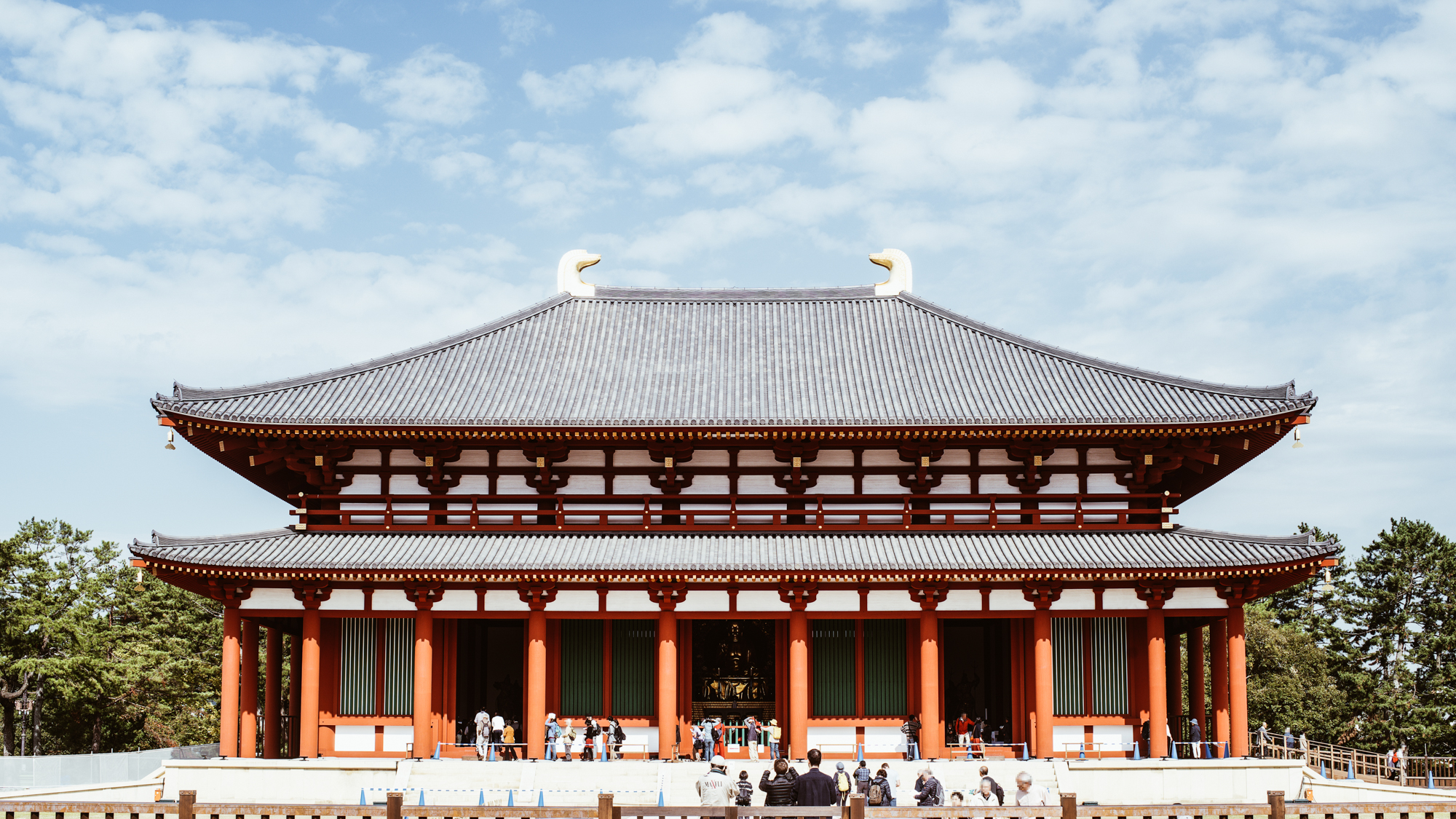
photo credits: wikipedia.it
Nanto Shichi Daiji
Literally "the seven great temples of the southern capital", a common historical name referring to the Buddhist temple complex located in this city.
- Daian-ji (大安寺)
- Gangō-ji (元興寺)
- Hōryū-ji (法隆寺)
- Kōfuku-ji (興福寺)
- Saidai-ji (西大寺)
- Tōdai-ji (東大寺)
- Yakushi-ji (薬師寺)
Nara became a tourist city already in the Edo period. In fact, these years saw the publication of several maps for visitors to the city.

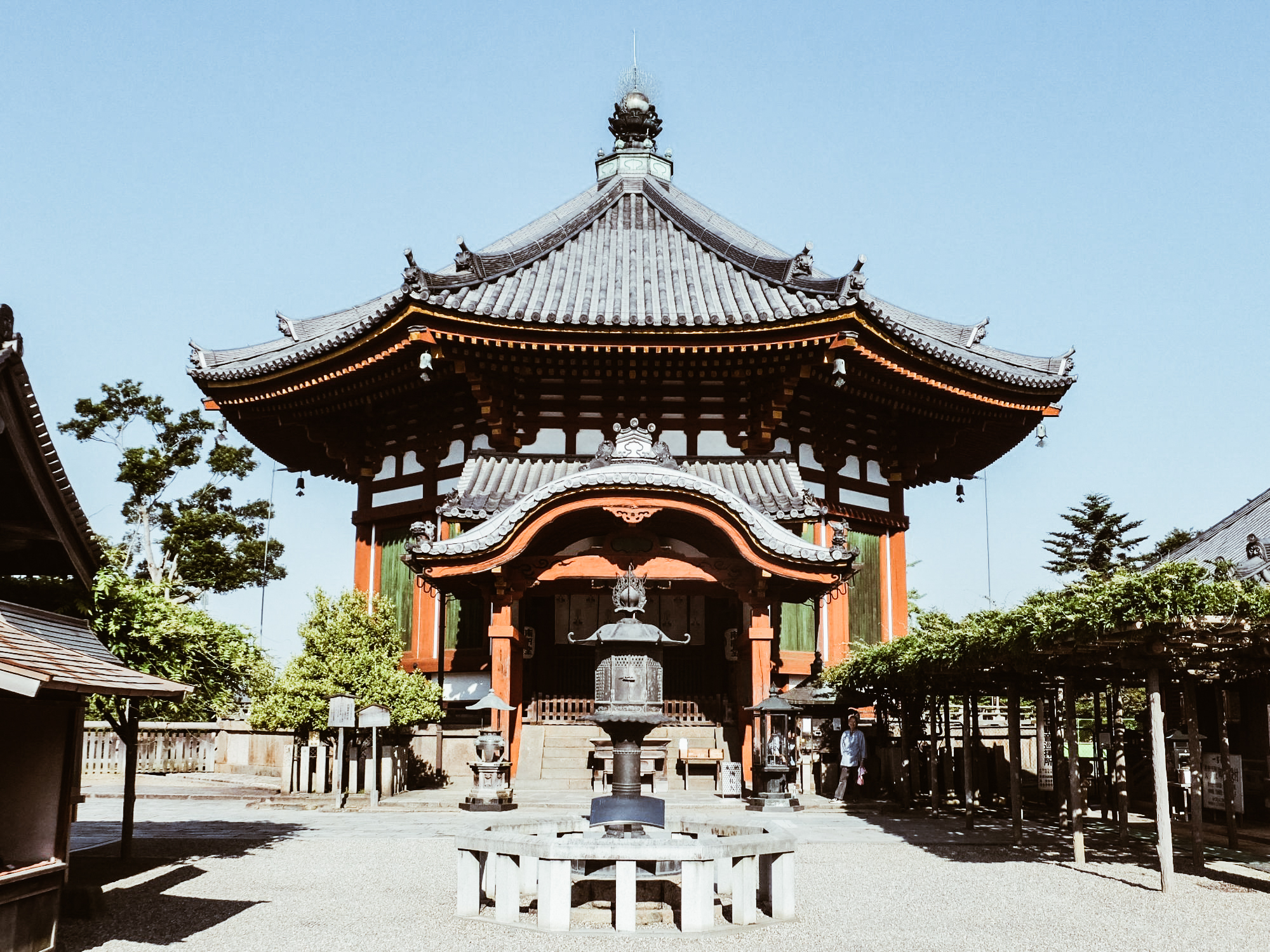
photo credits: wikipedia.it
The modern city
Despite being the capital of Japan from 710 to 794, Nara officially became a city only on February 1st, 1898. From a trading city of the Edo and Meiji period, today Nara is one of the main destinations for tourists thanks to its large number of monuments. Furthermore, in December 1998, the city became part of the protected sites recognized by UNESCO as a heritage of humanity.
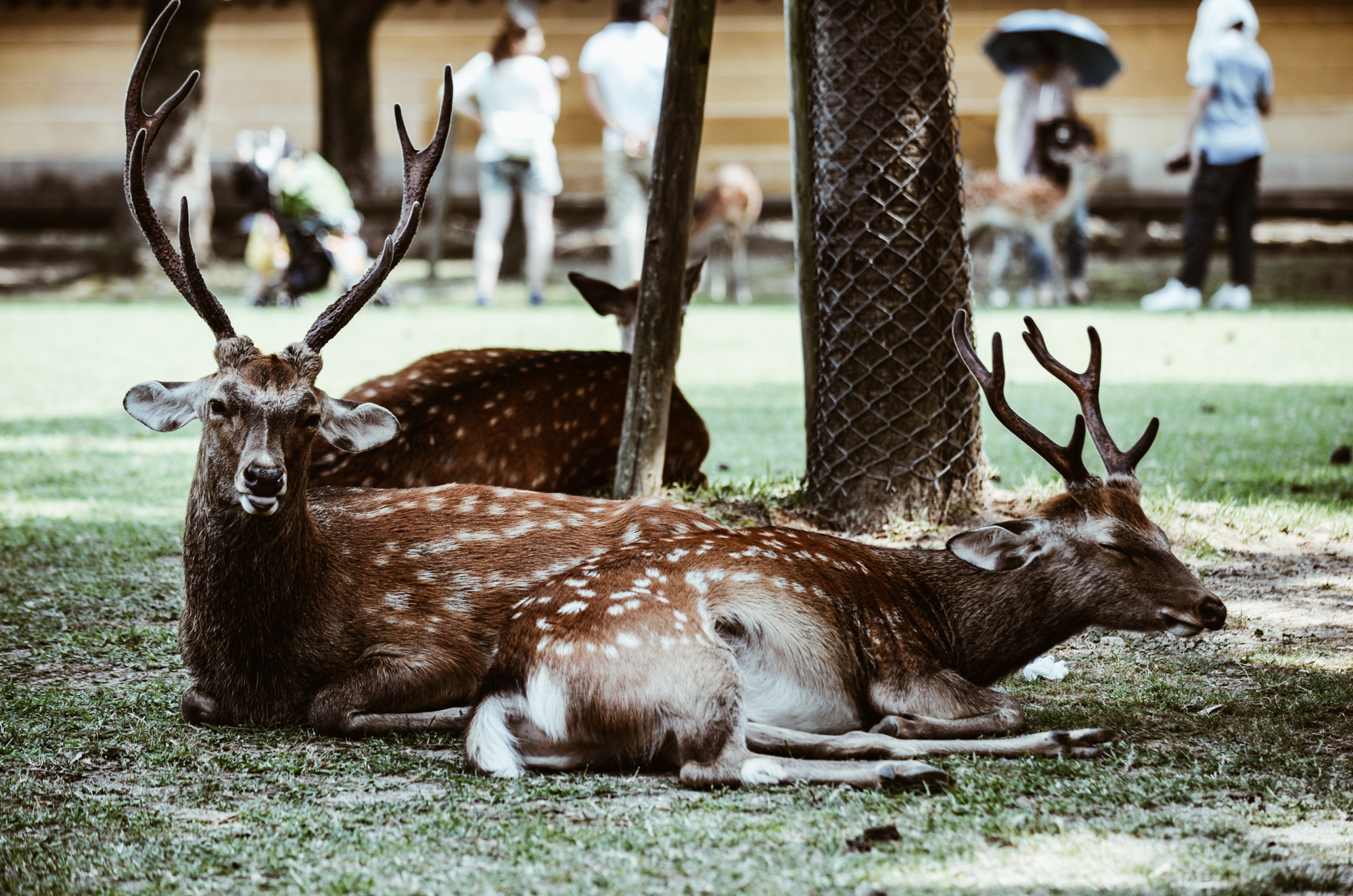
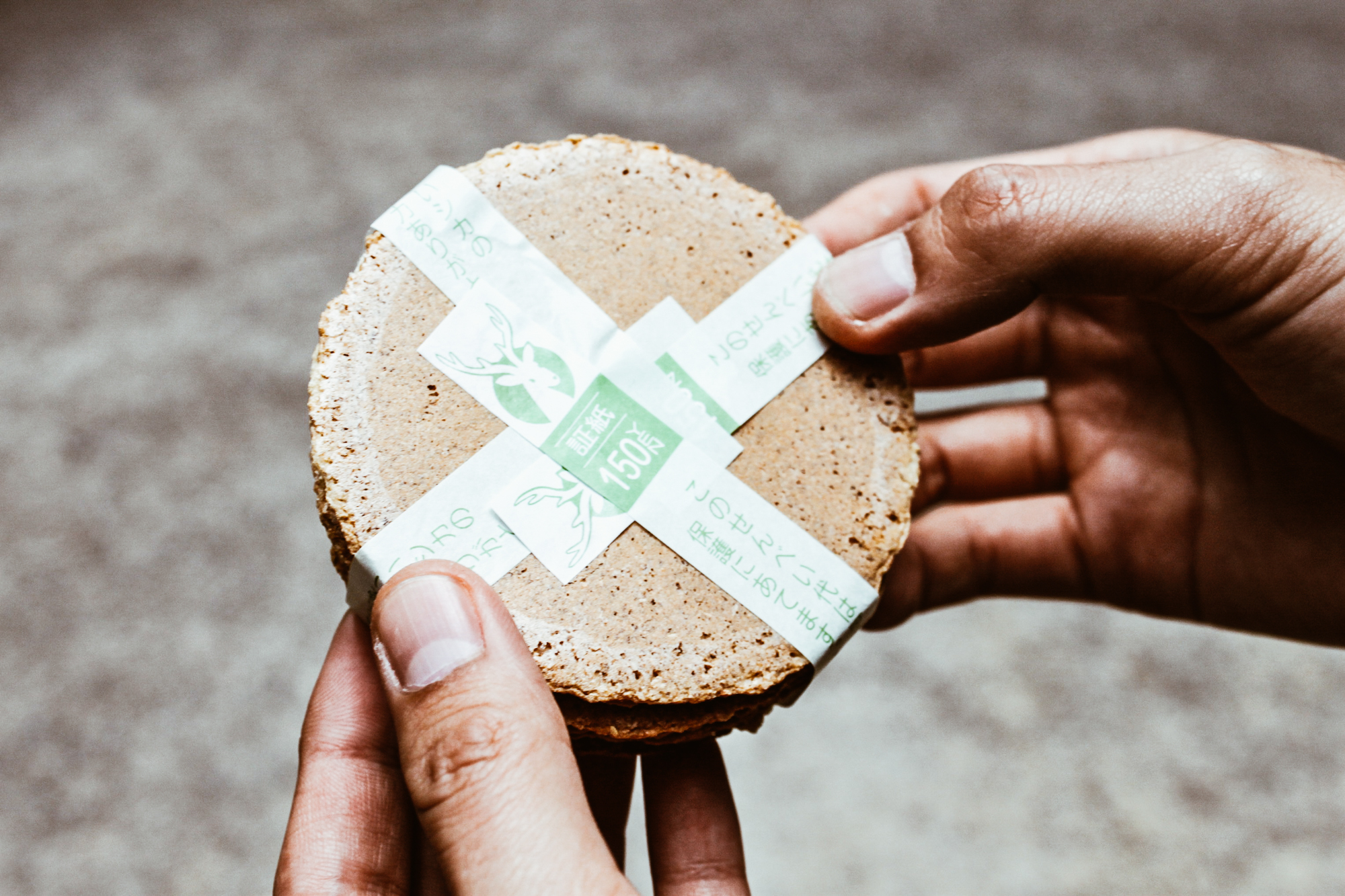
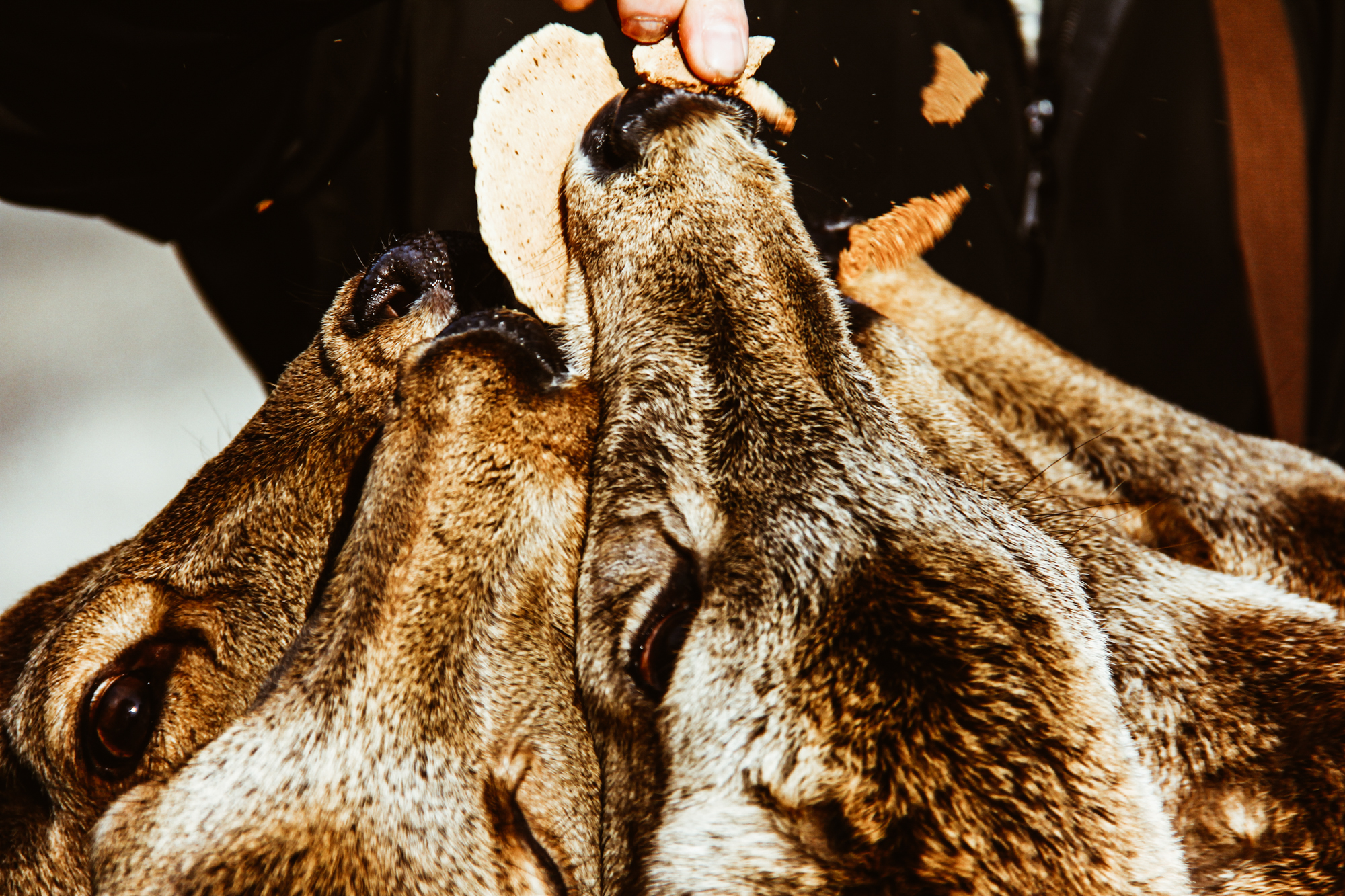
photo credits: GGzeOuf, Travis, Cesar I. Martins
The park and the deer
Surely, one of the most famous destinations is the park of Nara together with its famous deers. This is a public park established in 1880, located at the foot of Mount Wakakusa. Under the control of the Prefecture of Nara, this magical place is home to over 120 sika or shika, the famous Deers of Nara.
In fact, visitors can walk through the meadows accompanied by these cute four-legged friends classified as a "natural monument" by the Ministry of Education, culture, sport, science and technology.
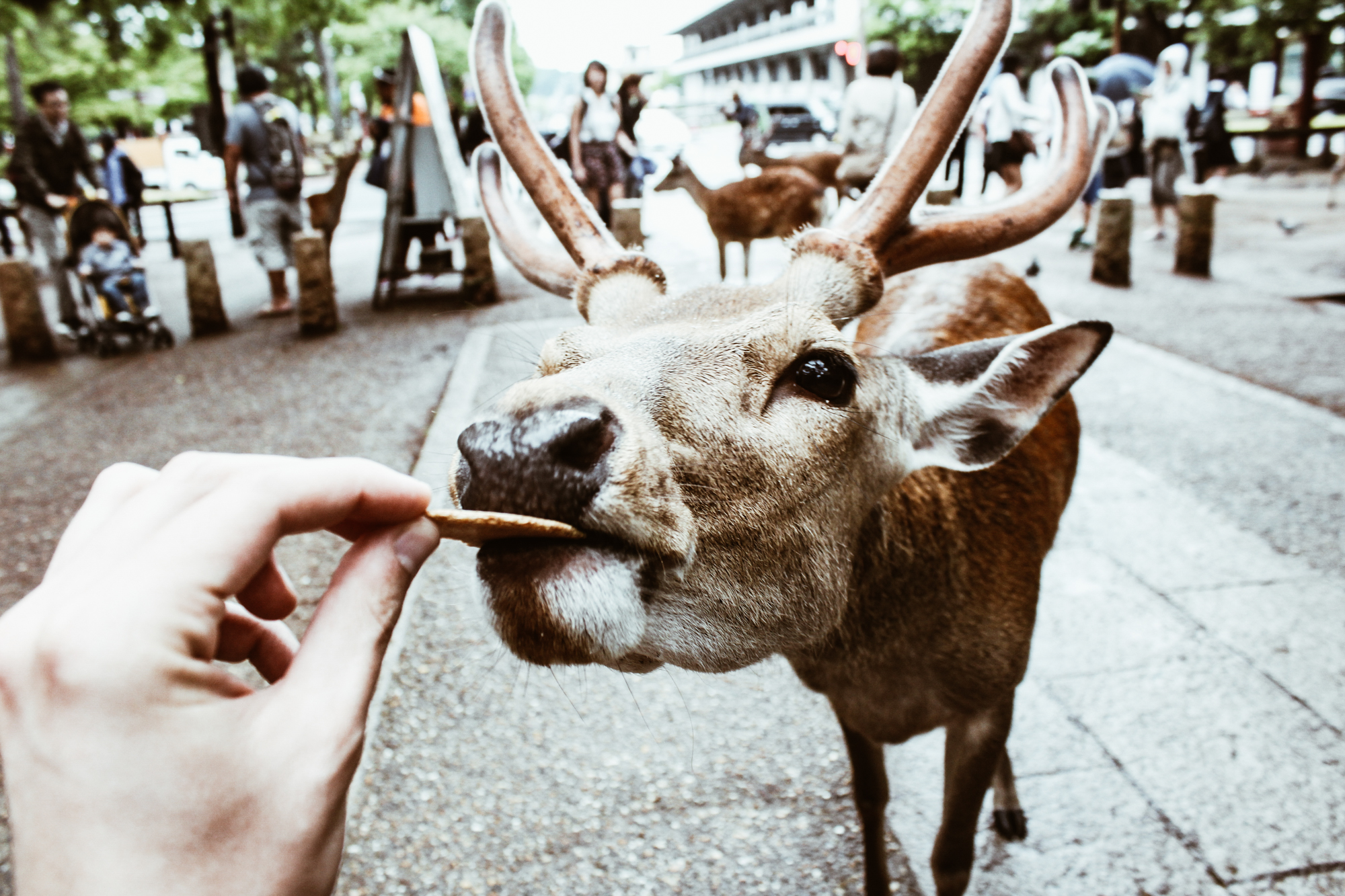
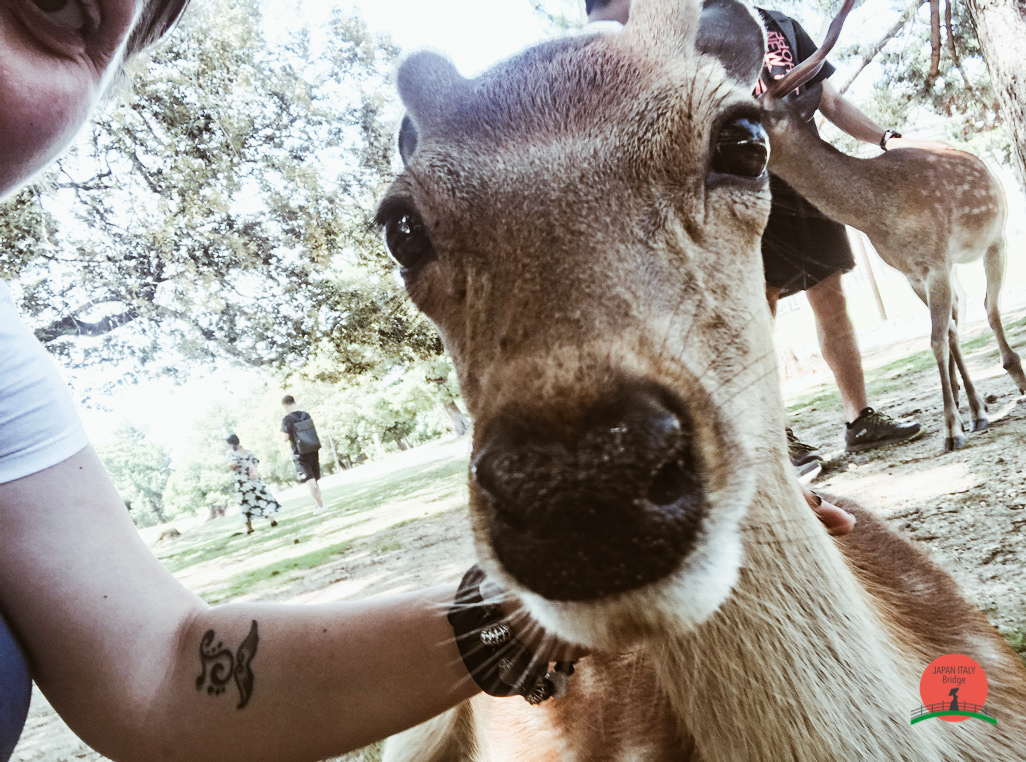
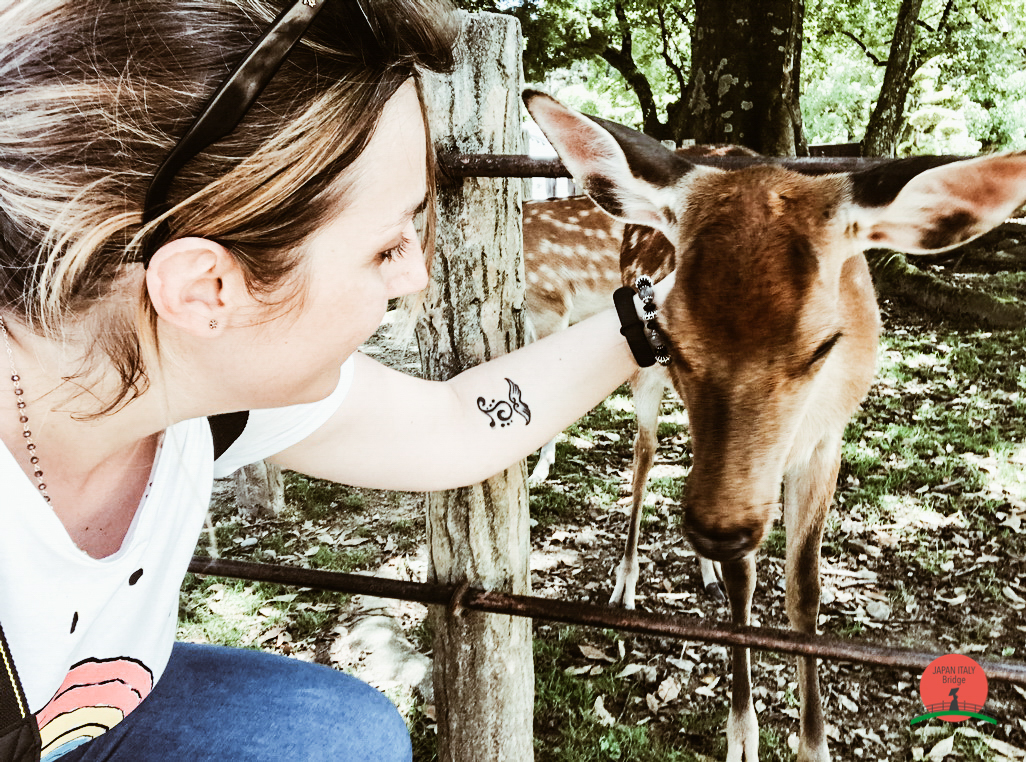
photo credits: Alberto Ortega, japanitalybridge.com
According to the locals, this area's deer was considered sacred and ideal for a visit from one of the four gods of the Kasuga shrine, Takenomikazuchi-no-mikoto. Appearing on Mount Mikasa-yama, it is said to have been sent by Kashima (Ibaraki) riding a white deer.
These deers are still considered sacred and divine symbols of the Kasuga and Kōfuku-ji shrine. The killing of one of these was considered a capital crime and punishable by death until 1637. After the Second World War, the deer was officially stripped of its state of divinity and named "national treasure", therefore subject to all the protections of the government.
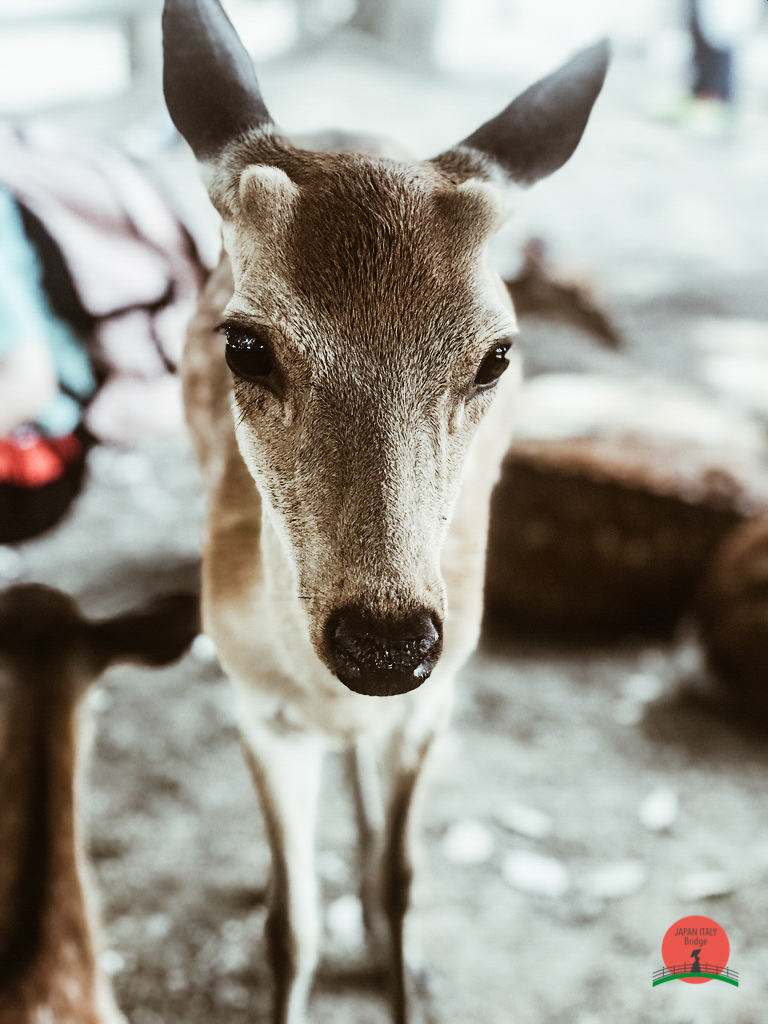
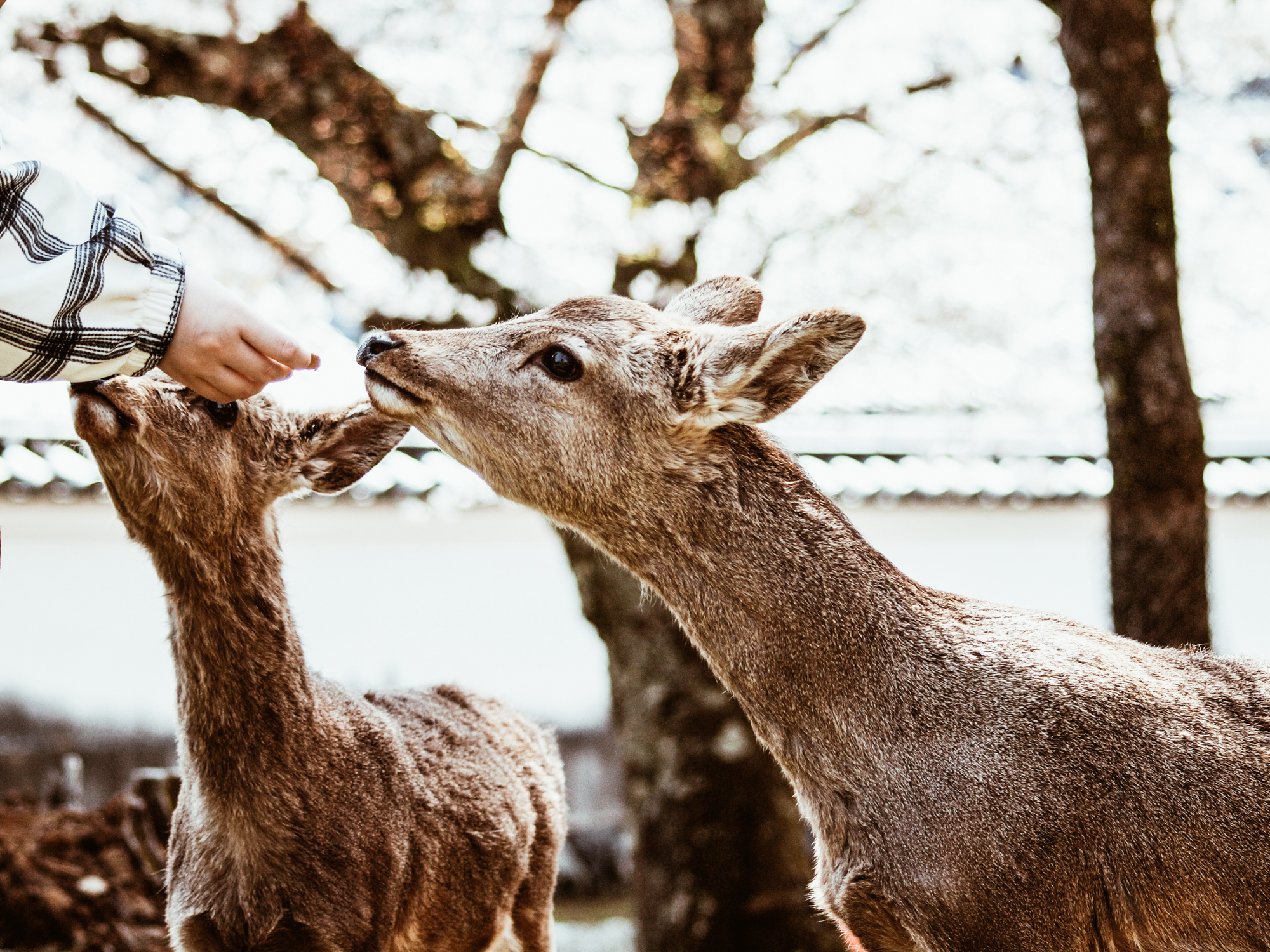
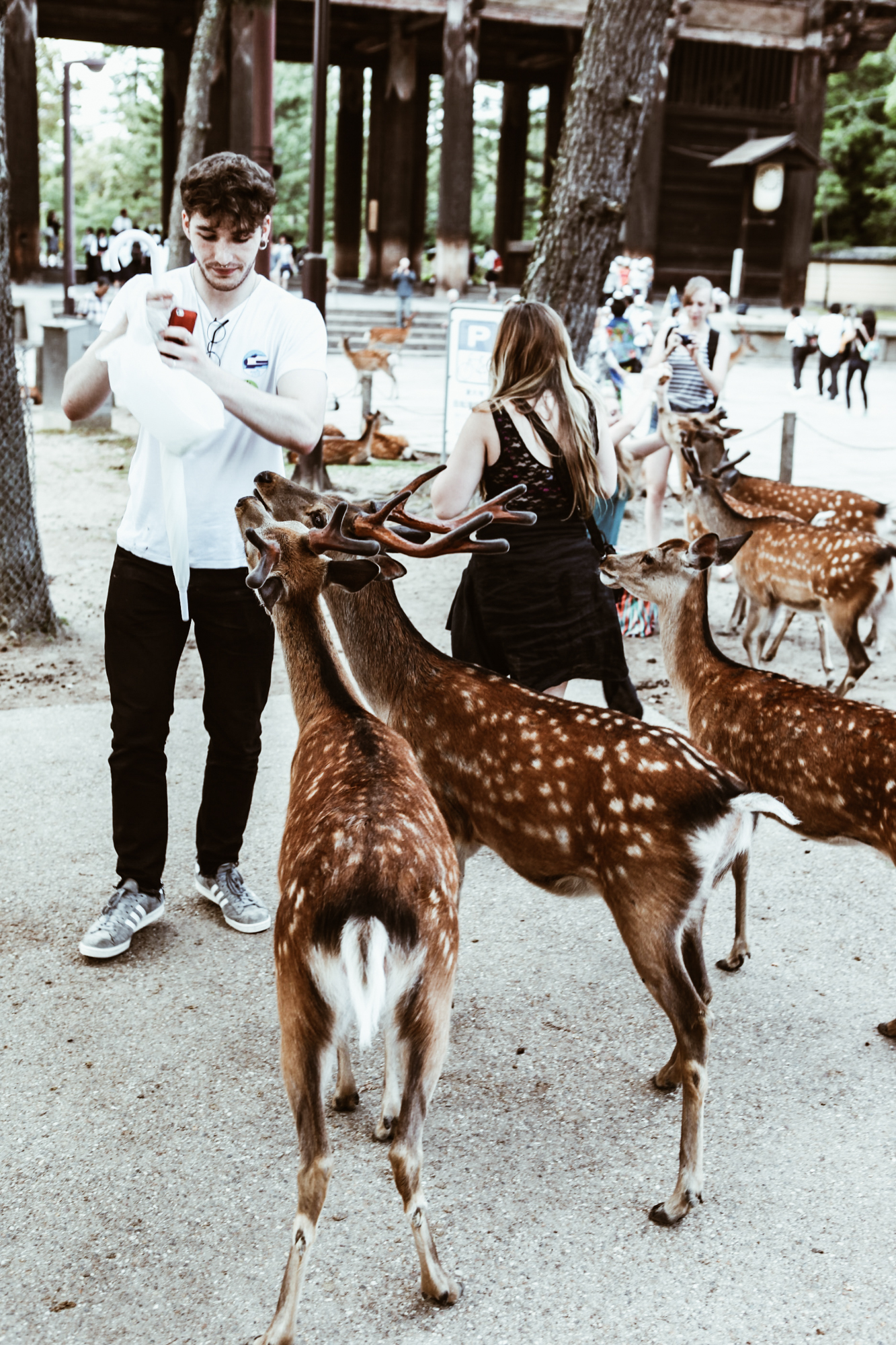

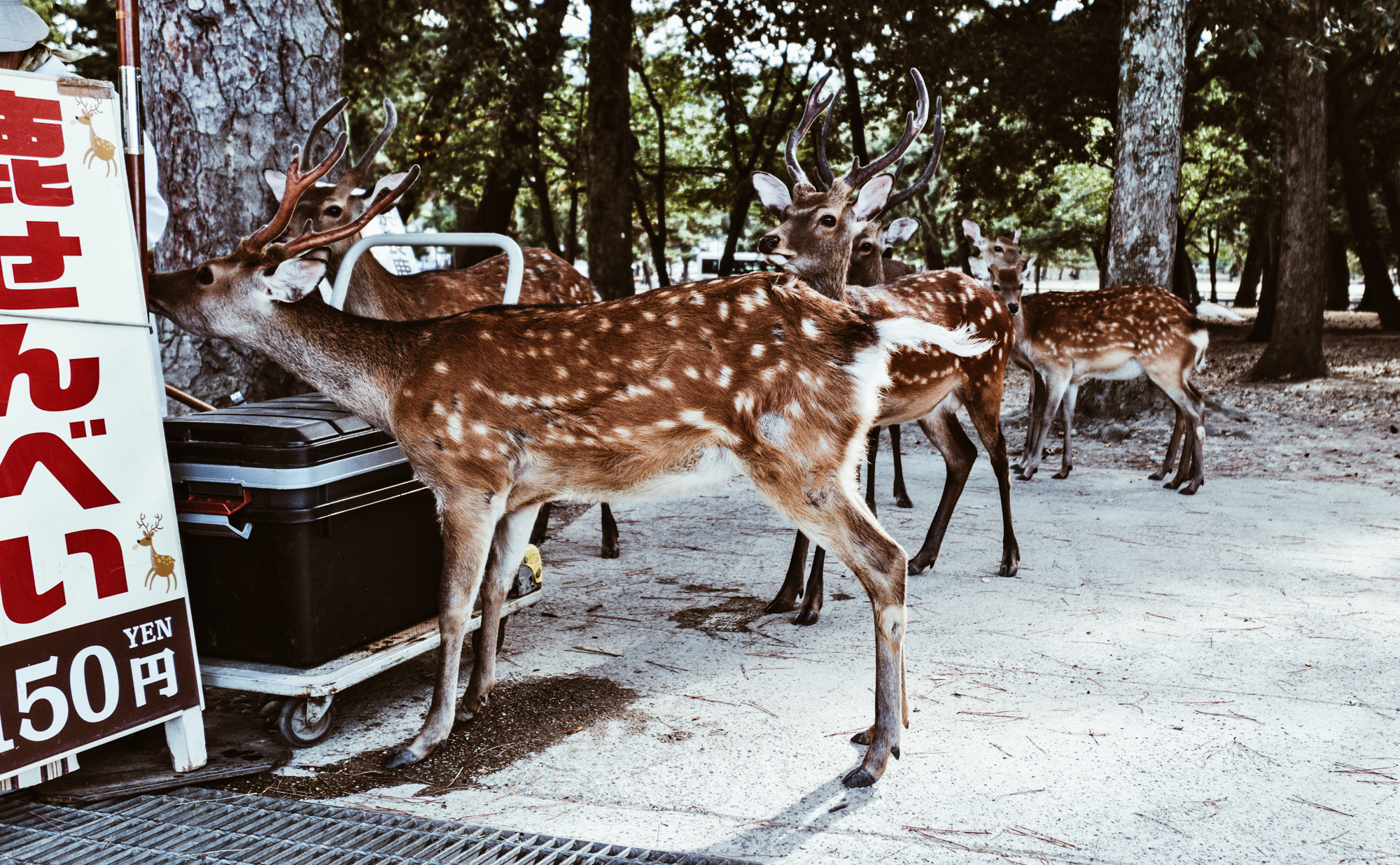
photo credits: japanitalybridge.com, coniferconifer, Bill Hails, Steffen Flor
If you pass through this city, you cannot miss the opportunity to spend time together with these magnificent creatures. It is also possible to buy special biscuits to feed the famous Nara deers. They will thank you with a bow, but be careful, the greed is around the corner, be careful not to get bitten!
video credits: japanitalybridge.com
Tokyo Disneyland Resort - 3 unforgettable days
Today we talk about the Tokyo Disneyland Resort. Walt Disney said that Disneyland would continue to grow until the imagination remained in the world. The visions of a great man have accompanied our childhood and still today give magic to millions of people. Theme parks have always been an extraordinary attraction that knows no age limits. Tokyo Disney Resort is a great alternative to Disneyland Paris, Disneyland California and Magic Kingdom in Florida.
If you are in this enchanting metropolis and have 3 days free from commitments and don't know how to spend your time, this guide will do for you!
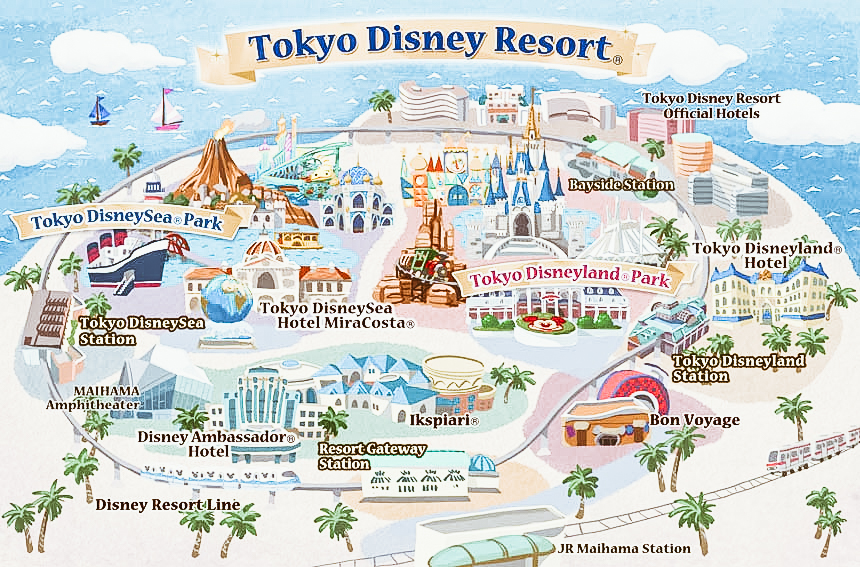
photo credits: .tokyodisneyresort.jp
The park, located in Chiba, is divided into two parts: Tokyo Disney Sea Park and Tokyo Disneyland Park. Our journey to discover this world of fantasy starts right from the first one to which we have decided to dedicate two days!
2 days at Tokyo Disney Sea Park
Divided into 7 thematic "ports", Tokyo DisneySea offers visitors numerous attractions, parades, shows, shops and restaurants.

photo credits: thegaijinghost.com
Our visit starts with Mediterranean Harbor: a beautiful and faithful reconstruction of the Mediterranean Sea. Here you will have the opportunity to make an adventurous ride on the steamer or visit the romantic canals of Venice aboard the characteristic gondolas. If you are a fan of astronomy and boating, you should not miss Fortress Explorations. In fact, through the visit of the fortress, you will see exhibitions on the study of the planets, the Earth's rotation and the functioning of the instruments used onboard a galleon.
A journey from America to Australia
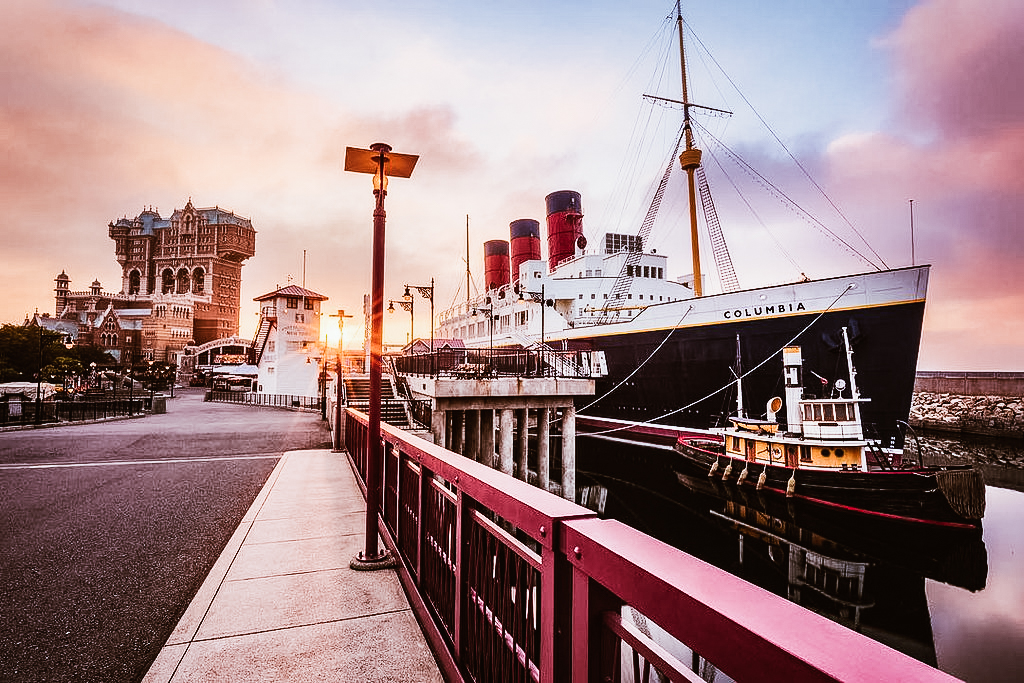
photo credits: tombricker
Moving on, we are transported to a New York of the twenties animated by new immigrants and by the New England fishing community of Cape Cod. We are at the American Waterfront equipped with an elevated railway, a traditional American Theater and a harbor among which the massive British Columbia stands out! Here we find the Tower of Terror, where guests will witness the fearful story of the tragic death of Harrison Hightower III after the theft of "Shiriki Utundu", a cursed African idol. If the thrill is not for you, you can enter the S.S. Columbia. Here you will have the chance to interact with Crush, the turtle of the Disney Pixar movie "Finding Nemo". However, the highlight is definitely Toy Story Mania. Recently built, it consists of a tour of Disney California Adventure Park and of Disney Studios in Hollywood, obviously based on Toy Story.
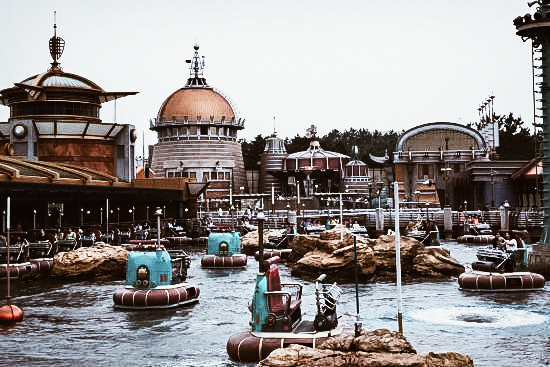
photo credits: RetroFuturism
A 4D cinema, moored submarines, and sci-fi adventures meet in Port Discovery, inspired by the visions of Jules Verne. A space-style port where two fictitious companies arise: the "Center for Weather Control" and the "Marine Life Institute" inspired by the Disney animated film Pixar "Finding Dory".
From Agrabah to Atlantide
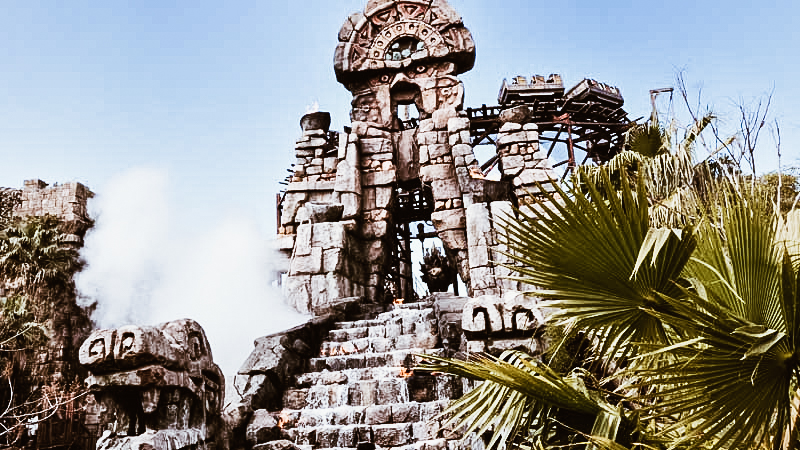
photo credits: tokyodisneyresort.jp
Are you Indiana Jones’ fans? Have you loved his adventures and somehow imagined living them? Now it is possible to do so in the Lost River Delta whose landmark is an ancient Aztec pyramid. Thanks to a careful reproduction of an archaeological site in a tropical rainforest of Central America in the 1930s you will experience thousands of adventures with traps and cursed temples!

photo credits: tdrfan.com
Don't you hear the music of snake charmers? It is the Arabian Coast, which unites the universe of the Disney movie "Aladdin" with the world of Agrabah and the thousand and one nights. Its atmosphere and Middle Eastern architecture are worth a stop: ready to fly on the magic carpet?
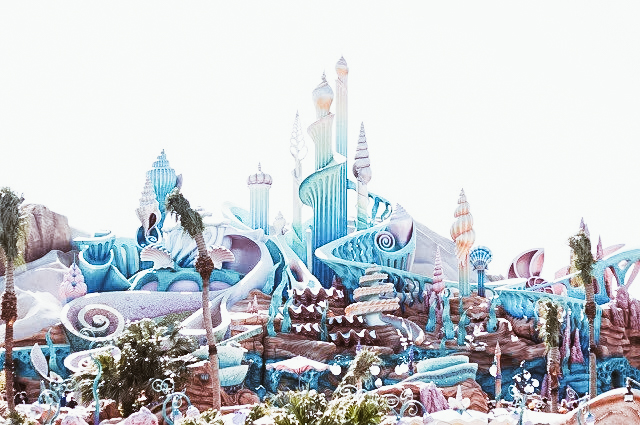
photo credits: findingsummersend.com
Imagine walking around the park and suddenly having the feeling of being underwater and then finding yourself in front of King Tritone’s Palace. It's all true, it's the Mermaid Lagoon inspired by the world of The Little Mermaid! Most rides in this area are aimed at younger children.
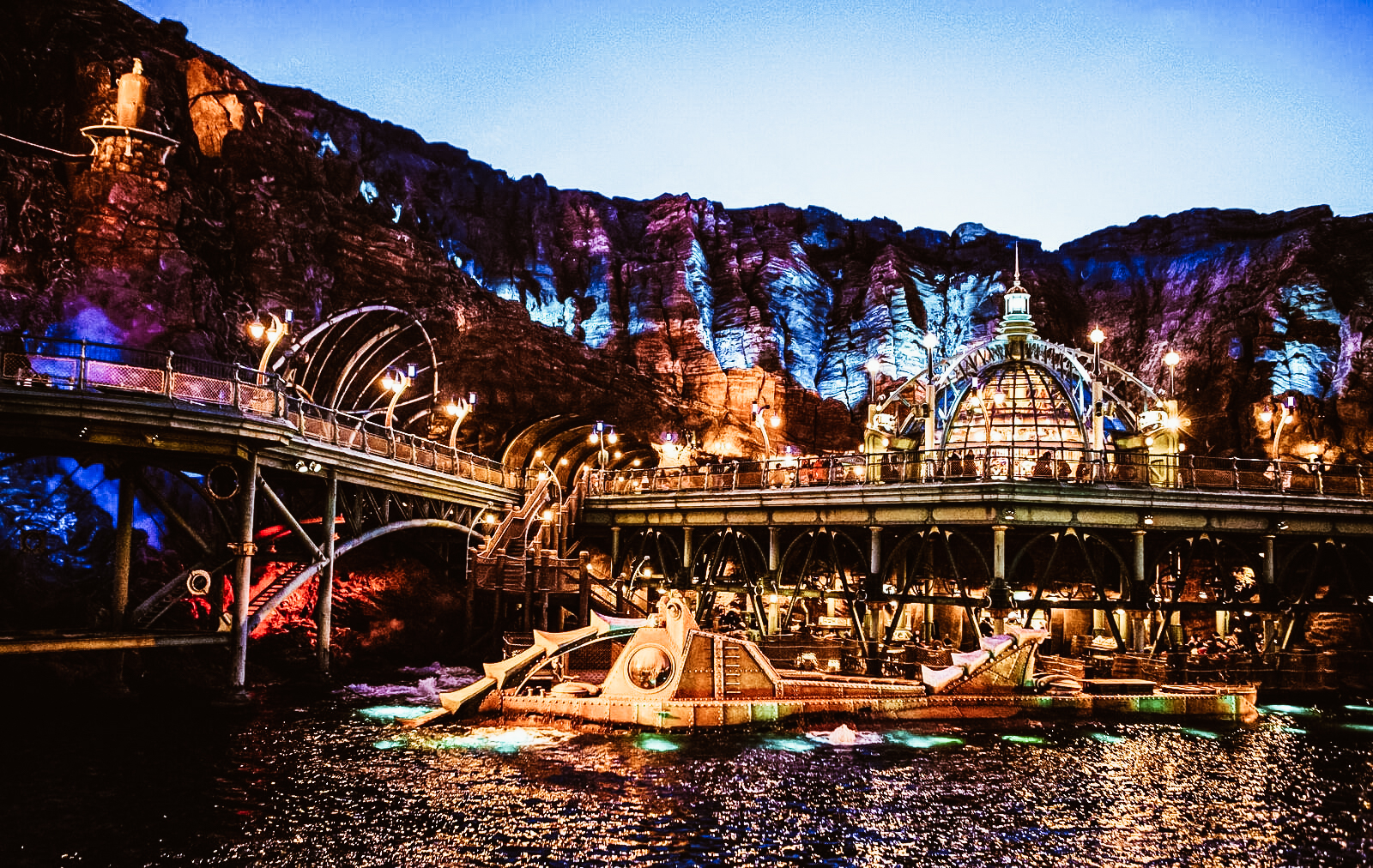
photo credits: tdrexplorer.com
Explosion? Lava? Yes, it is not a hallucination but the Mount Prometheus, an "active" volcano that is the location of Mysterious Island! We are back in the world of Jules Verne, and precisely in the lair of Captain Nemo of 20,000 leagues under the sea to face the journey to the center of the earth!
It was two days of adventure, wasn't it? Now it is the dawn of the 3rd day and our destination is Tokyo Disneyland!
1 day in Tokyo Disneyland
Just like the Disney Sea, Tokyo Disneyland is divided into as many theme areas, let the journey begin!
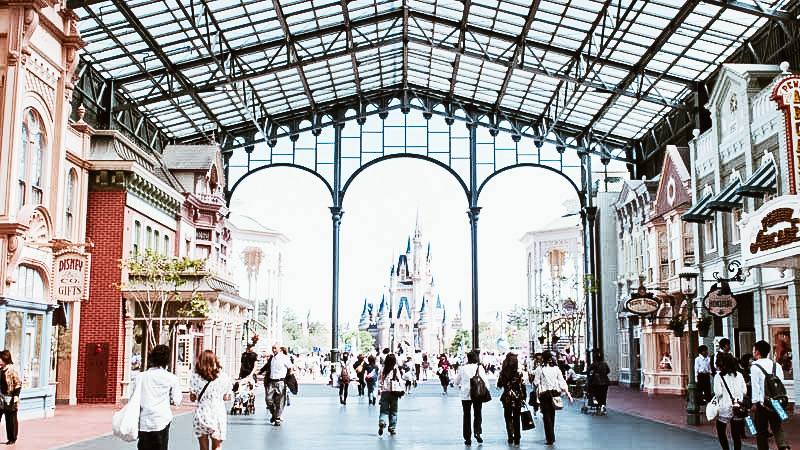
photo credits: tokyodisneyresort.jp
The World Bazaar is a strictly commercial indoor area that takes us back in time. We are in a small America, a city of the 20th century where the shops and restaurants that line the streets are in Victorian style.
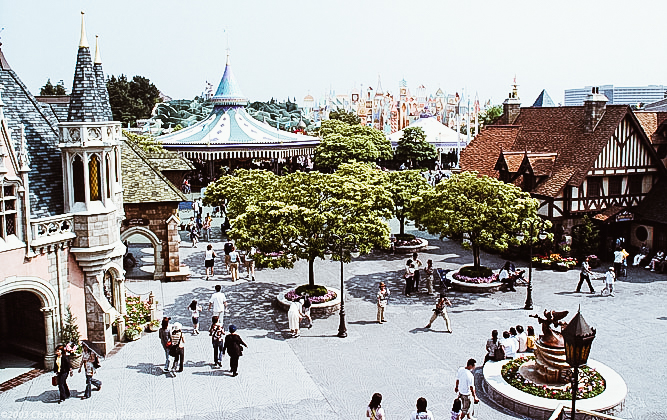 photo credits: tdrfan.com
photo credits: tdrfan.com
We are at Disneyland so you cannot miss an area totally dedicated to the world of the most beloved fairy tales like Cinderella, Snow White, Dumbo. But also Winnie The Pooh, The adventures of Mickey Mouse, Alice in Wonderland and Pinocchio, we are in Fantasyland!
Welcome to Toontown
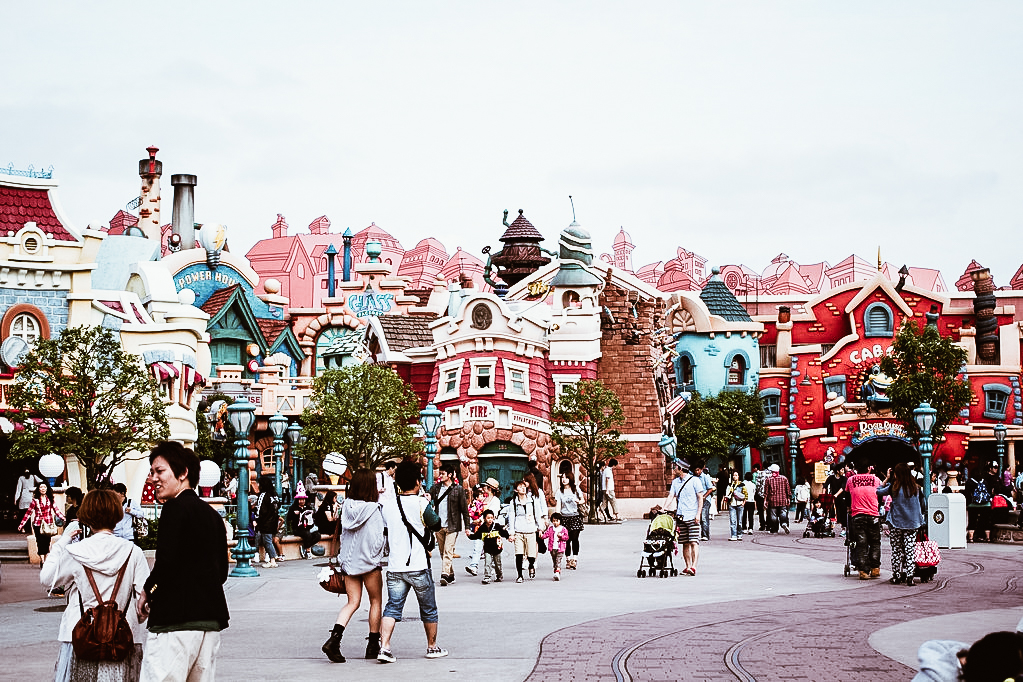 photo credits: cafetricot
photo credits: cafetricot
Remember "Who Framed Roger Rabbit?" In 1988? In the movie, "Toontown" was the city where all the cartoon characters lived. It was in this area that it was recreated in detail, in fact, you can meet them and visit their homes!
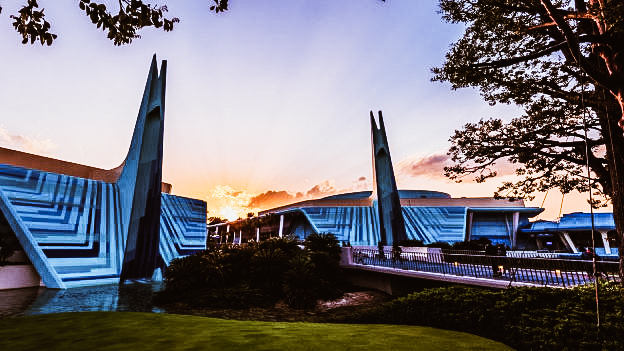
photo credits: disneyparks.disney.go.com
If we pause to think of the name Tomorrowland, the image that comes to mind is that of a futuristic world. However, in this case, Tokyo Disneyland gives up a vision based on realism and instead presents science fiction themes. The rides include Space Mountain, Star Tours - The Adventures Continue and Buzz Lightyear Astro Blasters.
The adventure continues
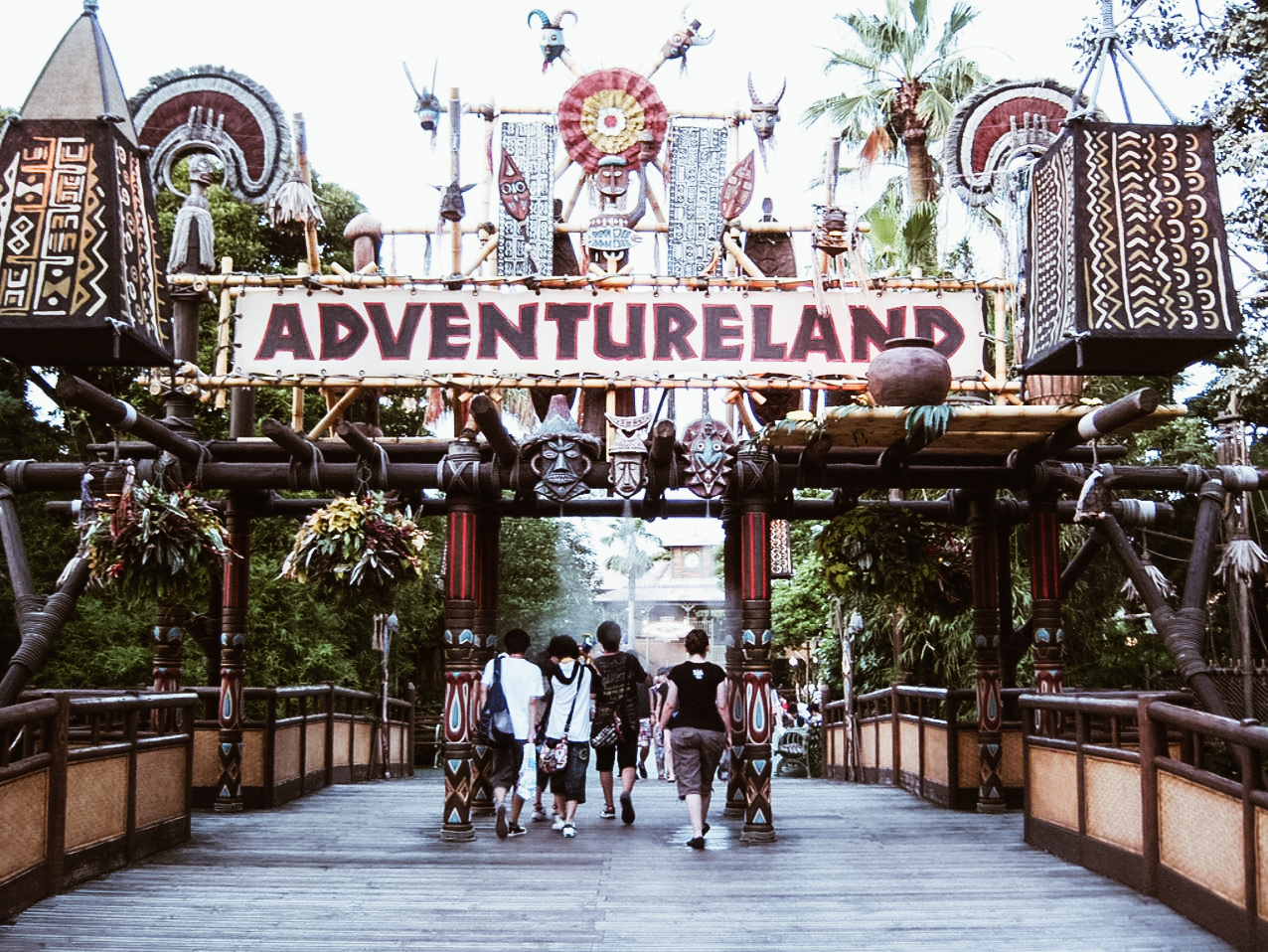
photo credits: youinjapan.net
A park without adventure is not a park, right? So here we are in Adventureland! Here we find two distinct but complementary areas, one with a New Orleans theme and the other with a "jungle" theme. It's a kind of combination of the areas of New Orleans Square and Adventureland that are located at Disneyland Park in the USA.
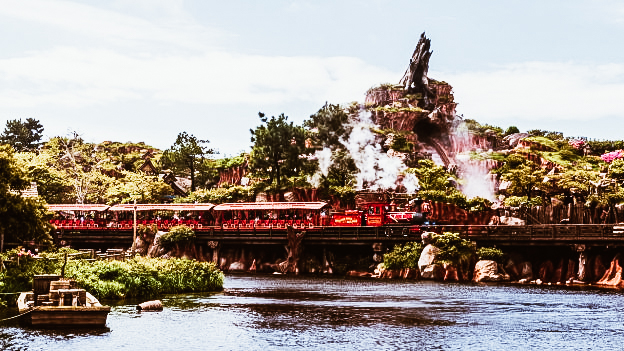
photo credits: disneyparks.disney.go.com
The Old West is always a timeless attraction and you can relive those Westernland atmospheres. Here the landscape is dominated by the Rivers of America, an artificial waterway that hosts the Mark Twain Riverboat, Tom Sawyer Island, numerous animals both true and animatronic.
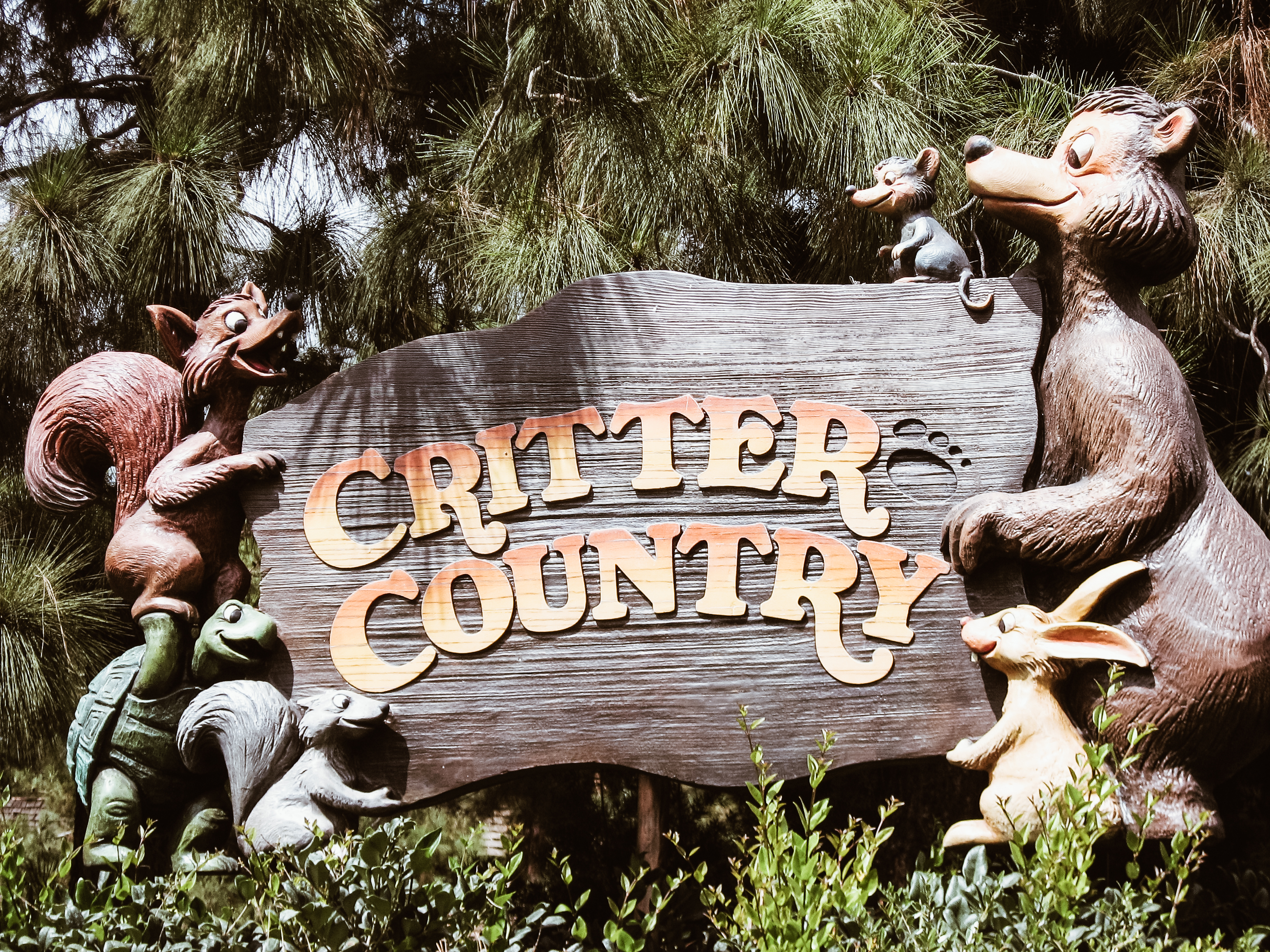
photo credits: wikipedia.org
The last area of the park is a small strip of land whose main attraction is Splash Mountain. Based on the characters, stories, and songs of the 1946 Disney movie "Song of the South", we find the classic ride-on logs. Initially peaceful, the excitement gradually increases, ending with a steep descent of about 15 meters. Because of its popularity, Critter Country is extremely crowded during the day.
Our 3 days at Tokyo Disney Resort have ended. What do you think of this little trip? I love theme parks, I consider them a way to cut the world out for a while and experience adventures that normally wouldn't be possible. That right wonder, that bit of adrenaline and all the romance that only the world of fairy tales can give us!
Hiroshima and Nagasaki, not to forget
Hiroshima and Nagasaki, two symbolic cities of Japan that remind us of the greatest mistake humanity has ever made.
The sad legacy of Hiroshima and Nagasaki
Located west of Honshū and facing the sea, Hiroshima (広島市) is the largest port city in Chugoku.

photo credits: viaggi-lowcost.info
Hiroshima
Founded by the daimyo Mōri Terumoto in 1589, Hiroshima passed into the hands of various administrations. In 1938 it became a military centre of strategic and military importance throughout the Second World War. No bombing struck the city until that tragic August 6, 1945, at 08:16:08. "Little Boy", the first atomic bomb ever used in a conflict, was launched by the United States over the city causing thousands of victims instantly. However, these increased in the months following the causes of radioactive fallout. Despite the radioactivity, the city was rebuilt in 1949 regaining its industrial importance.
The damage caused by the atomic bomb persisted in the following years and in 1955 the Hijiyama medical centre was established, where to welcome, study and treat the sick. In the early 70's the "Atomic Bomb Casualty Commission" was born to control the land and the air.
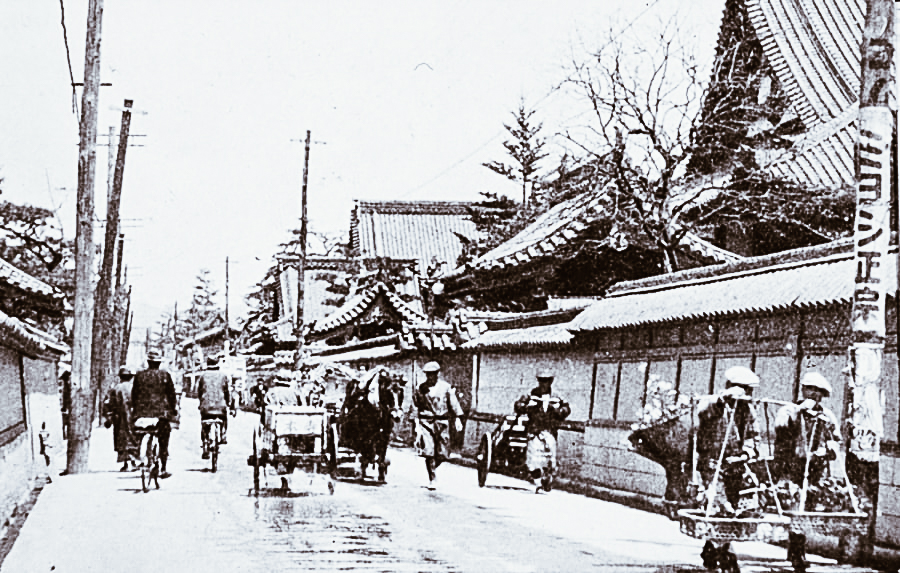
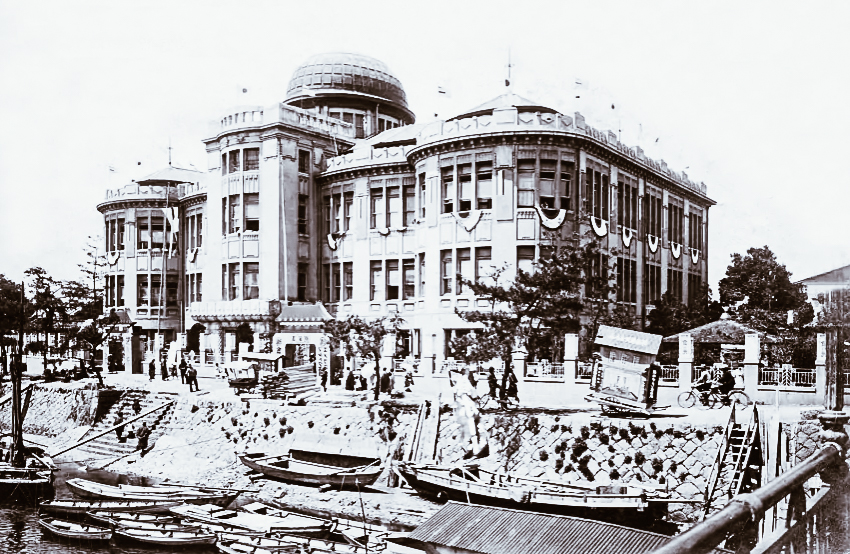
photo credits: focus.it
Although the city was razed to the ground on that tragic day, only one building resisted bringing with it the sad signs of what happened. We are talking about the Genbaku Dome (原爆ドーム, the dome of the atomic bomb). However, before the war, the palace was the seat of the ancient chamber of commerce, today it is classified world heritage by UNESCO as a testimony to the devastation of nuclear weapons.
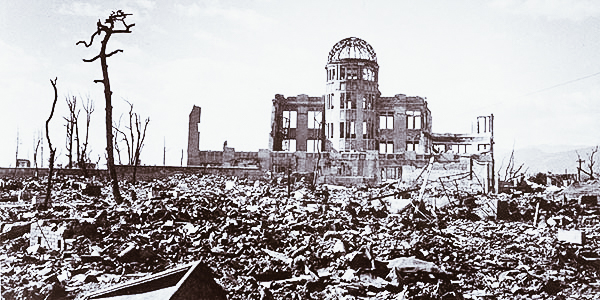
photo credits: agrpress.it
Visit Hiroshima
What history has left us must be a warning to the future and both Hiroshima and Nagasaki are a living example. In this regard, if you plan to visit Hiroshima, one of the milestones is the Peace Park. It includes the Peace Museum and the Cenotaph of the memorial for the victims of the atomic bomb. The latter, built by the architect Kenzo Tange, lists the victims of the bomb whose epitaph reads: "May souls rest here in peace so that hell is not repeated". We cannot then forget the dome of the bomb.
For any information regarding the Hiroshima Peace Memorial Museum you can visit the official website in English.
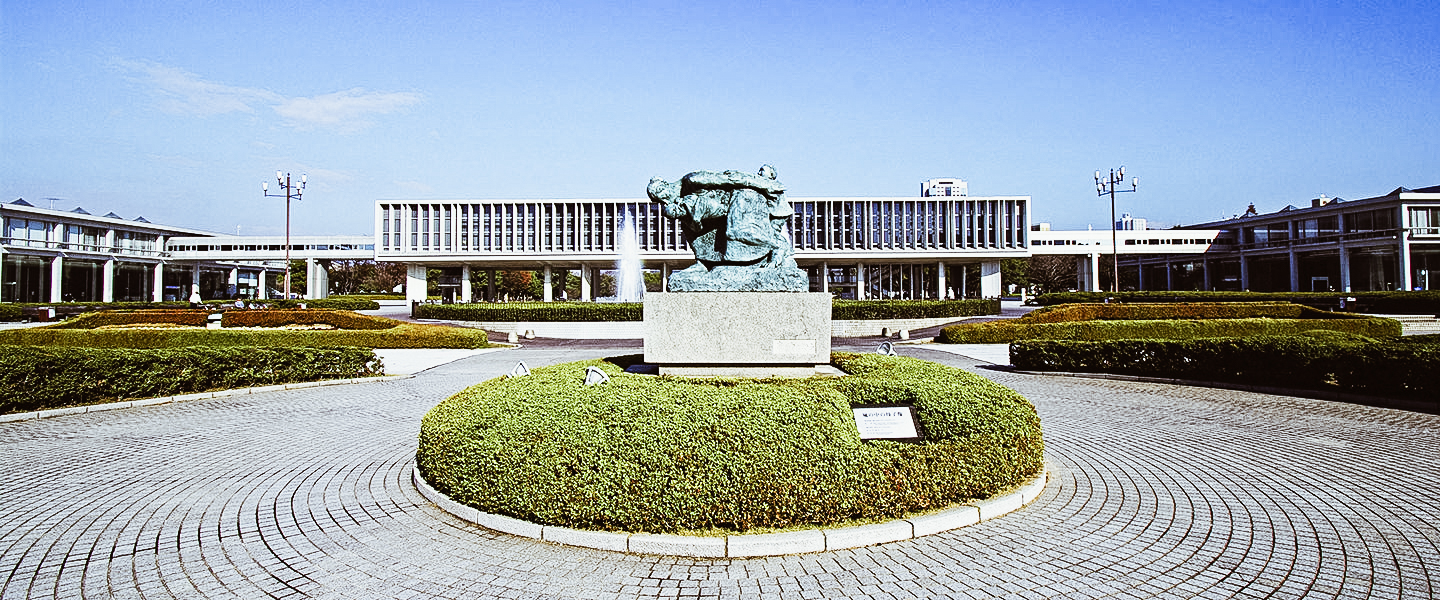
photo credits: visithiroshima.net
In the city, we can find other interesting museums, such as the Hiroshima Museum of Art. Here the museum displays a vast collection of modern European art, from romanticism to impressionism. Moreover, the Hiroshima MOCA (museum of contemporary art) exhibits the works of Japanese and foreign artists after the Second World War.
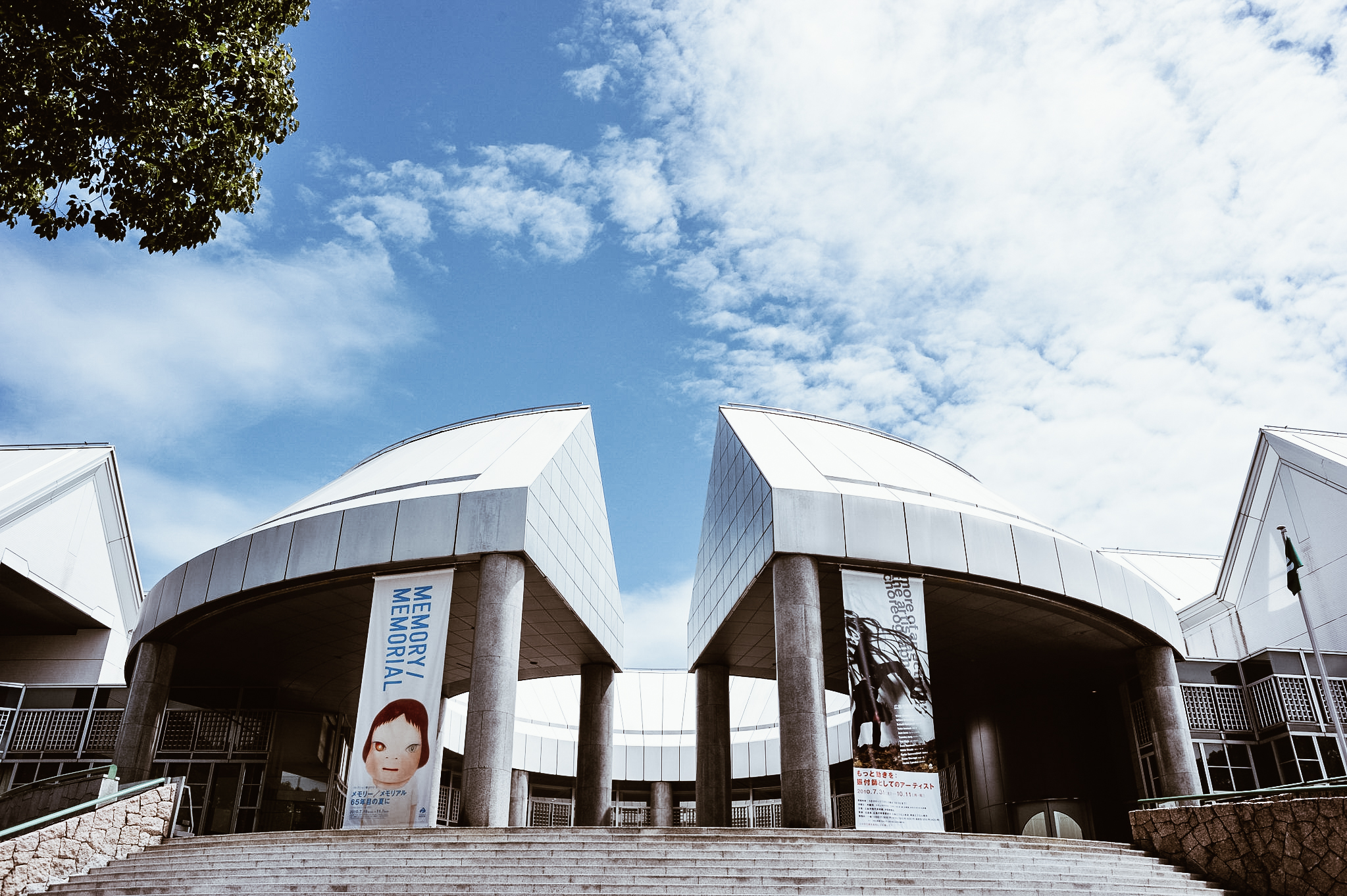
photo credits: maitreyoda
The Shukkei-en garden and Hiroshima Castle
The Shukkei-en garden was built in 1620 during Shigeyasu Ueda on the orders of Asano Nagaakira, daimyo of Hiroshima han (fief). Used as a residence of the Asano family in 1940, and then given to the prefecture of Hiroshima. Located very close to the zero point of the nuclear attack, the Shukkei-en suffered extensive damage and later became a refuge for war victims. After renovations, it reopened to the public in 1951.
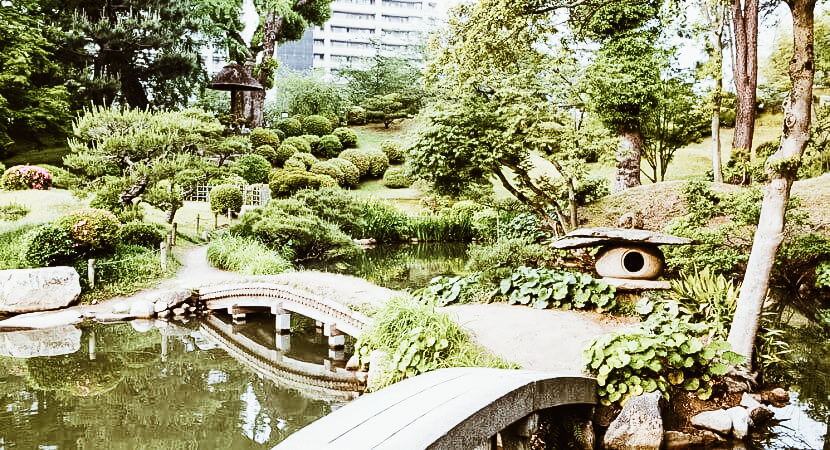
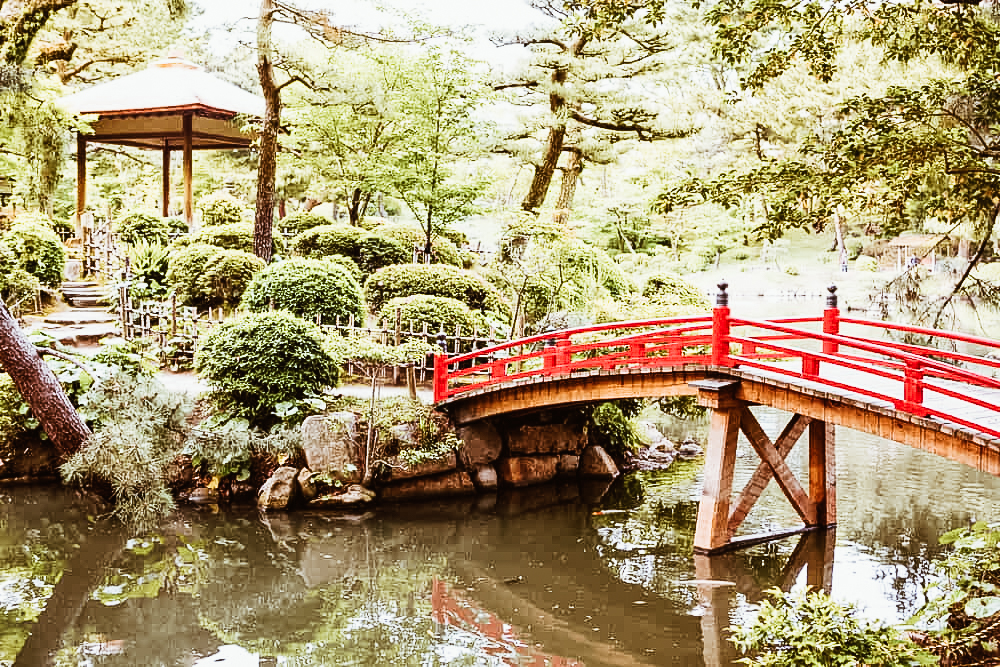
photo credits: thetruejapan.com
A Castle is closely connected to this wonderful garden, it's the (広島城) Hiroshima-jō also called (鯉城) Rijō literally Carp-Castle. In fact, the exterior, completely painted in black, would refer to the image of a black carp. Built in 1590, it became the residence of the lord of the feud, Mori Terumoto. Destroyed by atomic bombing, it was faithfully rebuilt in 1958.
It is currently the home of the Hiroshima history and culture museum surrounded by a public park. From the top of the castle, you can enjoy a splendid view of the port of Hiroshima and the island of Miyajima.

photo credits: fr.japantravel.com
To discover all the attractions and wonderful temples that rise in Hiroshima, you can visit the official site of the city (in English).
Nagasaki
Like Hiroshima, Nagasaki (長崎市) is today an important international trading and port centre.
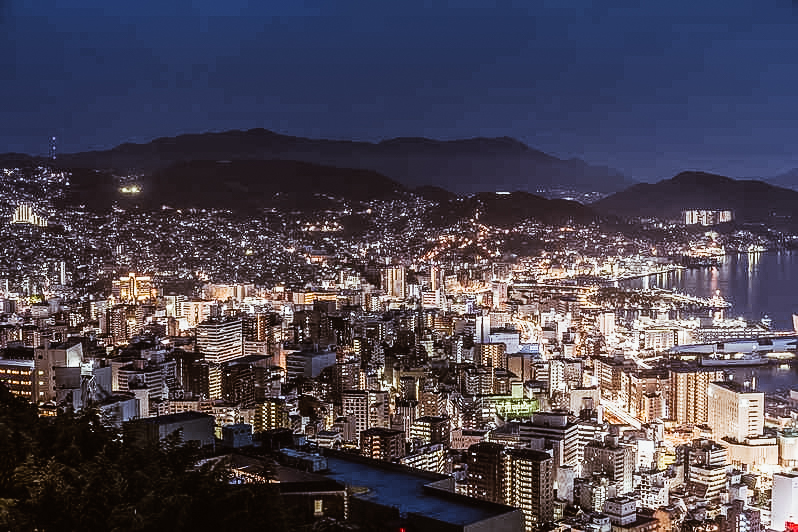
photo credits: getyourguide.it
This modern town with a thriving maritime economy developed in the 11th century, expanding rapidly. In 1568 the daimyo Ōmura Sumitada converted to Christianity and made Nagasaki an international port, thus opening it to the influence of Europe. However, when the army chief Toyotomi Hideyoshi came to power, the city turned into a nightmare for Christians. In fact, on February 5, 1597, 26 people who professed the Christian religion were crucified. Christianity was banned and the kakure kirishitan (隠れキリシタン), Christians who professed their faith in great secrecy and clandestinity, spread. It was only with the Meiji Restoration in the mid-800s that religious freedom made Nagasaki the centre of Japanese Catholicism. The city became even stronger from the industrial point of view.
However, this also marked the condemnation of Nagasaki. On 9 August 1945, three days after the bombing of Hiroshima, the now-famous "Operation Manhattan" by the USA was implemented. "Fat Man", the second atomic bomb, fell on the city.
Being purely an industrial zone and being the bomb less powerful than that of Hiroshima, the victims of the attack were significantly lower. In 1949 Nagasaki was quickly rebuilt and all its economic prestige recovered.
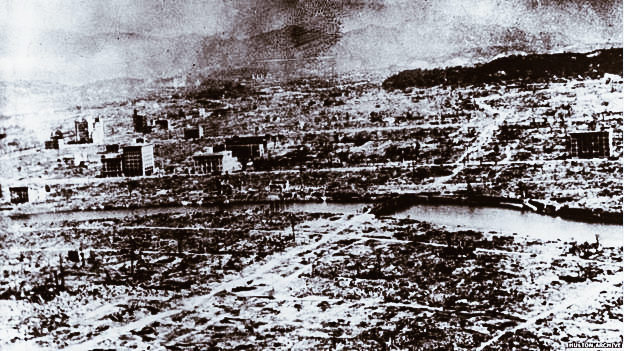
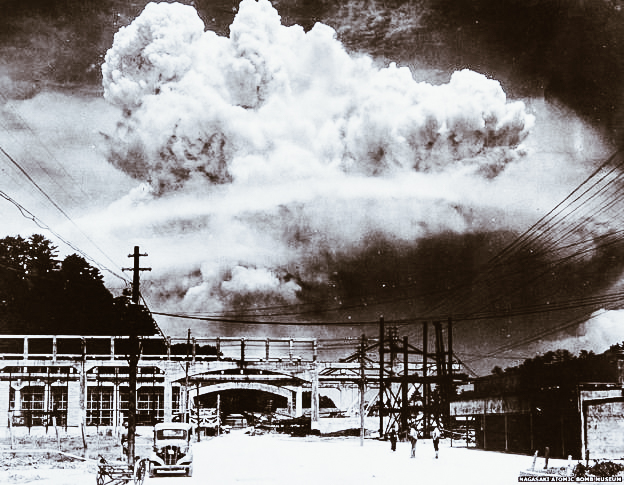
photo credits: bbc.com
Nagasaki's wounds
The symbol of the history of Christianity in Japan is the Twenty Six Martyrs Museum which commemorates the 26 martyrs killed in 1597.
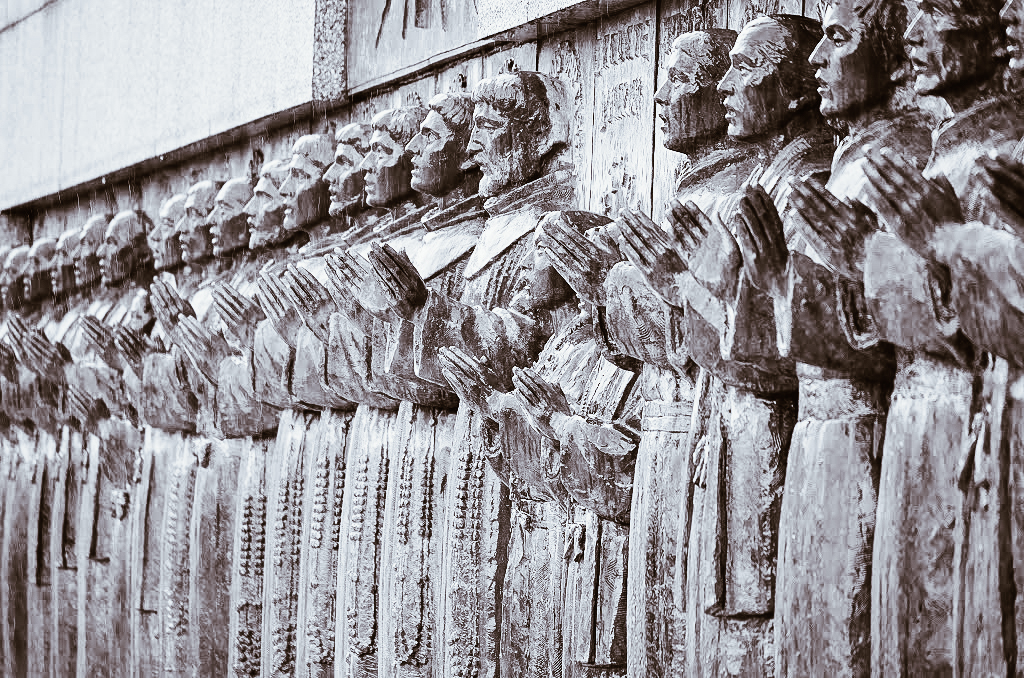
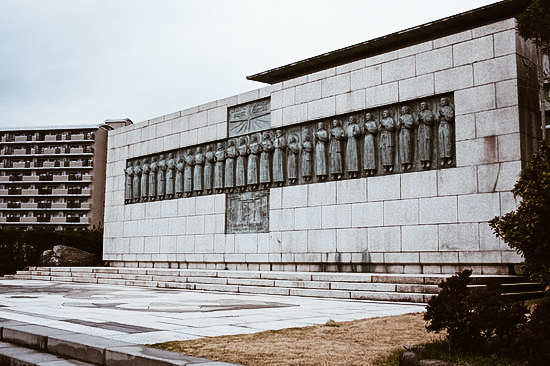
photo credits: tropki.com, tripadvisor.it
Of course, as in Hiroshima, the Nagasaki Atomic Bomb Museum is also a milestone in this journey. A memorial showing the city before and after the bombardment with the aim of pushing people to reflect on what truly means peace and denuclearization. Moreover, exactly in the place where the bomb broke out, stands the Peace Park.

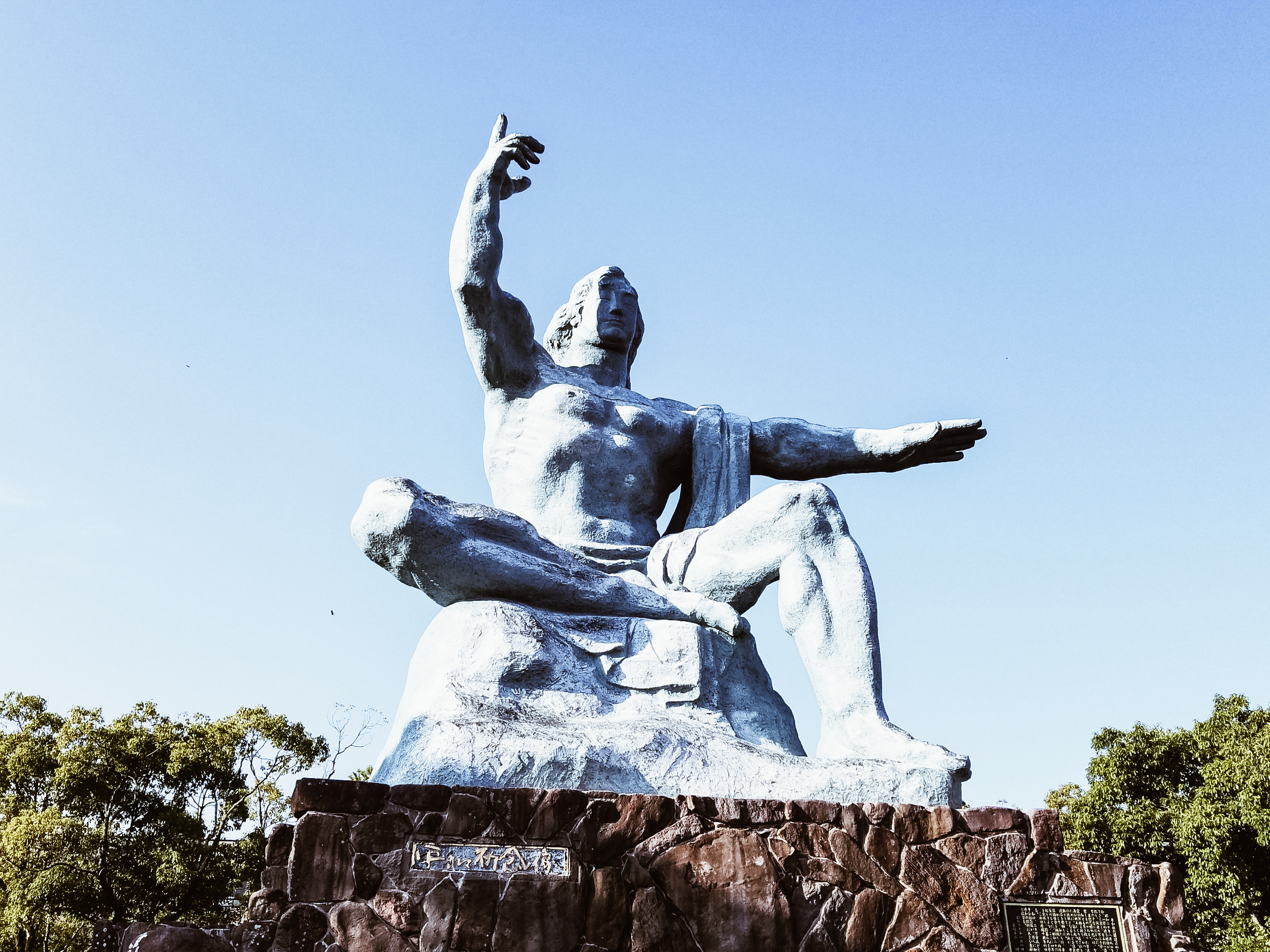
photo credits: welcomekyushu.com, wantabi.info
At 20 km from the port, there is Gunkanjima (Hashima Island, the armoured island), the smallest most populated island in the world, or so it was until the 70s. In order to accommodate as many people as possible, the island took on the appearance of a massive battleship. Later, it was completely abandoned, becoming an example of industrial archaeology that attracts ruins enthusiasts!
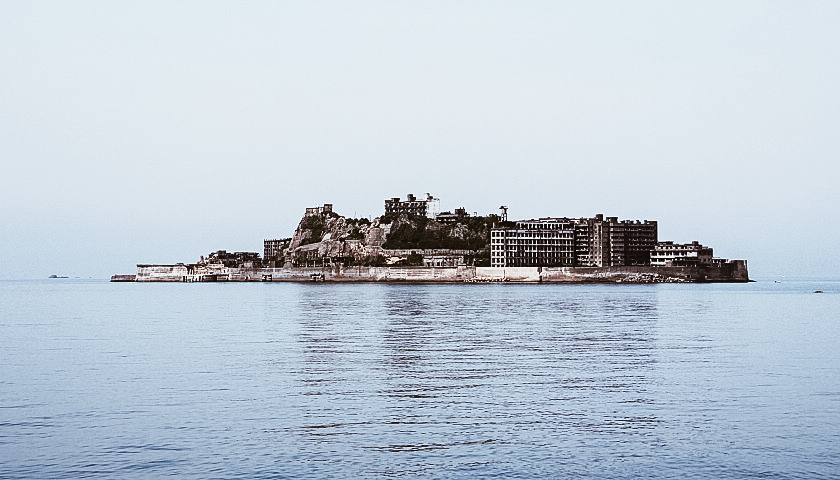
photo credits: japan-guide.com
Visit Nagasaki
If you are a fan of breathtaking city views, a must is the summit of Mount Inasa (稲佐山, Inasayama) which, with its 333 meters, is located near the centre of Nagasaki. Besides the car and the bus, you can use the cable car to fully appreciate the beauty of the surrounding nature!
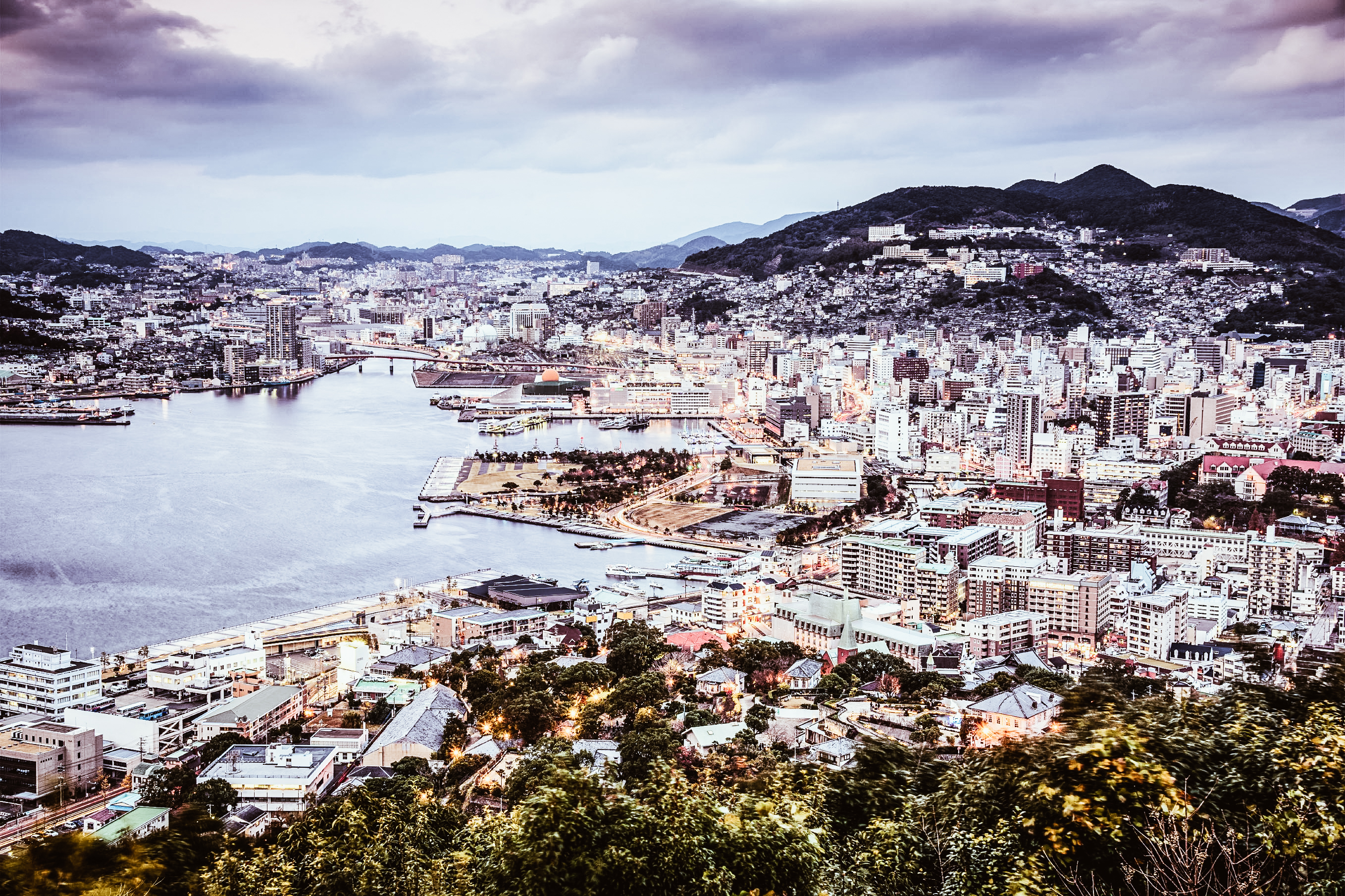
photo credits: travel.gaijinpot.com
Naturally, Japan has accustomed us to splendid corners of paradise-like gardens. In fact, in Nagasaki we find the Glover Garden. Located on the hill where Western merchants settled since 1850, it is a real museum where you can visit the buildings of the time.

photo credits: japanmeetings.org
Among the many temples, there is something that is not easy to find in Japan. We are talking about the Basilica of the Twenty-Six Holy Martyrs of Japan (日本二十六聖殉教者堂) or Ōura Church (大浦天主堂 Ōura Tenshudō). It is a Catholic church dating back to the Edo period. For many years it was the only Western-style building inscribed in Japan's National Treasury and is considered the oldest church in Japan.
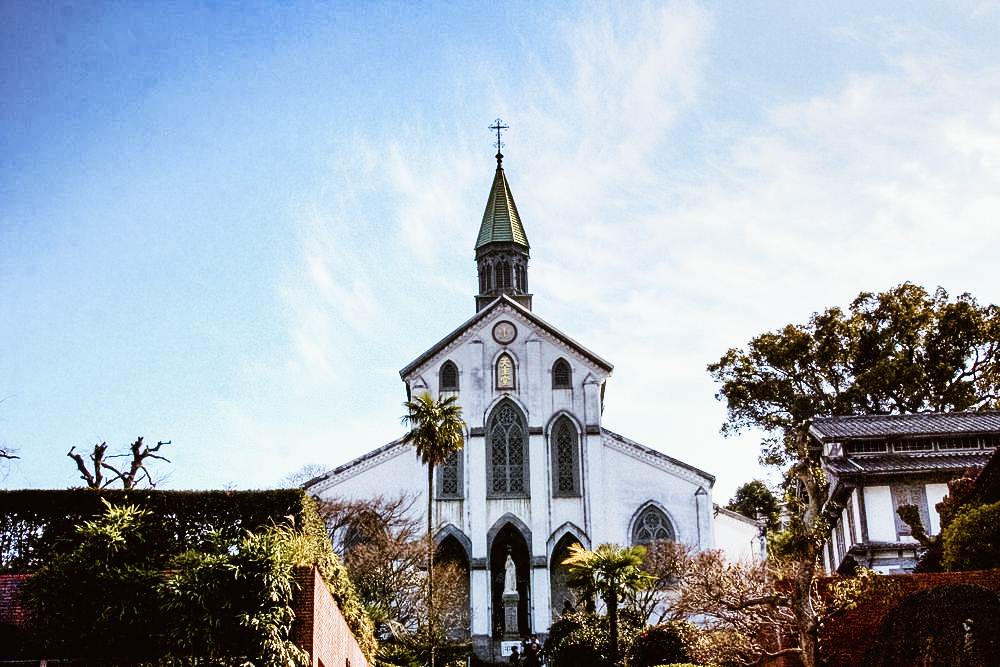
photo credits: yitubao.com
Behind the sad story that unites these two cities, there is the great strength of a Nation that has always known how to rise back up. Hiroshima and Nagasaki are historical testimonies that we wanted to remind you of and that too often are considered as distant realities, but which instead must make us reflect deeply, not to forget what happened.
Japan Tradition: Akita Kantō
The Akita Kantō (秋田竿燈まつり) is the Akita city festival. It is celebrated from 3 to 7 August with the aim of praying for a good harvest. This festival is very special, and to participate there is a need for special skills.
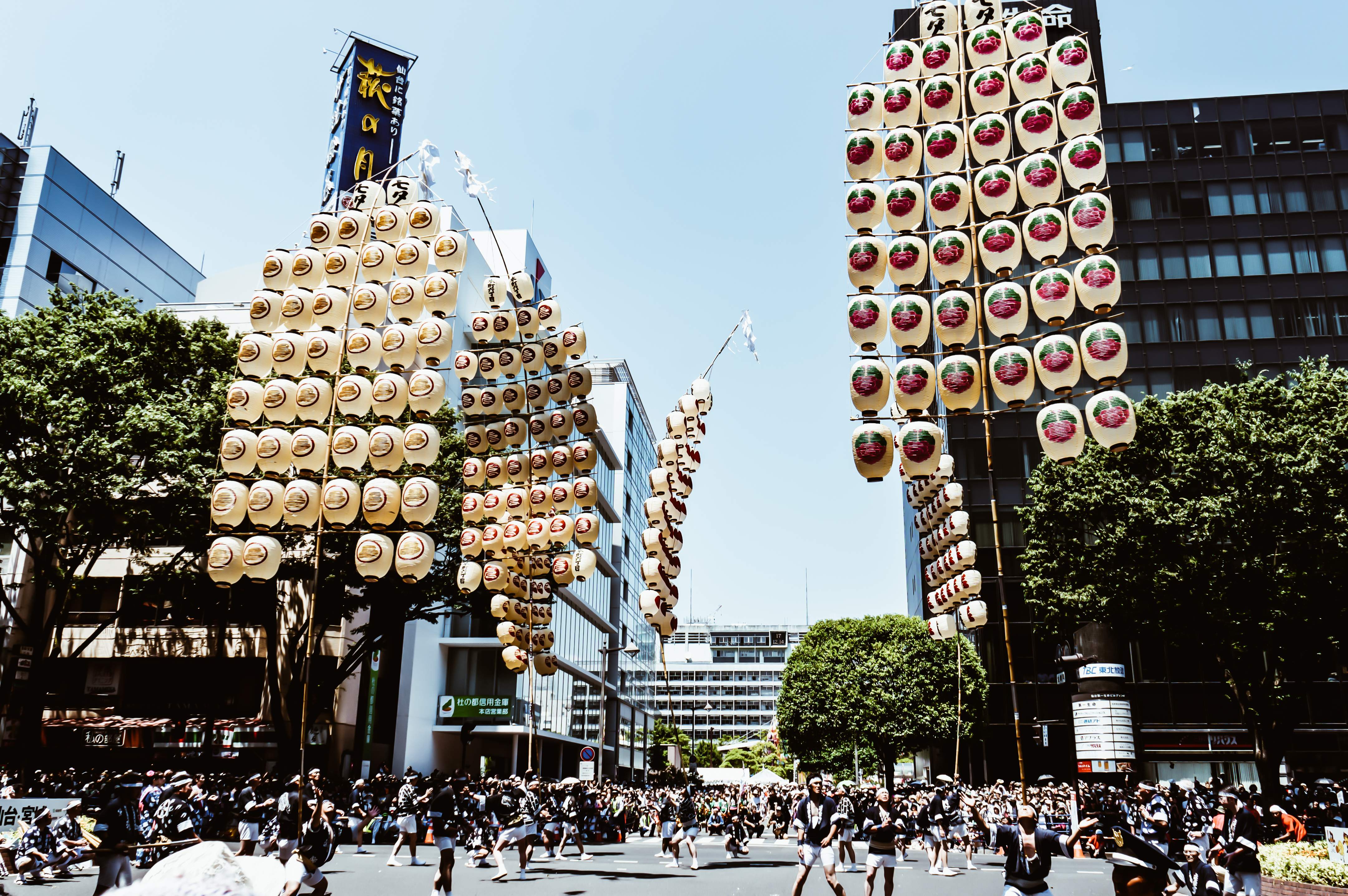
photo credits: Zamboni.
The peculiarity of the Akita Kantō
If you have never had the chance to attend this particular matsuri, surely today you will be surprised. In fact, the festivities consist of taking bamboo poles around the city by night. And so far it could even be simple, except that these poles have a length that varies from five to twelve meters. Furthermore, on top of these, there are twenty-four or twenty-six lanterns with gohei (wooden sticks) attached. The total weight of these poles can reach 50 kilos. They are transported through the city streets on the palms, foreheads, shoulders or backs of the participants.
The Akita Kantō is one of the main festivals in the Tōhoku region together with the Tanabata, the Aomori Nebuta Matsuri and the Hanagasa Matsuri. In fact, in 1980 it was defined as an important and intact property of folk culture.
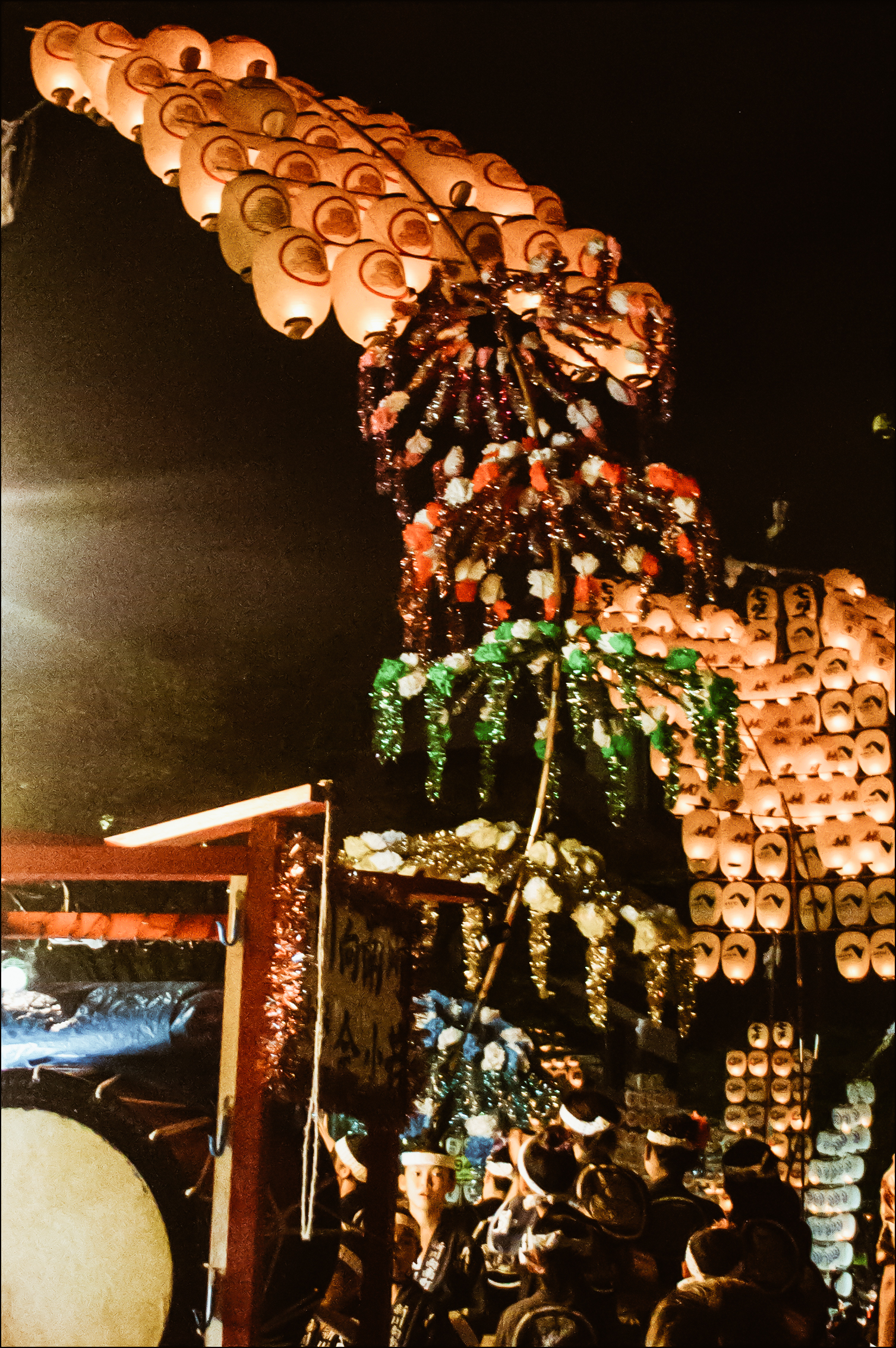

photo credits: Laura Tomàs Avellana, hitoyam
The origins
The festival originates from Neburi Nagashi, a celebration that was intended to free from illness and negativity during the summer. Already present during the Horeki period, in the middle of the Edo era, evidence can be found in various historical documents. One of these is "Yuki no huru michi" (written by Soan Tsumura in 1789). This is indeed the oldest documentation describing Neburi Nagashi, which says that the festival was held on 6 July according to the lunar calendar and it's defined as the original Akita tradition.
During Neburi Nagashi, people decorated bamboo trees and plants with pieces of paper where they wrote their wishes. Later, the participants walked around the city with these plants along with candles and lanterns. Later, Neburi Nagashi took the name of Kanto.



photo credits: foxeight
The history of the Akita Kantō
The current name of the event was used for the first time by Tetsusaku Okubo in 1881. In this period, in fact, the emperor Meiji visited Akita. Here Okubo suggested entertaining the emperor with the Kanto performance.
Due to the change of the lunar-to-solar calendar in 1872 and given the smaller number of Kanto participating in the festival, the realization of the latter began to be uncertain.
However, in 1908 the emperor Taisho visited Akita and fell in love with the Kanto performance. The following year, a soft drink company printed its products' names on the Kanto lanterns. These two events led to the restoration of the Kanto festival and its change of dates, to avoid the rainy season.
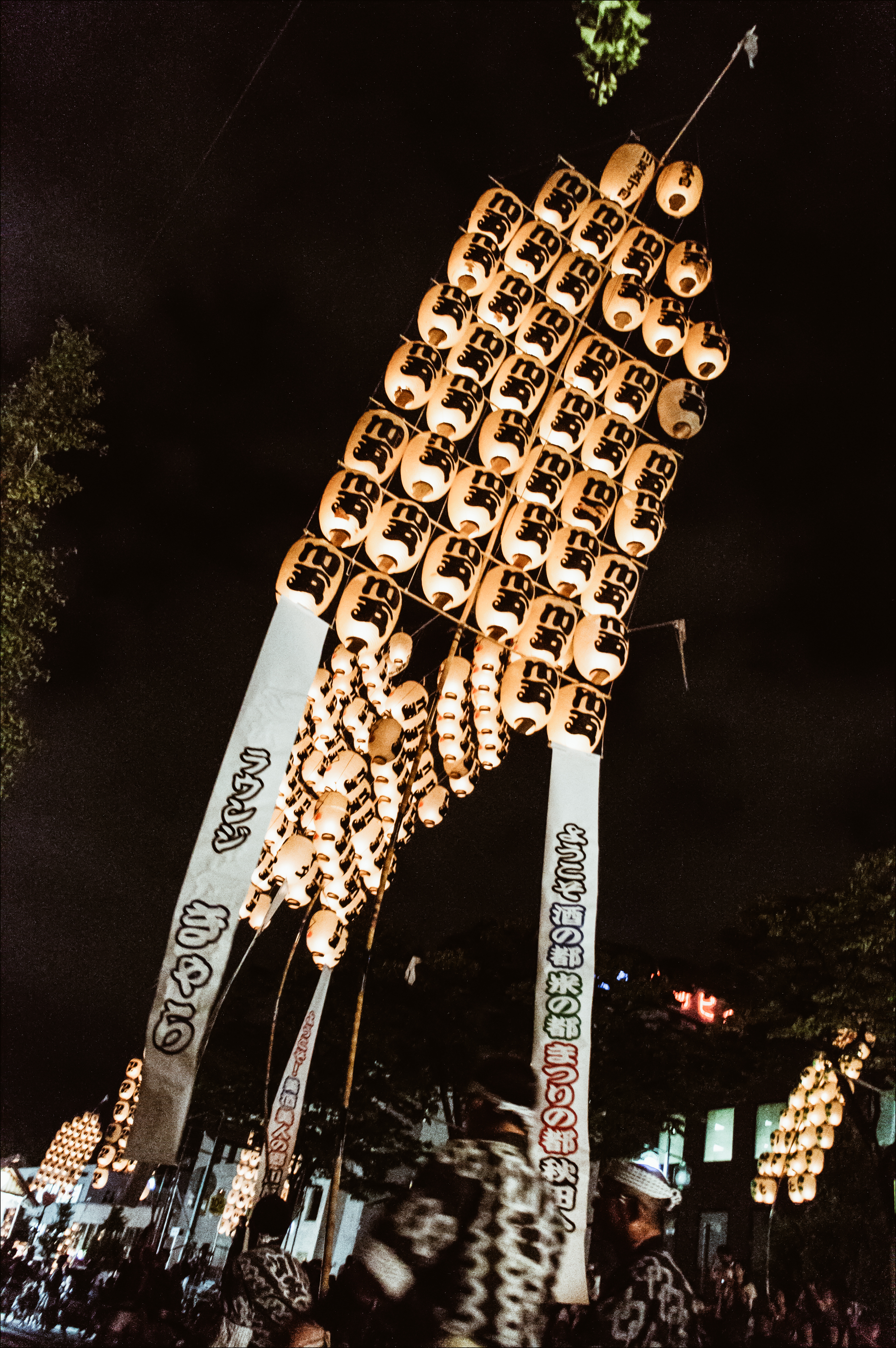
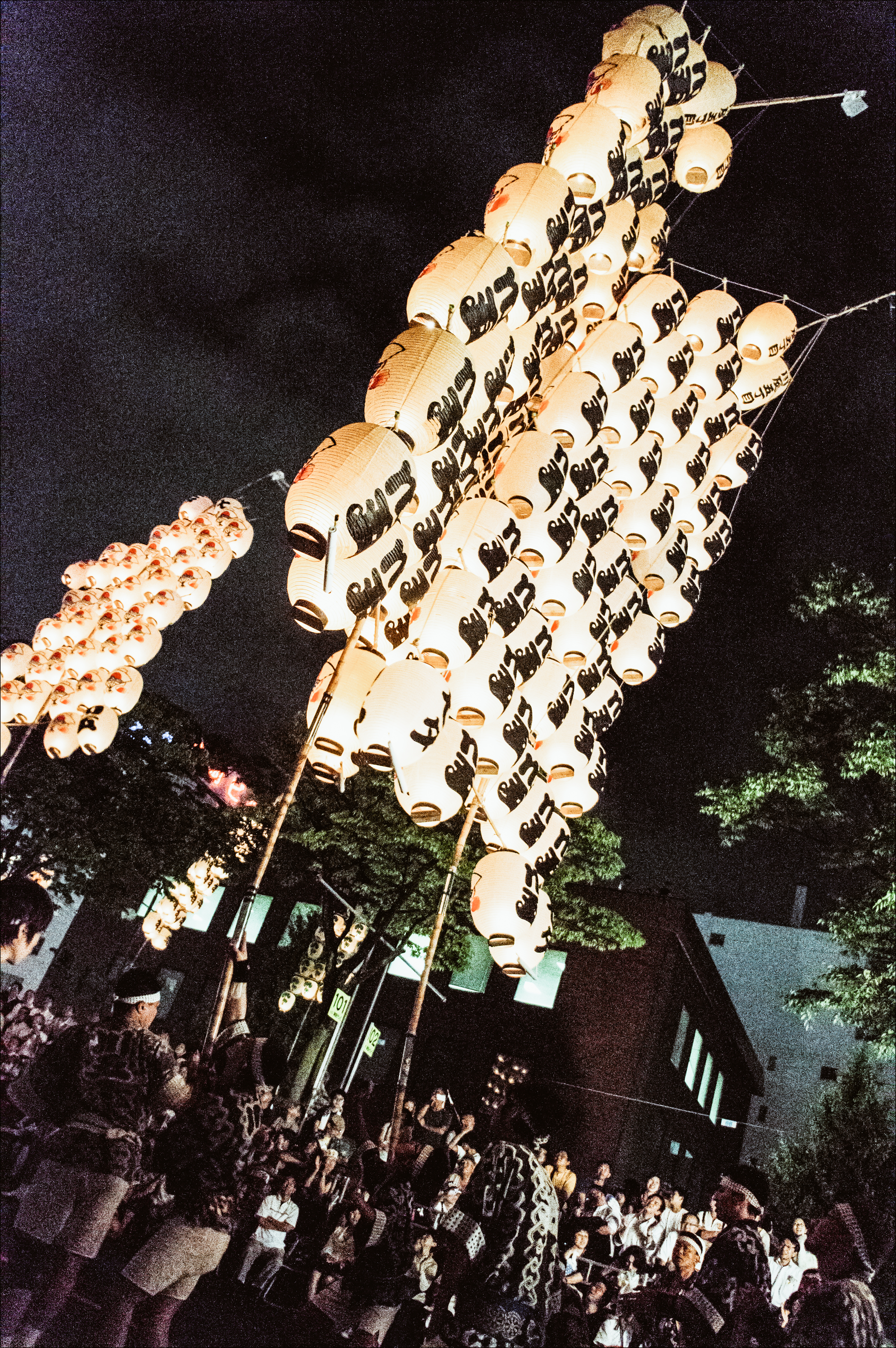
photo credits: Laura Tomàs Avellana
As a result, the number of visitors increased and the Kanto Society was established in 1931 was in charge of managing the festival.
Afterwards, the festival was canceled during the Second World War, and then after the end of the conflict, the Executive Committee of the Kanto Festival was created.
In 1976, after a successful performance in San Diego, USA, Kanto became popular in various countries.
Cos’è il Kantō
Literally, Kantō means "a pole with lanterns" and is made from bamboo poles and rice paper lanterns hung on horizontal bars.
The main bamboo pole is called "Oyatake" and they are of rather thick features and all produced in Japan. There are even very strict rules on the thickness and the spaces of junction from the root for these poles.
Therefore, people who choose the pole must be very demanding on the type of bamboo used to produce Kantō.

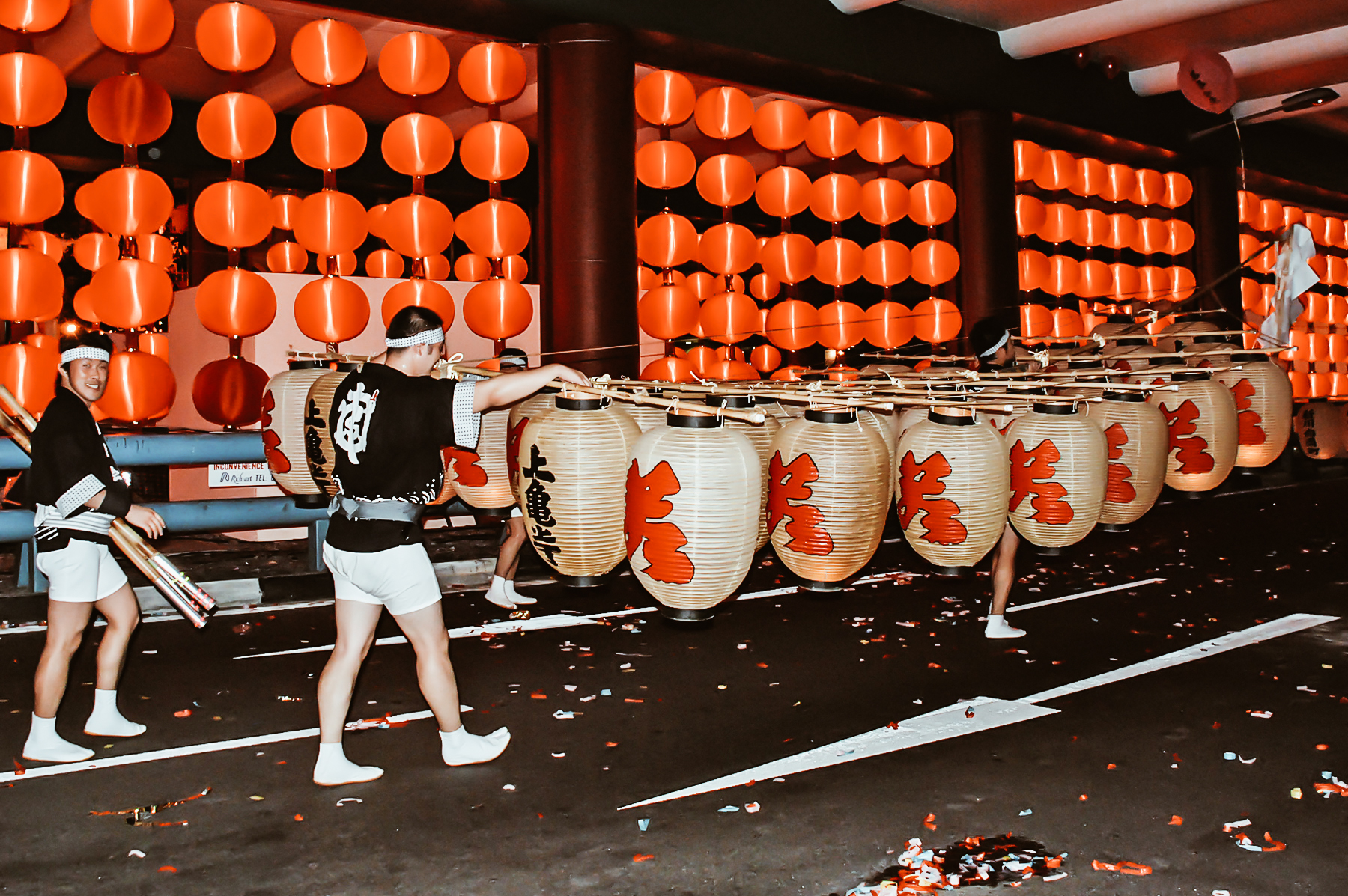
photo credits: Laura Tomàs Avellana, Choo Yut Shing
The horizontal branches are called "Yokotake" and it is here that lanterns are hung. The pieces of bamboo used to make the Oyatake even longer are called "Tsugidake".
The Kantō are divided into four categories with regulated length: Oowaka, Chuwaka, Kowaka and Youkawa.
Kantō techniques
There are various techniques for using Kantō from the name "Myogi" and divided into 5 categories.
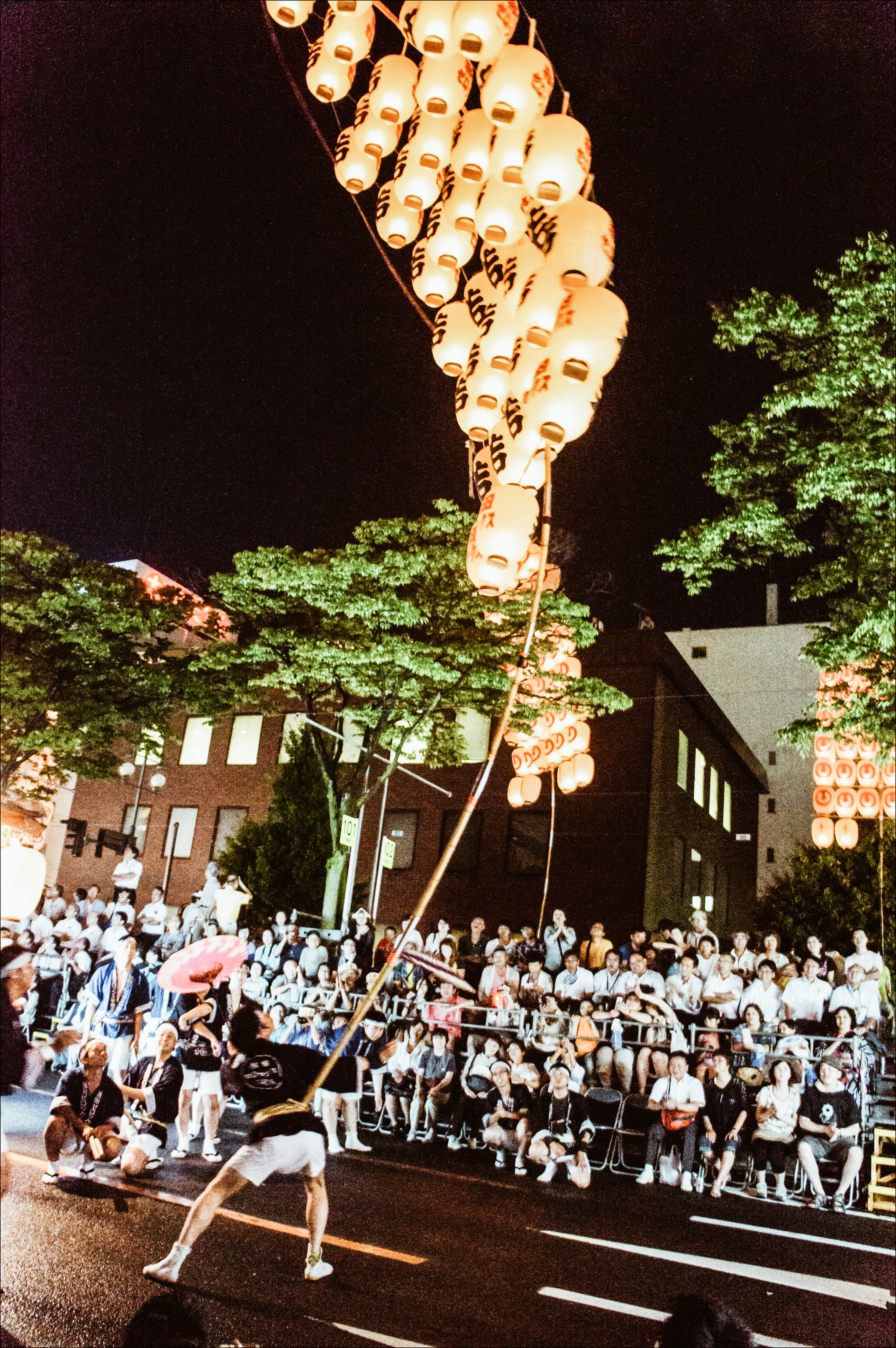

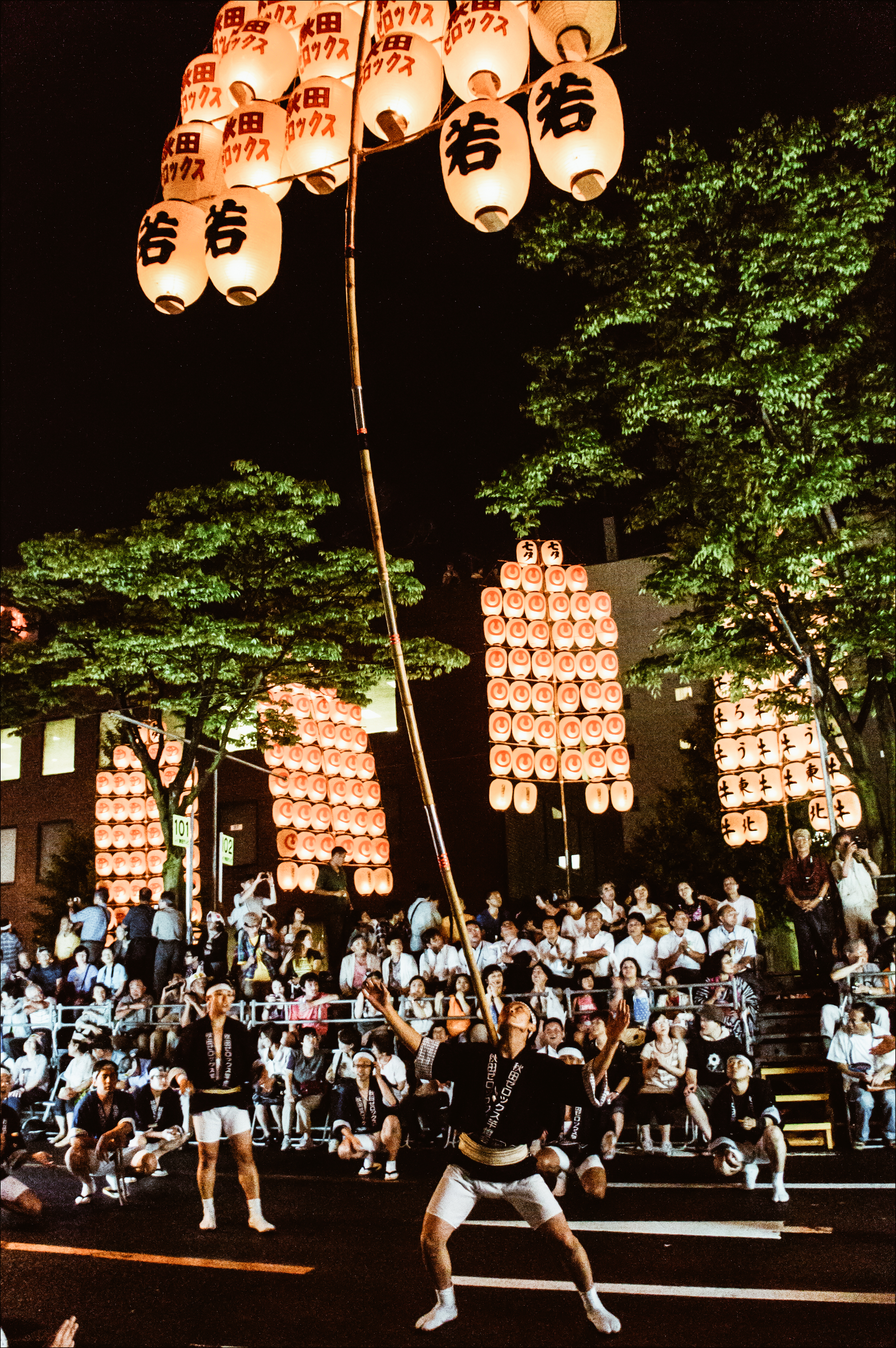
photo credits: Laura Tomàs Avellana
Nagashi
The artists hold the Kantō in the palm of their hands and balance it with their fingers. In this way, other artists can add Tsugitake
Hirate (hand)
The artists hold the Kantō still higher in the palm of his hand
Koshi (hips)
Kantō is held by the fingers. Later moved to the palm of the hand and then to the side. The artist bends sideways and balances with his own legs.
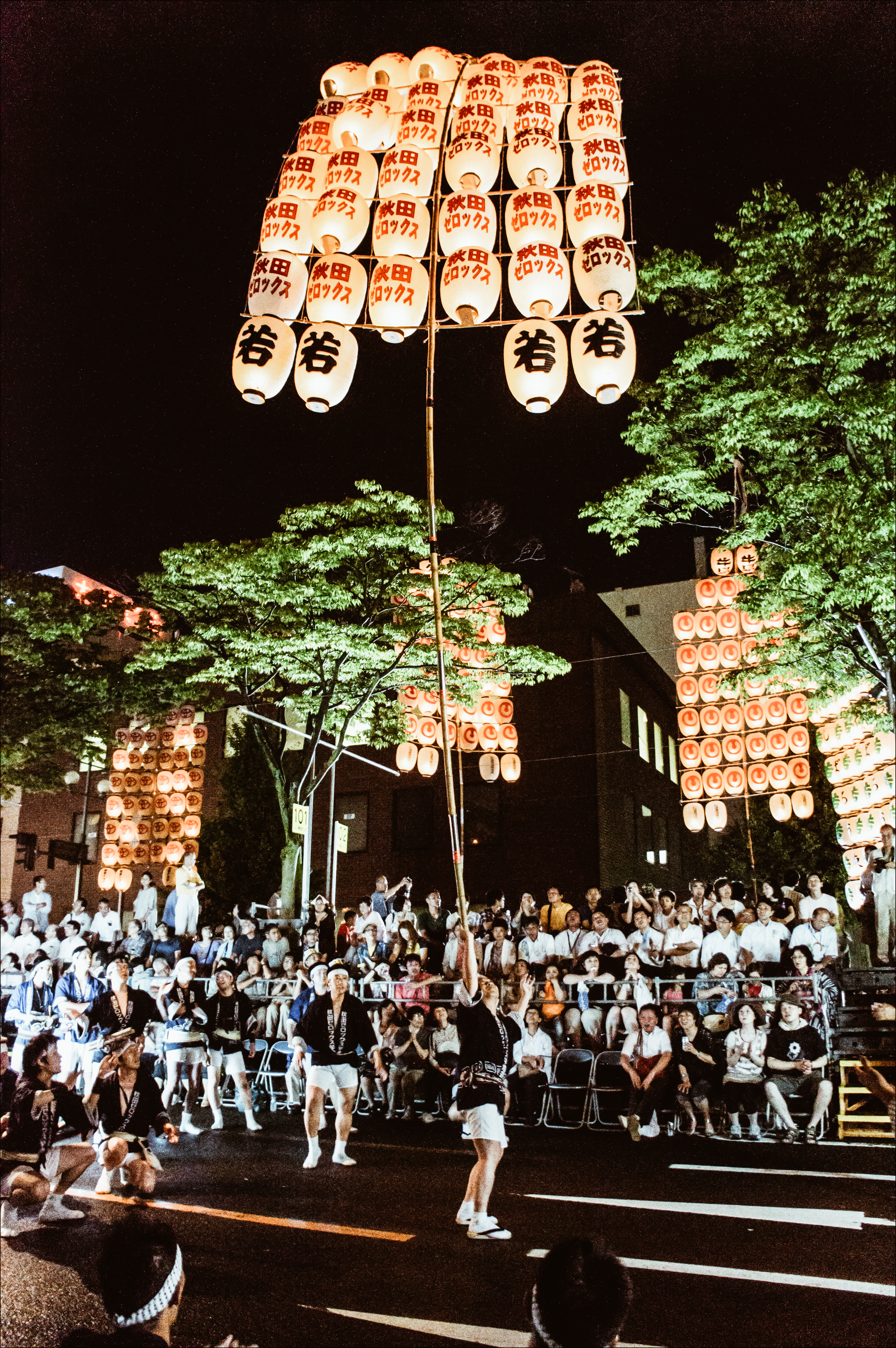
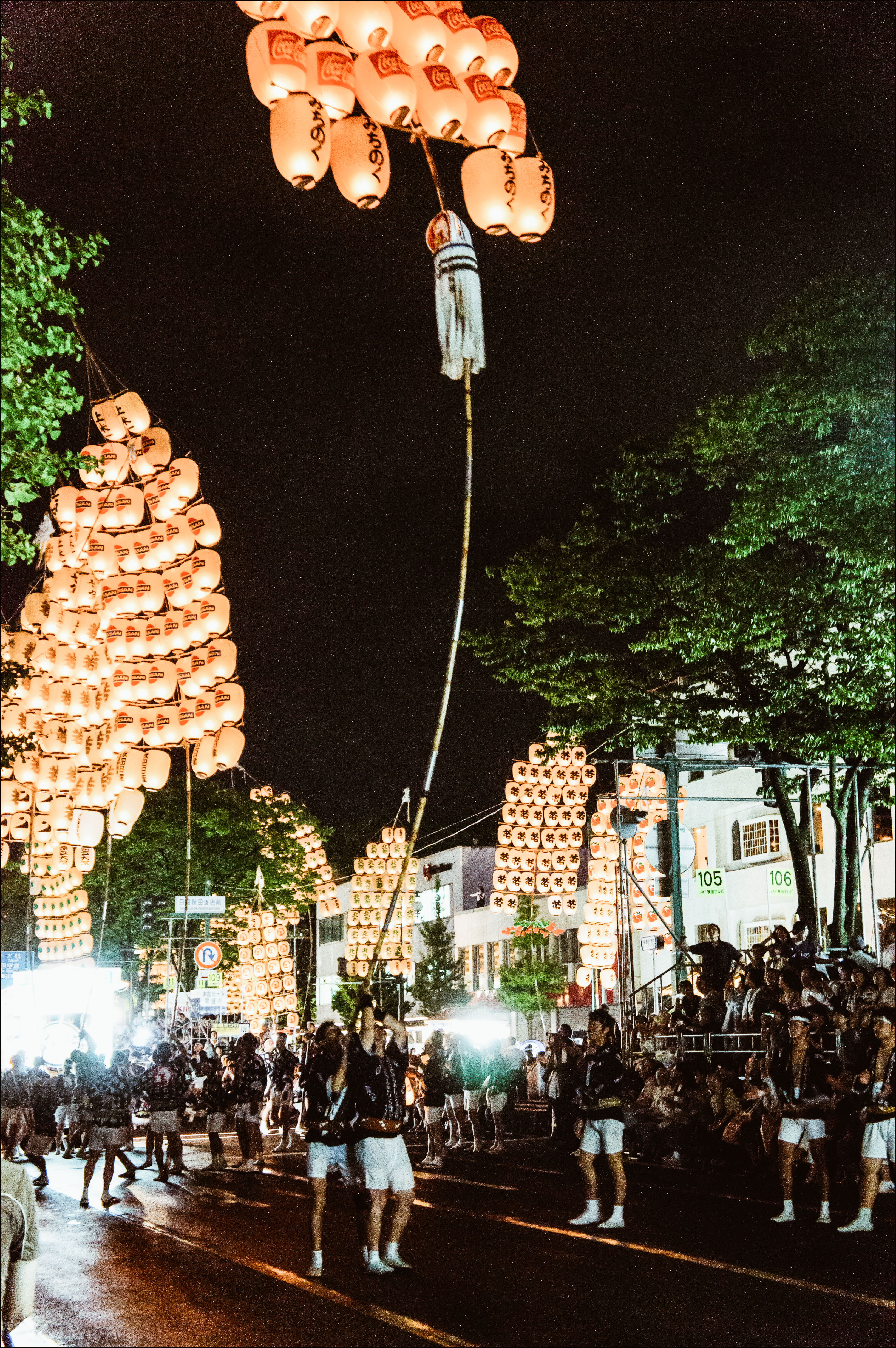

photo credits: Laura Tomàs Avellana
Kata (shoulder)
The artists hold the Kantō in the palm of their dominant hand and form a starting line from the leg to the Kantō, raising it even higher.
Hitai (forehead)
The artist holds the Kantō with his fingers and then moves it to the palm, then on the forehead.
During the day there are also competitions to test these skills, the Myogikai. The aim is not only to show their skills but also to study those of the other participants to learn new techniques.
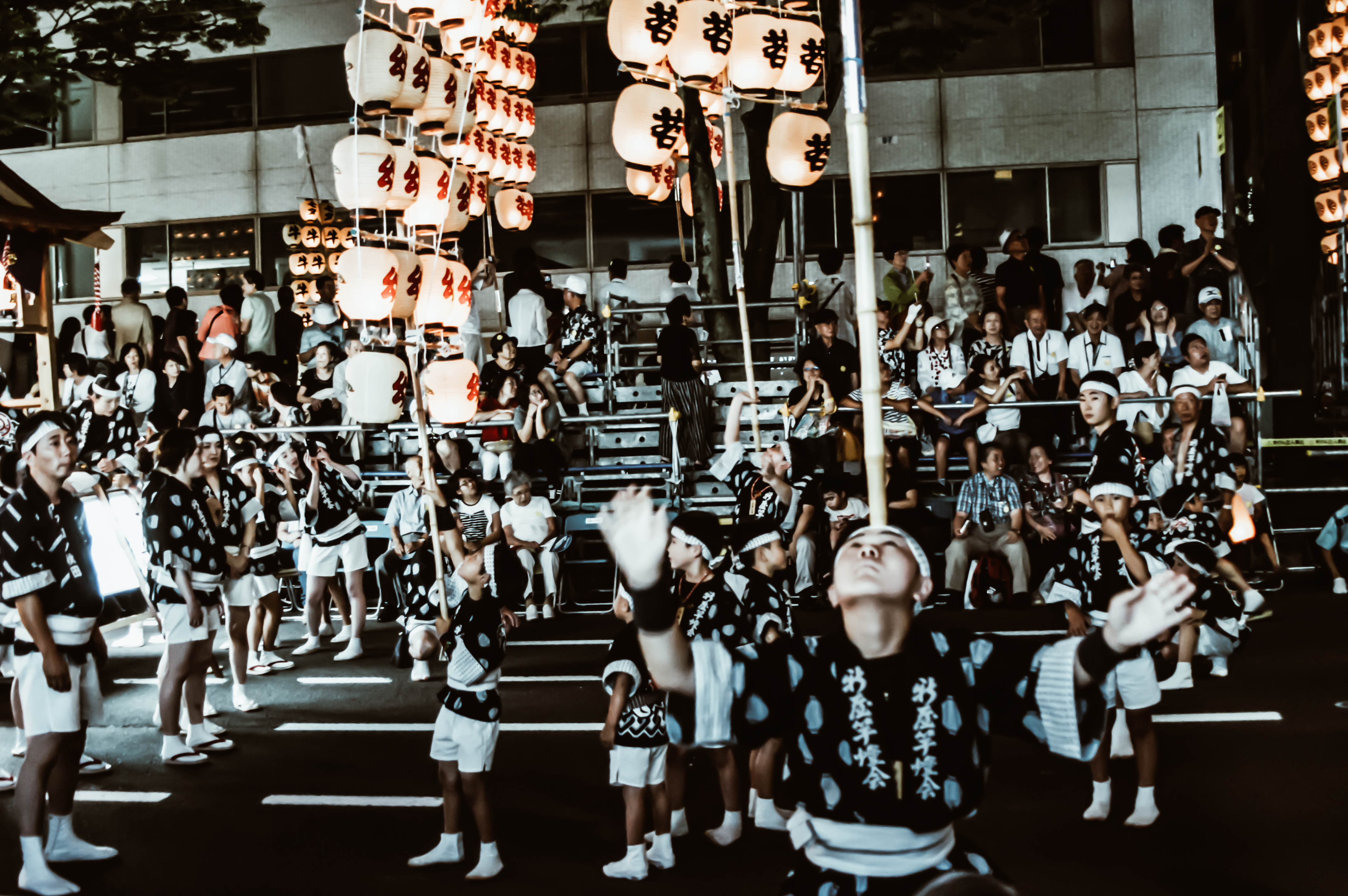

photo credits: foxeight
The Akita Kantō today
The date of the festival has been changed three times. It is currently held from 3 to 6 August each year.
The evening performance of the Akita Kantō is the main one and is held at the Kanto Oodori, one of the main streets of Akita. Here the purpose of the performers is not to compete with each other, but to entertain visitors by showing their skills and illuminating Kanto. More than 230 are raised at the same time to the sound of taiko music and flutes.


photo credits: foxeight
A unique experience of its kind that is worth living in full, as soon as you have the chance.
Luxury Ryokans in Tokyo, Kyoto & Osaka
Finding the ideal hotel is not at all difficult in Japan, especially if you want to stay in a Ryokan! Modernity will always give you unforgettable experiences, but you can also immerse yourself in the rhythm of the countryside.
Tokyo is an amazing city, always on the move and full of wonders to explore. However, if you want to regenerate your soul for a few days around the big metropolis, then the ryokan are what you are looking for!
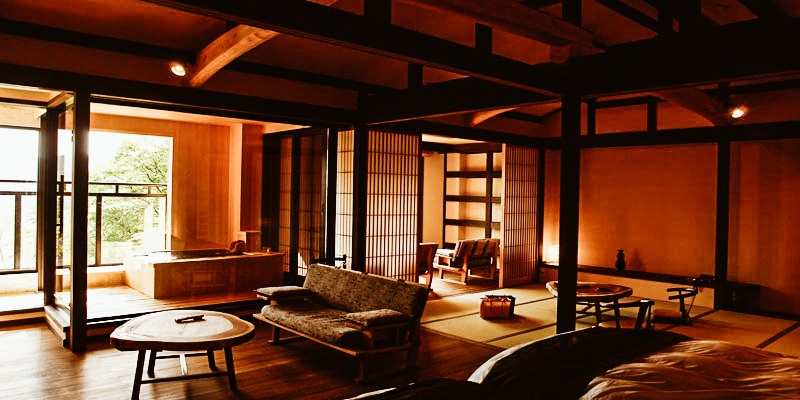
photo credits: gorahanaougi.com
When time stops
The ryokan (旅館) is nothing more than a hotel with very few rooms whose style has remained unchanged since the Edo era. From the well-kept aesthetics, in these traditional hotels there is always a garden visible from any point of the washitsu (和室). In this typical essential Japanese room we find the tokonoma (床の間). It’s a small closed and raised window in which we find Japanese parchments, called emakimono, ikebana and bonsai. Here, the floor is strictly composed of tatami (畳), above which lies the futon (布団, literally "rolled mattress"). The only traces of modernity are given by the presence of air conditioning, television and telephone.
Guests of the ryokans are entrusted to the care of an old maid. The latter welcomes visitors by serving them welcome tea, collects orders and accompanies them to the Osen (thermal bath) or Ofuro (bathing in hinoki wooden tubs).
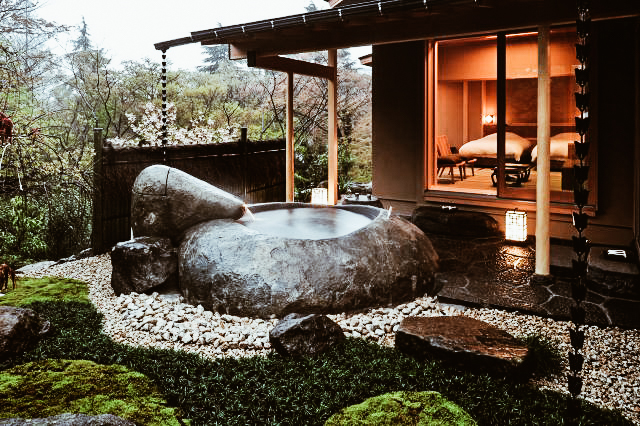
photo credits: gorakadan.com
The Ryokans are scattered a little throughout Japan, especially in the inland areas. However, today we will limit ourselves to those that can be reached more easily, located between Tokyo, Kyoto and Osaka!
Ryokan of the Hakone region
The Hakone region is located along Tokaido, the historic streets of the Edo period and is perfect if you want to move comfortably between Tokyo, Kyoto and Osaka. Moreover, if like me you are madly in love with Mount Fuji, the ryokans that I am about to present offer a breathtaking view!
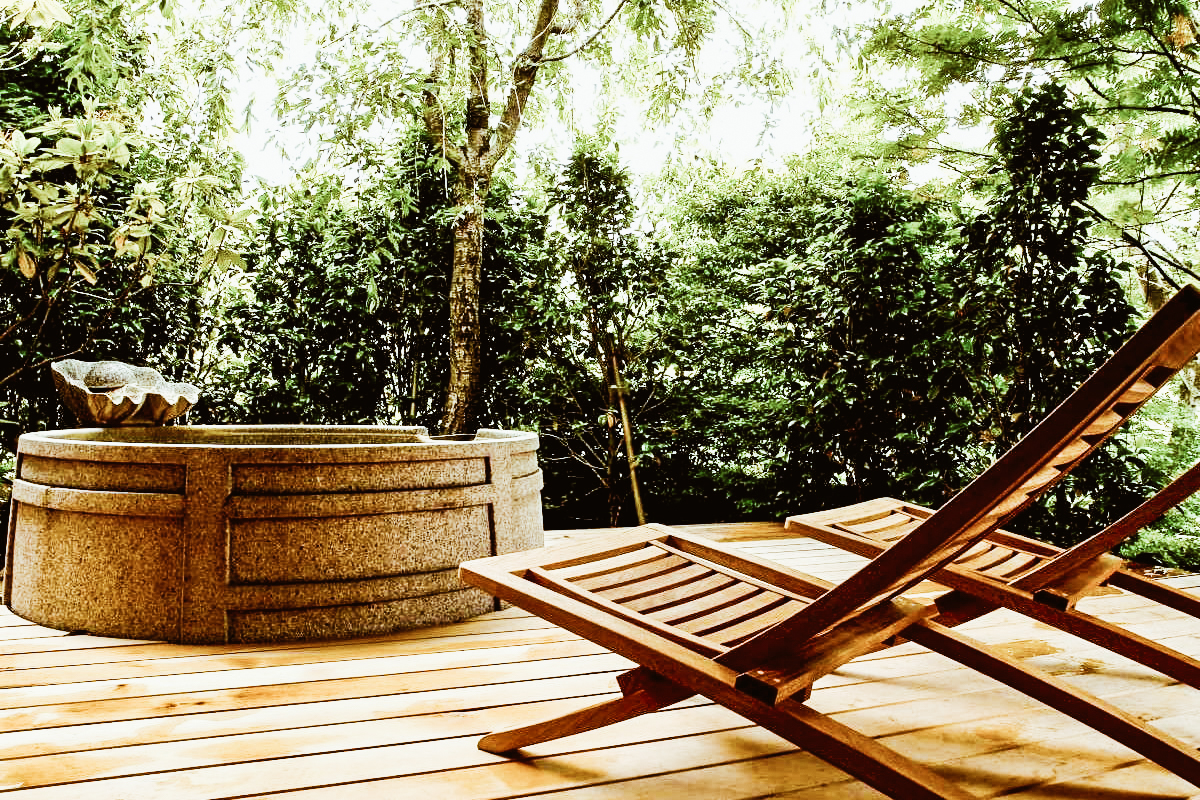
photo credits: yado-resort.com
The first ryokan is the GORA HANAOUGI in the most famous area of Hakone and surrounded by a beautiful natural landscape.
Address: 1300-681 Gora, Hakone-machi, Ashigara-shimogun, Kanagawa 〒250-0408
Phone: + 81-460-87-7715
Website: https://gorahanaougi.com/

photo credits: kiwicollection.com
The second ryokan is the GORA KADAN which stands on the grounds of Villa Kan’in-no-miya, the former summer villa of a member of the imperial family in the city of Gora in Hakone.
Address: 1300 Gora, Hakone-machi, Ashigarashimo-gun, Kanagawa, 〒250-0408
Phone: +81-460-82-3331
Website: https://www.gorakadan.com/
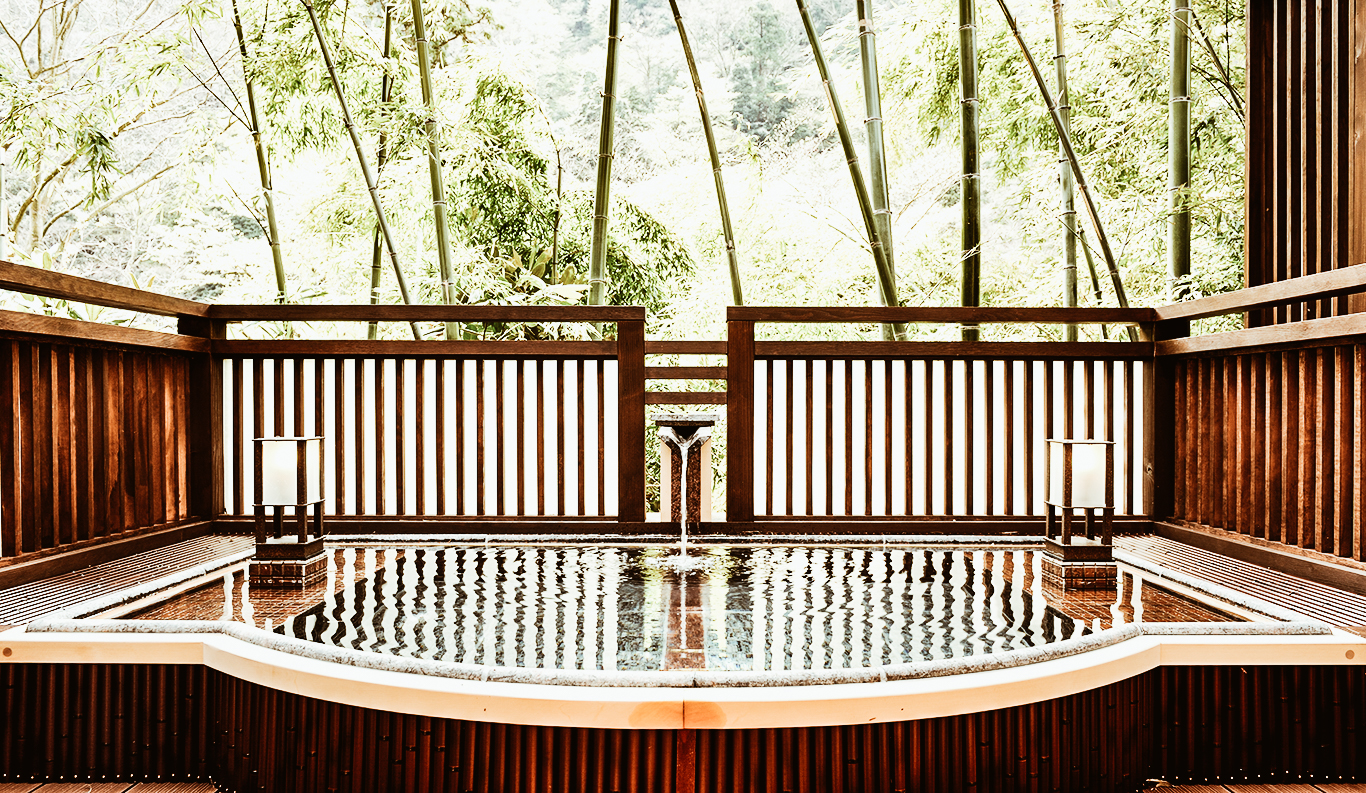
photo credits: ryokancollection.com
Finally the splendid YAMA-NO-CHAYA that rises in a bamboo grove through a suspension bridge.
Address: Tounosawa, Hakonemachi, Ashigarashimo-gun, Kanagawa, 〒250-0315
Phone: +81-460-85-5493
Website: https://luxury-ryokan.com/
The Ryokan of the Izu Peninsula
The Izu Peninsula is located south of the Hakone region and Mount Fuji. Being less known than the Hakone region, it is a slightly less touristy destination, but one that will not disappoint you!
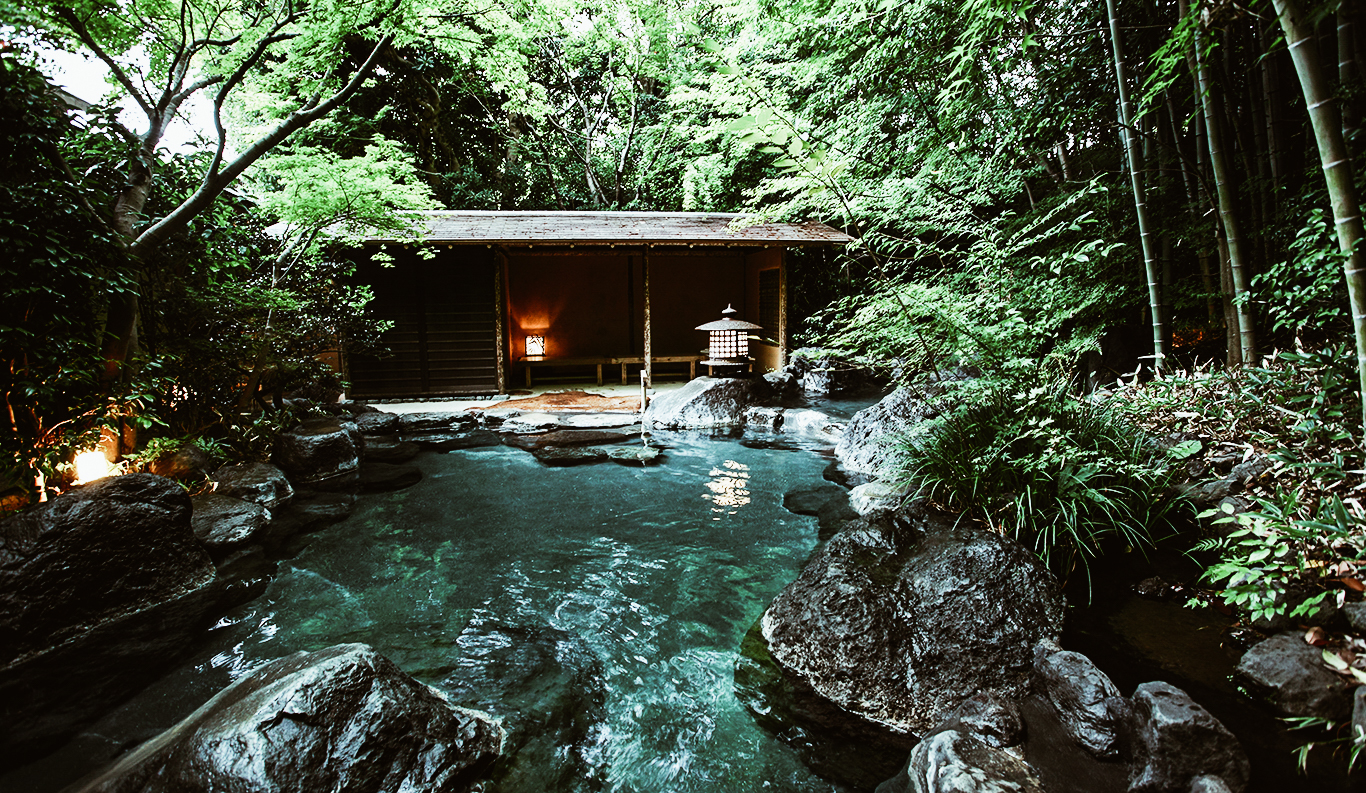
photo credits: ryokancollection.com
For this area I selected the YAGYU NO SHO, a ryokan where traditional cuisine, baths, hospitality and Japanese architecture blend together.
Address:1116-6 Shuzenji, Izu, Shizuoka 410-2416
Phone: +81-558-72-4126
Website: https://www.yagyu-no-sho.com
Ryokan between the Sea of Japan and the Alps
In the Chubu region, between the Sea of Japan and the Japanese Alps there are two areas of extraordinary beauty. We are talking about Hokuriku and Hida, about 3/4 hours away from Tokyo with the Shinkansen. Are you ready to immerse yourself in the generosity of nature?
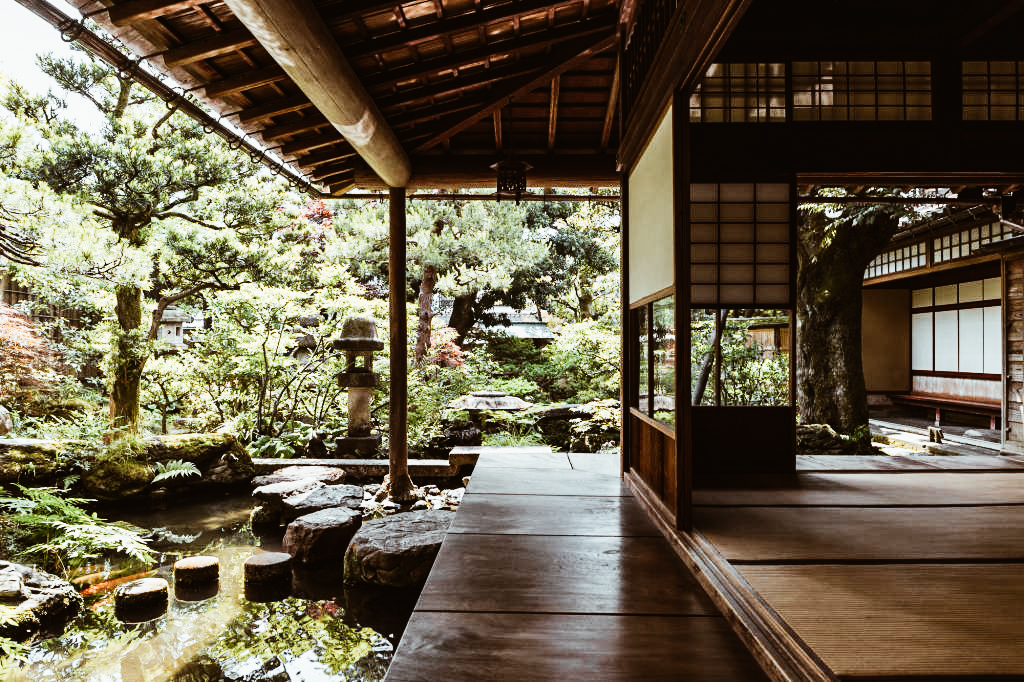
photo credits: japanish.tours
BENIYA MUKAYU is a place where everything that you have always considered useless, will acquire great value. A place where your mind will finally be stripped and you will find the peace you have been looking for so long.
Address: 55-1-3 Yamashiro Onsen, Kaga, Ishikawa, 922-0242
Phone:+81-(0)761-77-1340
Website: http://mukayu.com
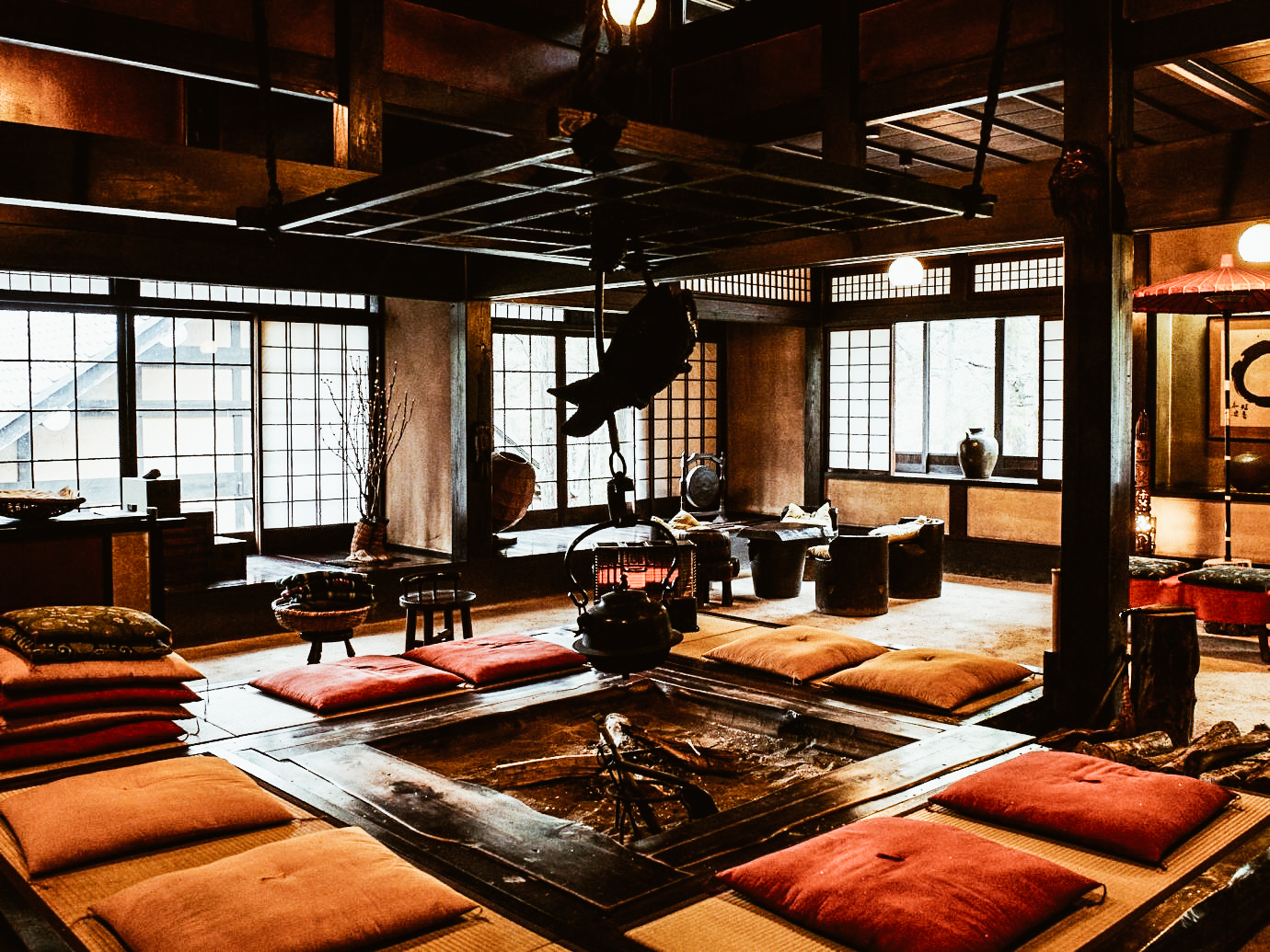
photo credits: jetsetter.com
WANOSATO absolutely deserves our attention. Located in the heart of Gifu prefecture, near Hida-Takayama, it offers the opportunity to live a unique experience, immersed in nature, in tradition and tranquility.
Address: 1682 Ichinomiyamachi, Takayama, Gifu 509-3505,
Phone: +81 577-53-2321
Website: http://www.wanosato.com
Don’t you feel that strong desire to run away from everyday life and take refuge in one of these magnificent traditional hotels? I do. I would leave in this very moment and let myself be pampered by the scents and sounds of my beloved Japan.

photo credits: Masa Angenieux
Discovering the wonders of Okinawa
The Okinawa Islands form the main group of the Japanese Ryūkyū archipelago. They include the homonymous island together with other minor ones and are part of the Okinawa prefecture whose capital is Naha.
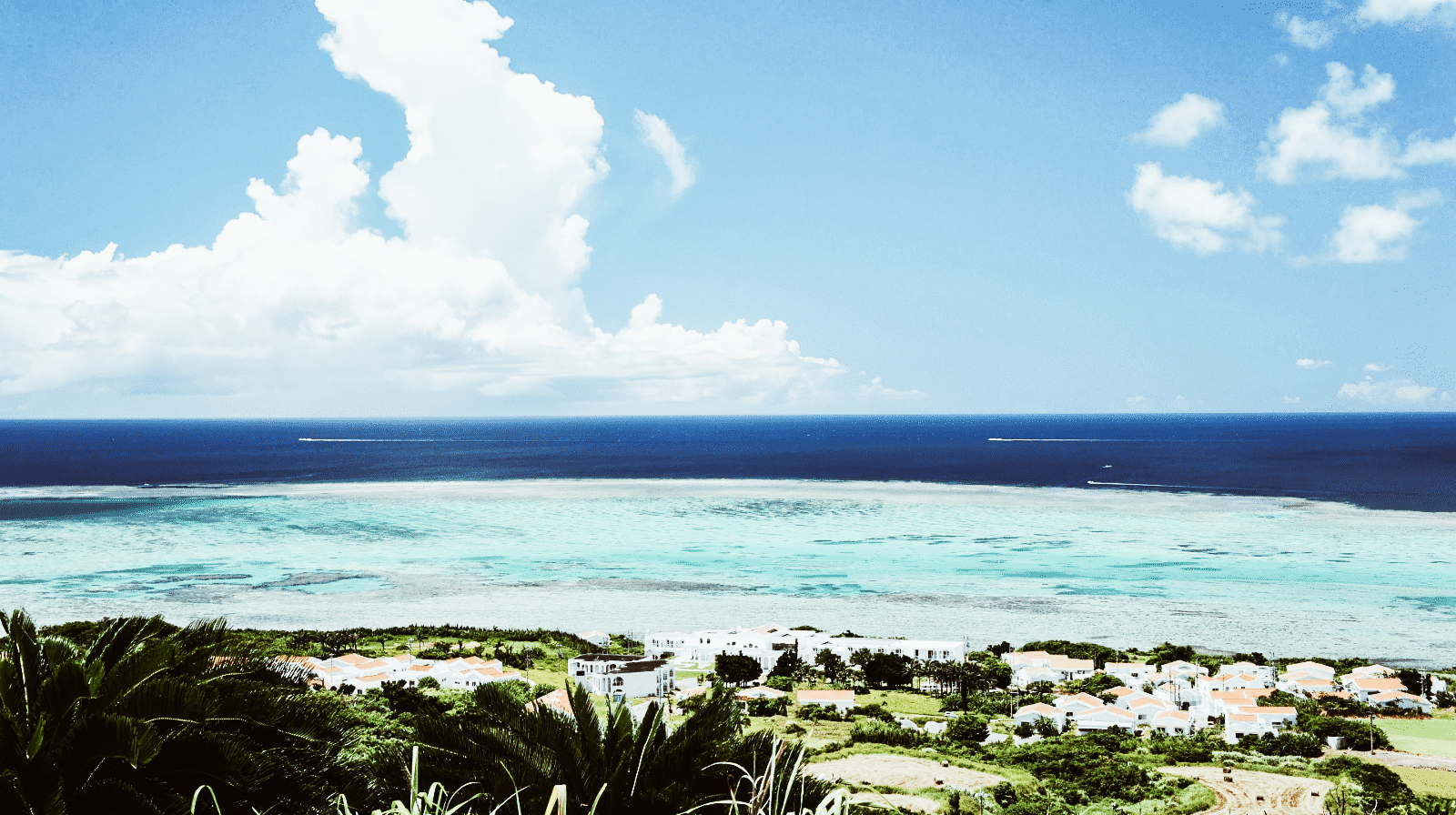
photo credits: jw-webmagazine.com
The famous martial art of karate comes from Okinawa. This is an art created following the fusion of Chinese martial arts with the Okinawa-te (then subdivided into Naha-te, Shuri-te and Tomari-te).
Also, the island of Okinawa is the largest in the archipelago and is the 287th largest island in the world. The subtropical climate of these islands supports a dense rainforest, maintained by the monsoon season that occurs in late spring.
Okinawa has many landmarks, perhaps too many. It is a destination that cannot be missed in our Japanese travel itinerary. Here we wanted to collect what we think are the best locations to visit. However, our advice is to dedicate as much time as possible to this islands, also called Japanese Polynesia.
Shuri Castle
Shuri was the ancient capital of the Ryukyu kingdom and the castle was the administrative centre and residence of the royal family. Shuri Castle (Shuri-jo) is located on a small hill overlooking Naha. The original structure was destroyed during the Second World War and later rebuilt. The area was reopened to the public in 1992 on the occasion of the 20th anniversary of the return of Okinawa to Japan by the USA.
Today the castle is part of the UNESCO World Heritage Site.
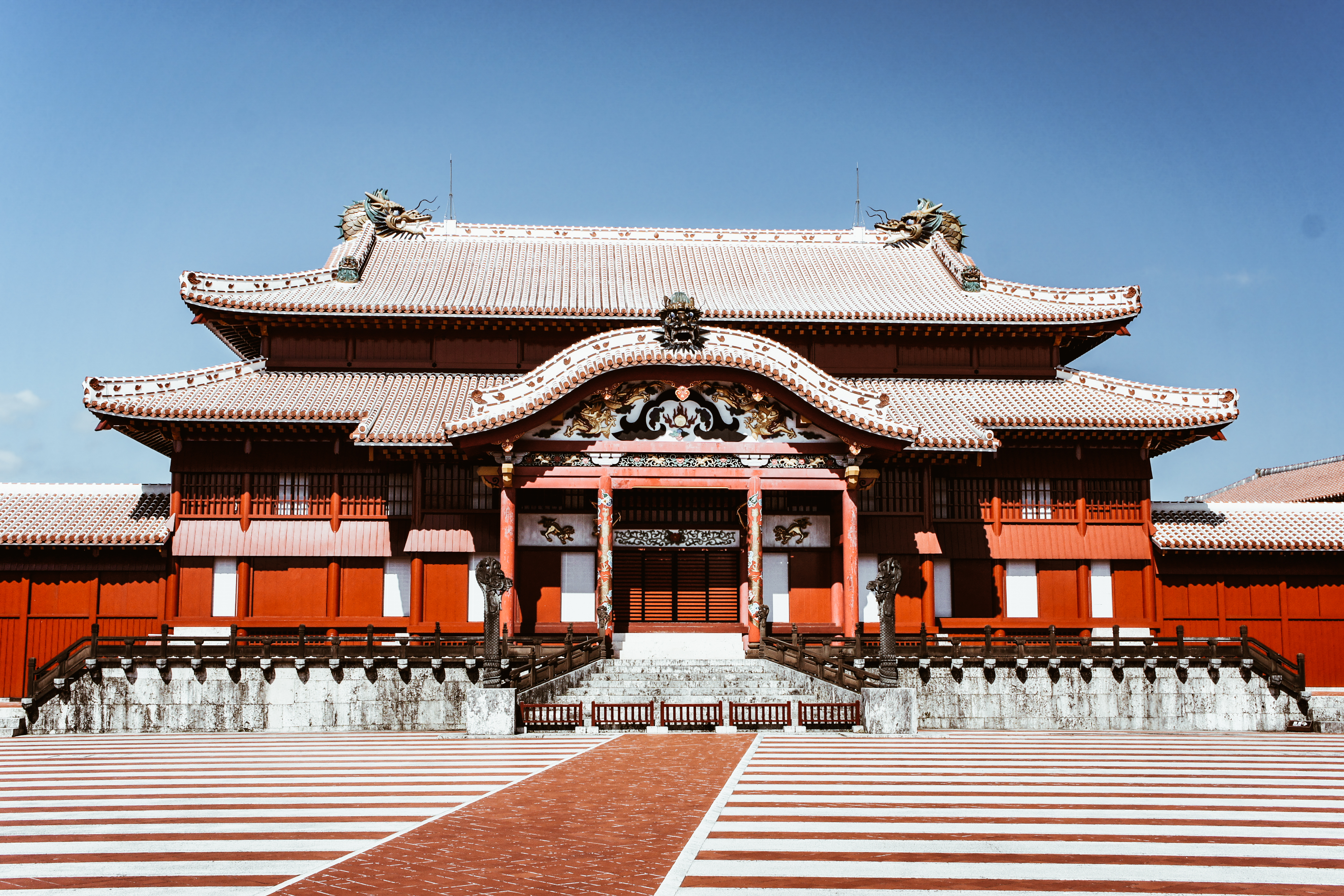
photo credits: wikipedia.org
Seminational park of Okinawa Senseki
This is the place where the famous battle of Okinawa took place during the Second World War, the park is dedicated to the approximately 200,000 victims of the conflicts. Of particular importance are the Memorial Museum of Peace with several pieces that refer to the war. We remember in fact the objects of the fallen, their photos during the war of Okinawa and the Cornerstone of Peace with all the names of the fallen. On June 23 in 1945 the Japanese army stopped resisting. This is the day on which the commemorative ceremony for the war dead is held every year.
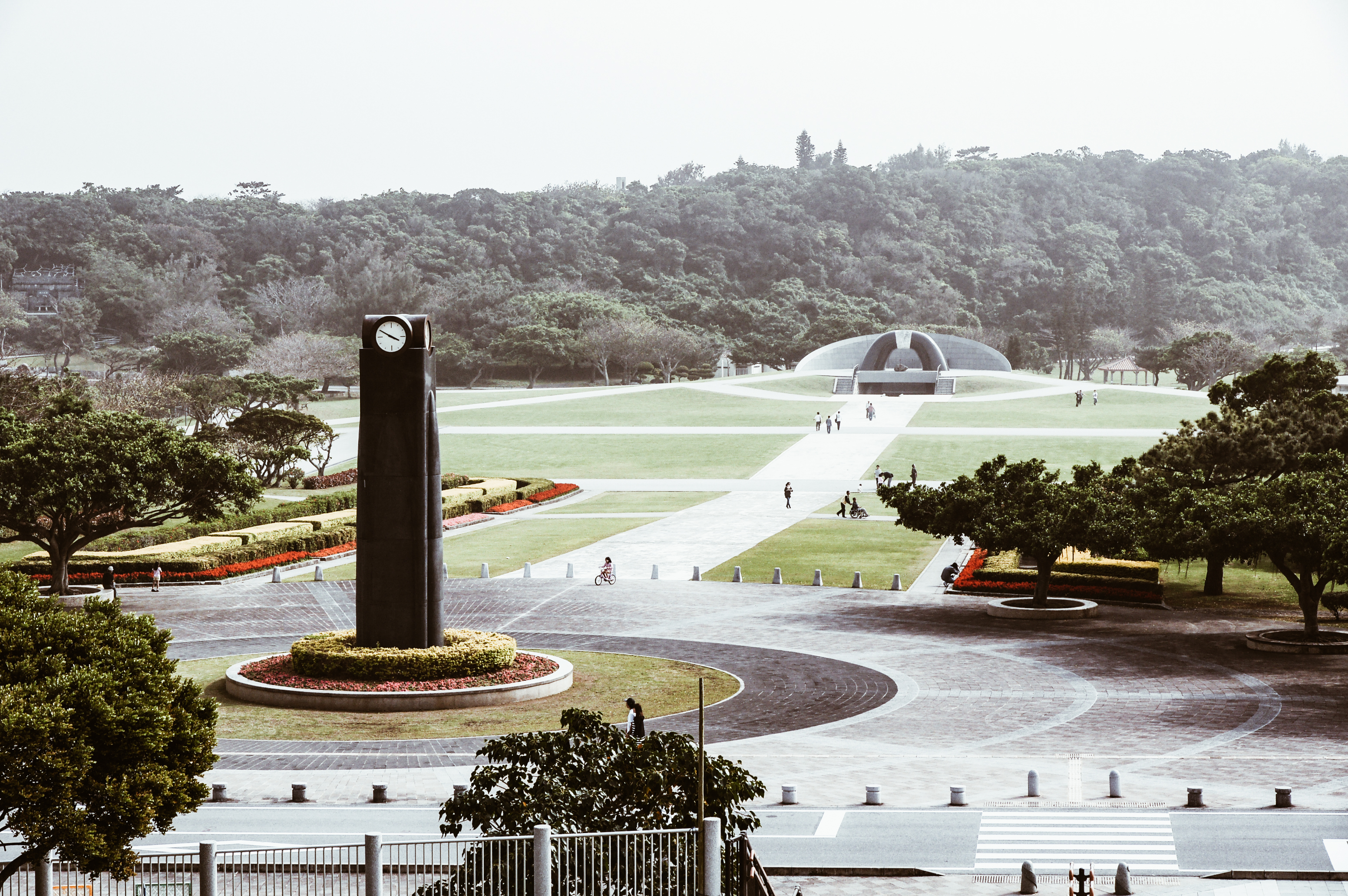
photo credits: wikipedia.org
Sefa Utaki
Sefa Utaki is an important sacred place for Okinawan religion located on Kudaka Island. It is located on a hill with rock formations connected by pedestrian paths. The English translation of the word Sefa-utaki is "purified place of Utaki". This site is also part of the UNESCO World Heritage.

photo credits: japan-guide.com
Shikinaen Garden
The Shikinaen garden was built at the end of the 18th century and was the second residence of the kings of Ryukyu. Here you can find wooden buildings in Okinawan style, with red tiles and a central pond.

photo credits: giapponepertutti.it
Tamaudun Mausoleum
The Tamaudun mausoleum was built around the beginning of the 16th century for the royal family of the Ryukyu Kingdom. It was restored after suffering serious damage during the war and is now a UNESCO World Heritage Site.

photo credits: sobre-japon.com
Ocean Expo Park
The Ocean Expo Park is a large park on the tip of the Motobu peninsula, in the north of Okinawa Honto. This attraction was built in 1976 to commemorate the Okinawa International Ocean Expo held the previous year. The main attraction of the park is the Churaumi Aquarium, called the most beautiful aquarium in Japan.
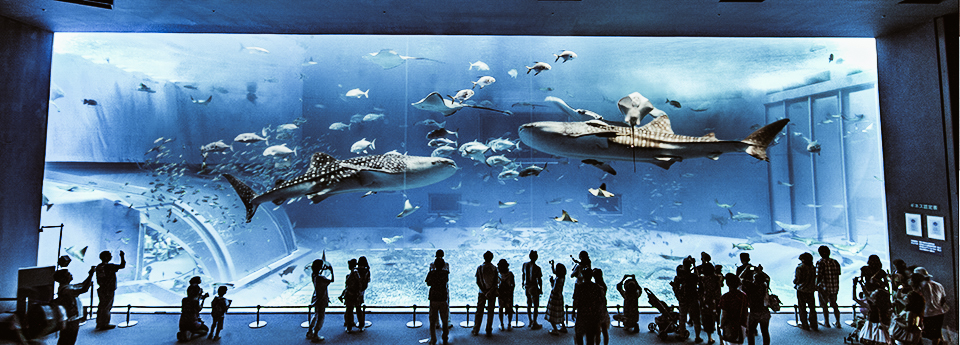
photo credits: worldsciencemuseums.altervista.org
Kokusai Dori
Kokusaidori (literally "International Road") is the main road that extends for about two kilometres through the centre of Naha. The street is named after the previous "Ernie Pyle International Theater", a cinema built along the road after the war.

photo credits: japan-guide.com
Hiji waterfall
The Hiji waterfall is located in Yambaru Honto, in the northern part of Okinawa. Here the population density is very low and most of the territory is covered by natural forests. The waterfall can be accessed via a hike along a path through the forest. However, the trail was damaged by a typhoon in 2012 but reopened in April 2013.
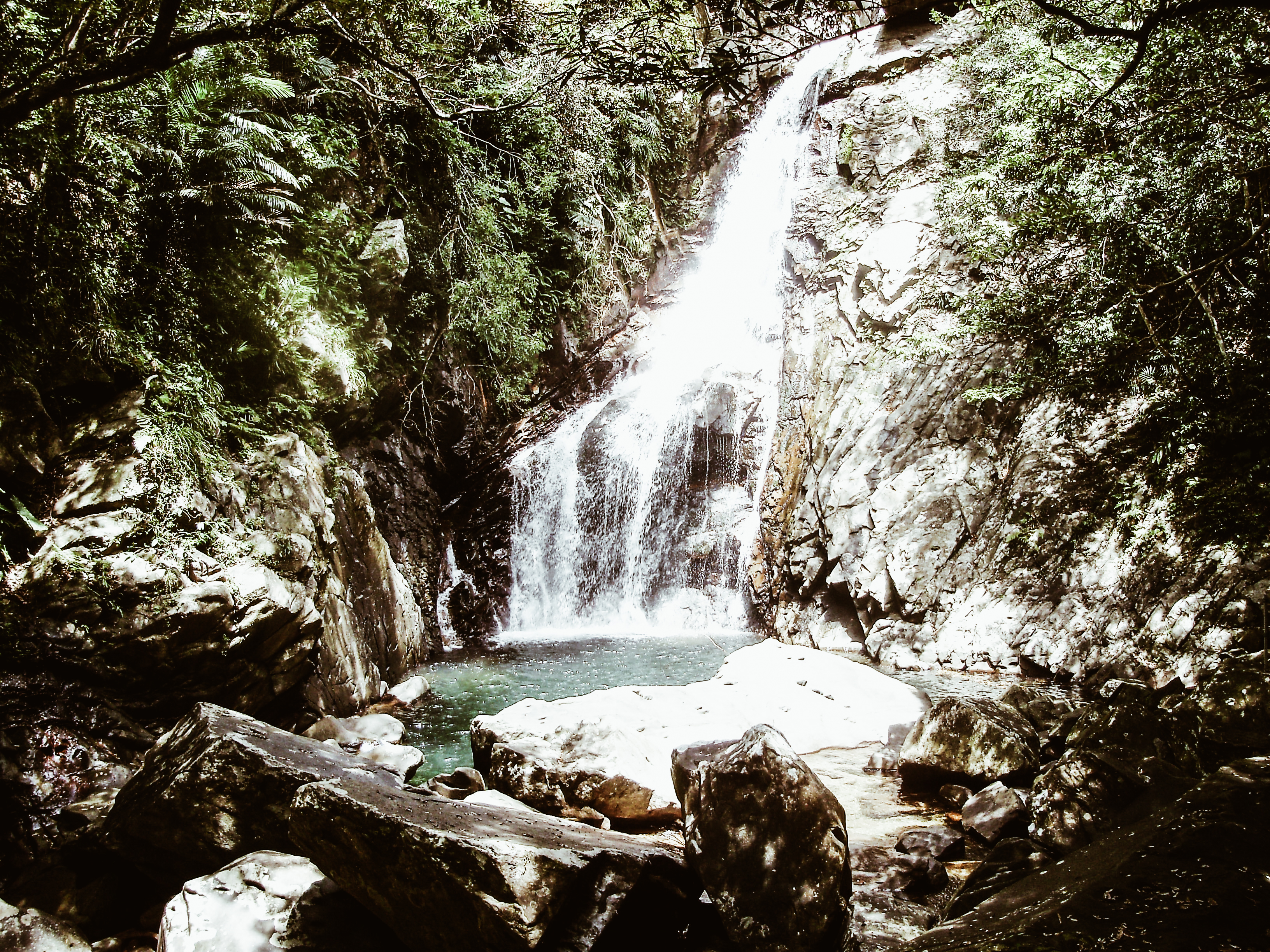
photo credits: ilgiappone.wordpress.com
Ruins of the Nakagusuku, Katsuren and Zakimi castles
Another very interesting destination is the ruins of the Castles of Nakagusuku, Katsuren and Zakimi of which these last two are UNESCO heritage.
The first stands 150 meters above sea level and was originally built by the Aji clan in the 14th century. Later, Gosamaru extended it in the 15th century before finally falling into the hands of Awamari-san. This castle today is part of the UMA.

photo credits: travel.sygic.com
Katsuren Castle, on the other hand, was owned by Awamari-san. In the fifteenth century, he put real power in serious difficulty because of his rebellious character and his military conquests.
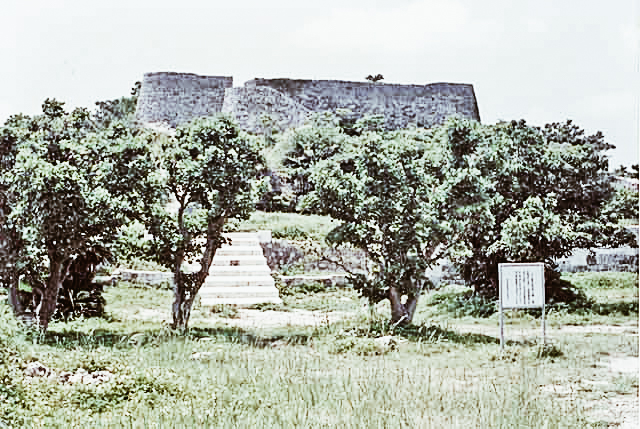
photo credits: it.depositphotos.com
Zakimi Castle was built in the fifteenth century by the legendary warrior Gosamaru. Known for its military constructions, this castle is the first example of a stone portal existing on the island of Okinawa.
Mihama American Village
The Mihama American Village is a large entertainment complex located in the centre of Okinawa Honto. Many American military bases are in the area and the entertainment complex is a much sought after diversion for the locals. The Mihama American Village has many shops, restaurants, cafes and ample parking.

photo credits: en.japantravel.com
Okinawa World
Okinawa World is a park dedicated to Okinawan culture. The main attractions of the park are a large natural cave (Gyokusendo), a craft village and a snake museum.

photo credits: city-cost.com
Let's move on to nature because it is true that Okinawa is tradition and history, but it is also a natural paradise to live. There are many dream beaches where you can spend unforgettable moments, but for you, we have chosen the best ones. Tell us what you think of our selection!
The beaches of Okinawa: Manza Beach
The soft sand beach is part of the ANA InterContinental Manza Beach Resort, whose building overlooks the 300 meters of the beach.

photo credits: okinawatravelinfo.com
The beaches of Okinawa: Moon Beach
Moon Beach is a beach located within the grounds of Hotel Moon Beach. The beach stretches for 150 meters and is often very crowded. There is an area reserved for swimmers, umbrellas and volleyball nets.
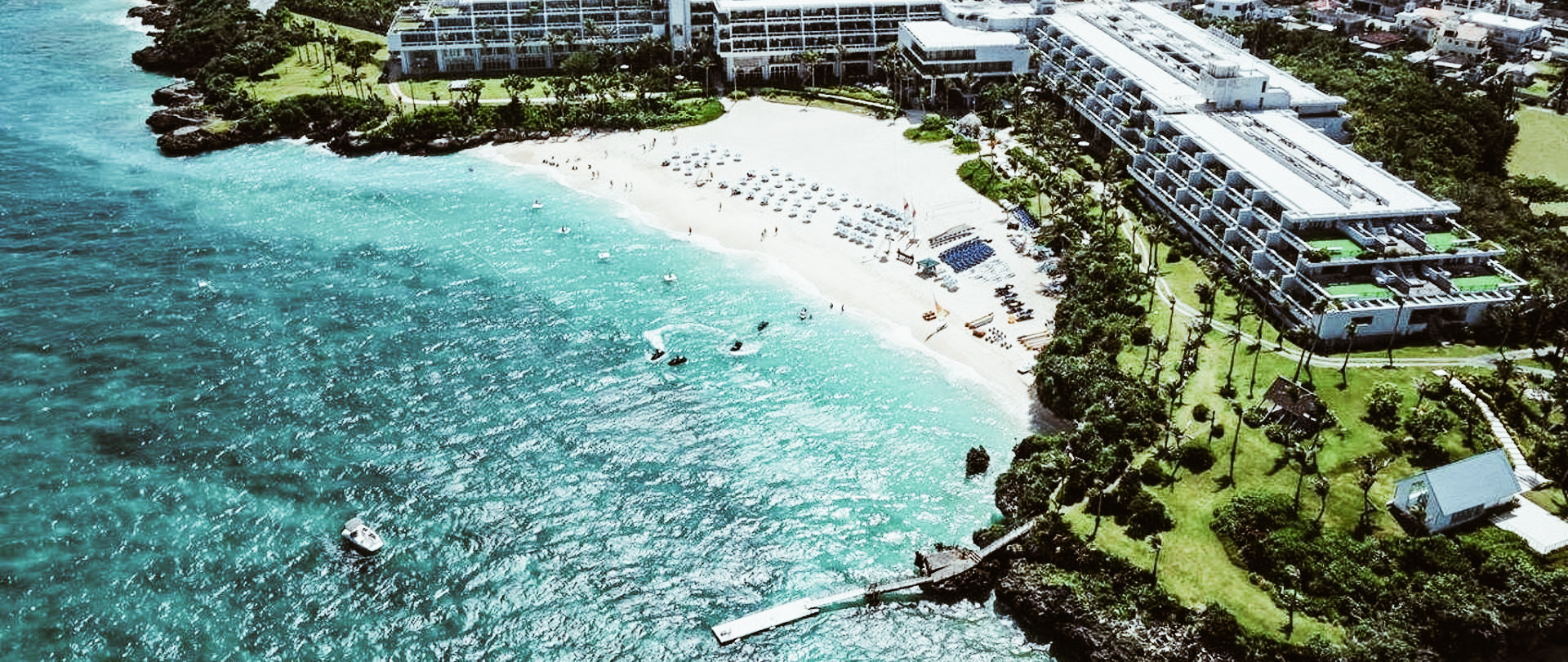
photo credits: hotelmoonbeach.moonhotelsandresorts.com
The beaches of Okinawa: Sunset Beach
Do you want to enjoy sunsets? Then you can't miss Sunset Beach. It is located right next to the Mihama American Village. The beach is about 250 meters long and is located in a small artificial bay on the western shore.
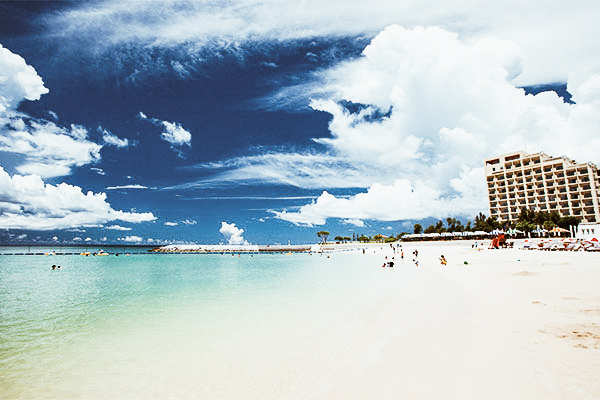
photo credits: oki-islandguide.com
The beaches of Okinawa: Emerald Beach
Emerald Beach is located within the Ocean Expo Park on the Motobu peninsula. The beach is divided into three sectors and each of the three areas is about 150 meters long.

photo credits: okinawatravelinfo.com
The beaches of Okinawa: Okuma Beach
Okuma Beach is a beach located within the JAL Private Resort Okuma. It is located in the north of Okinawa Honto, the least densely populated area. The beach stretches over a kilometre along the coast.
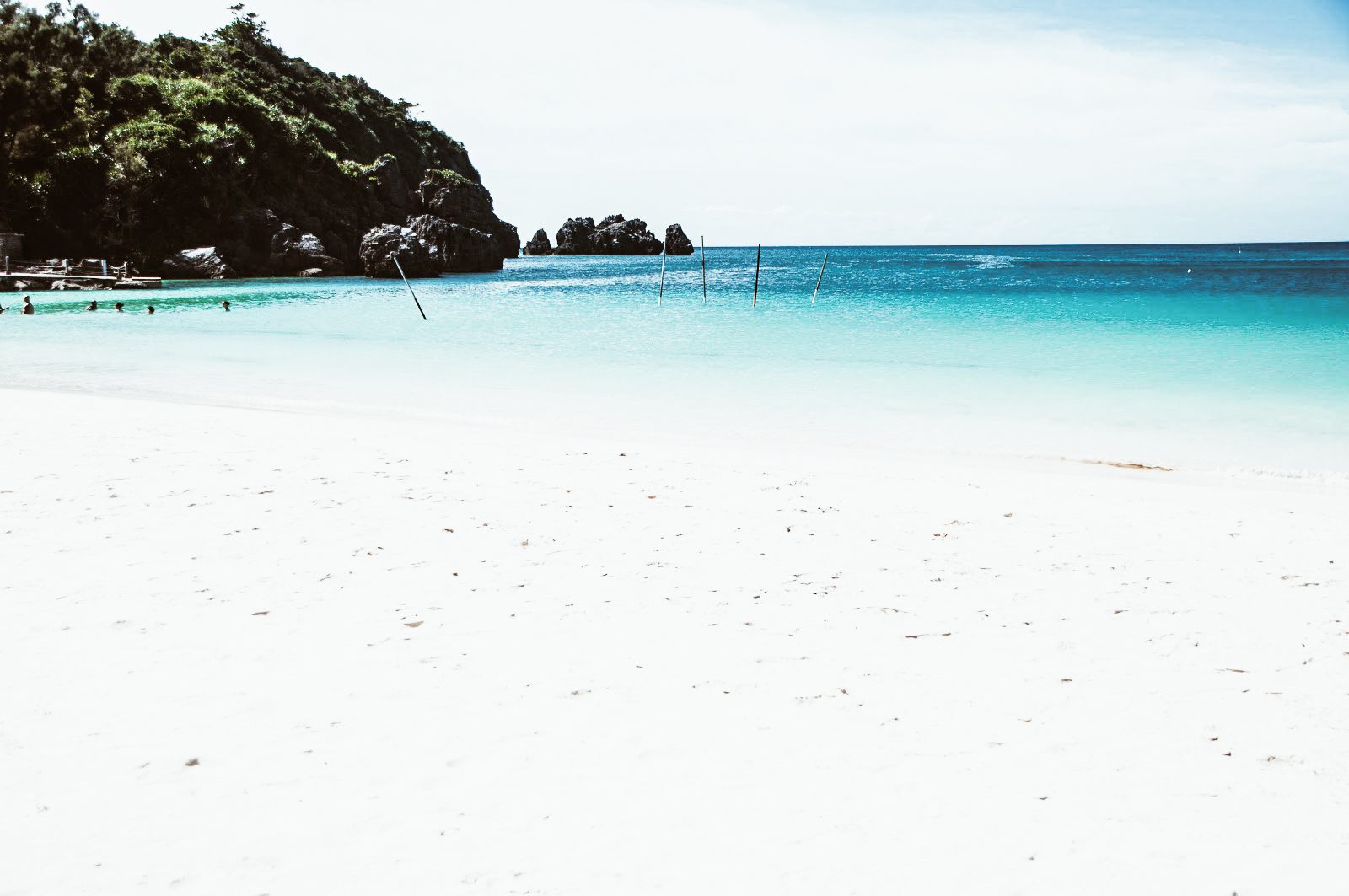
photo credits: marshallsabroad.com
If you really can't leave yet, we want to recommend a movie to enjoy the beauties of Okinawa: Karanukan (カ ー ラ ヌ カ ン). Romantic but with the aim of showing the beauty of this country, the film tells the story of photographer Hikaru Ooyama (GACKT) who decides to visit Okinawa. There, he meets Mami Ishigaki (Suzuka Kimura) and is fascinated by it, so much so that he chooses her as a model. During a photoshoot in the Yaeyama Islands, Hikaru is hit by a beam of light that momentarily causes him to lose consciousness and trace his muse. His life, from that moment on, is dedicated to finding Mami among Okinawa's incredible dream places. If you want to anticipate these magnificent places, Karanukan is the right movie for you.
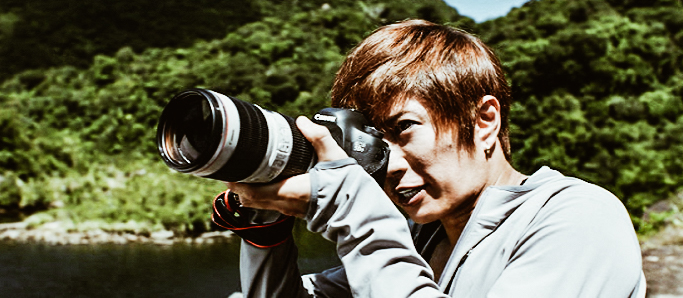
photo credits: gacktitalia.com
Usually, I only write articles of some interest to me, by now you know that I deal with Japanese history, Samurai and Japanese companies in Italy. I travel rarely, but this time passion has spoken for me.
As soon as you have the chance, leave for this wonderful island. You will discover that all the places you have always heard about, all the beaches, all the places you have always dreamed of, all come together here, in Okinawa.







